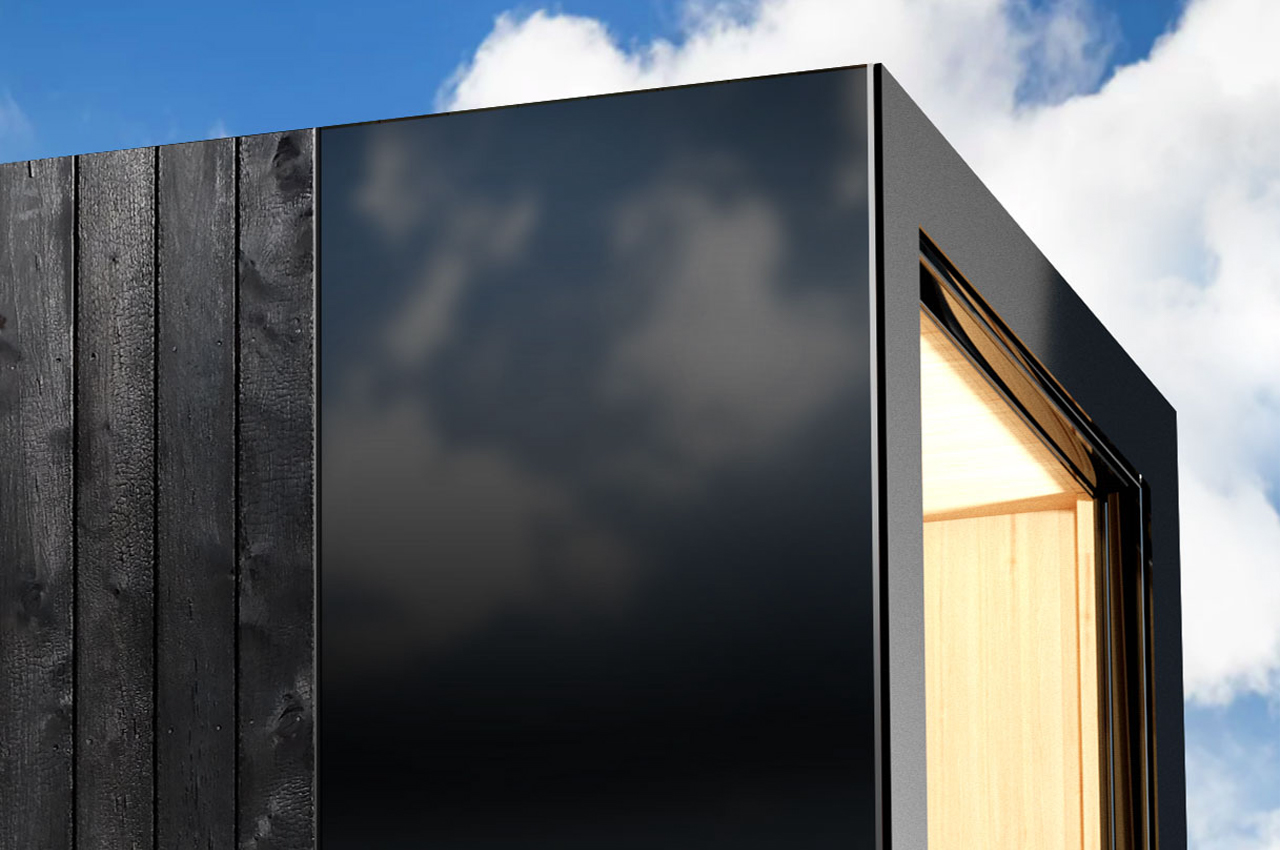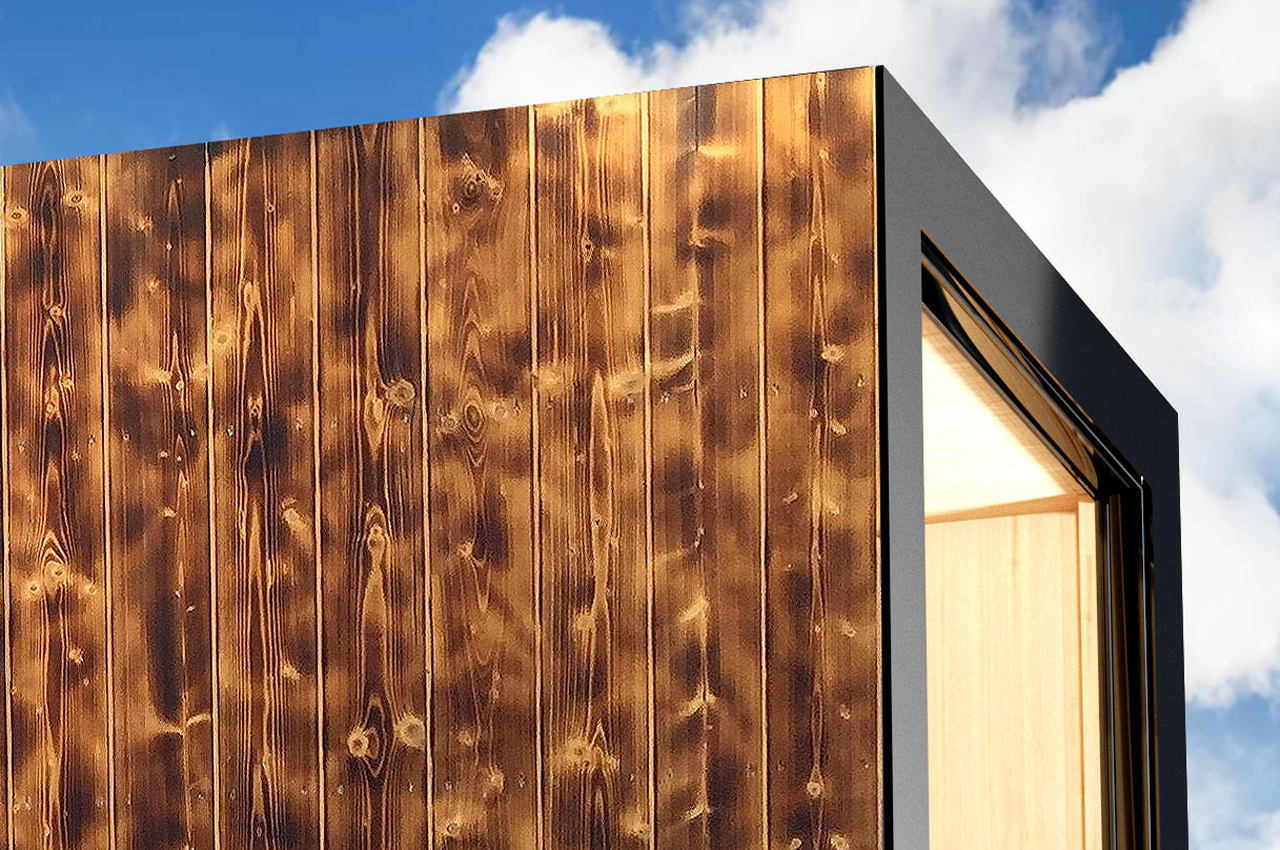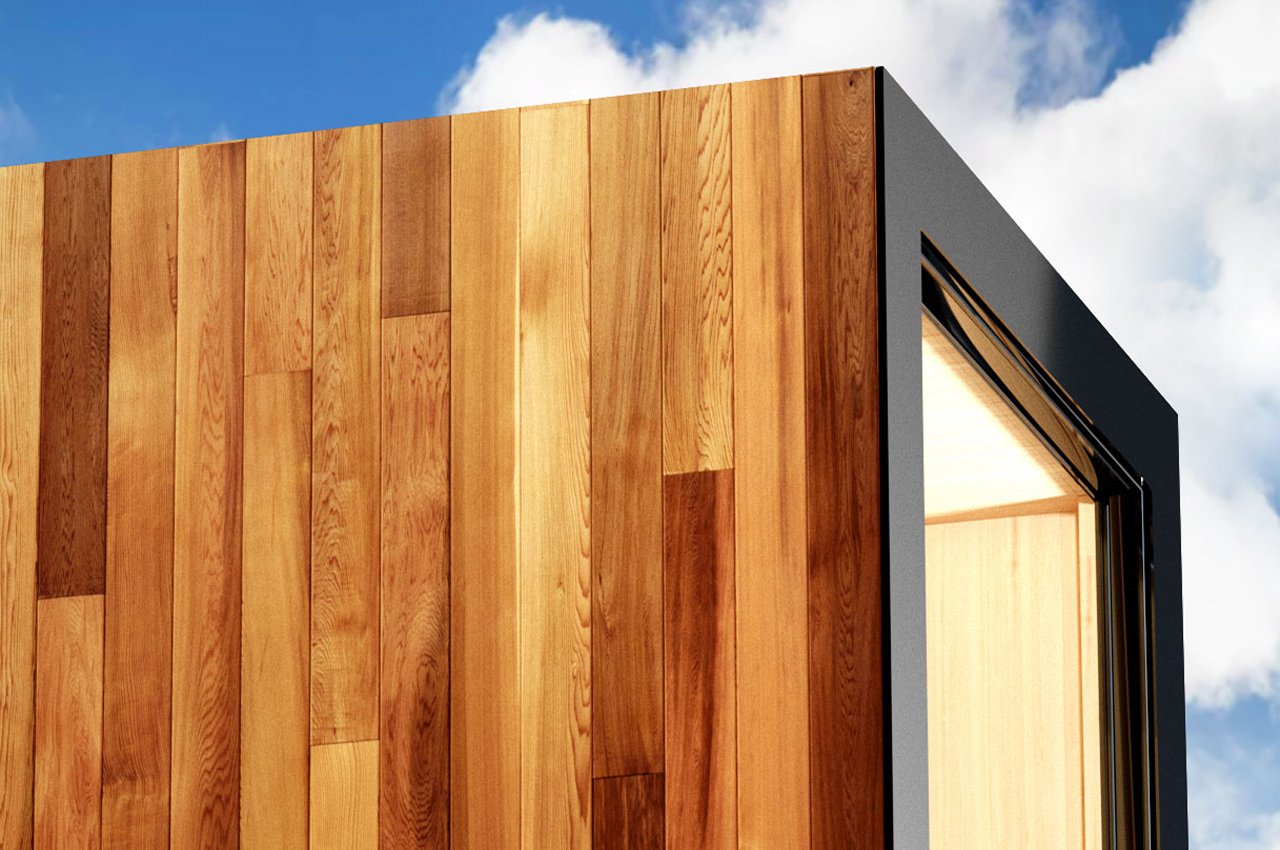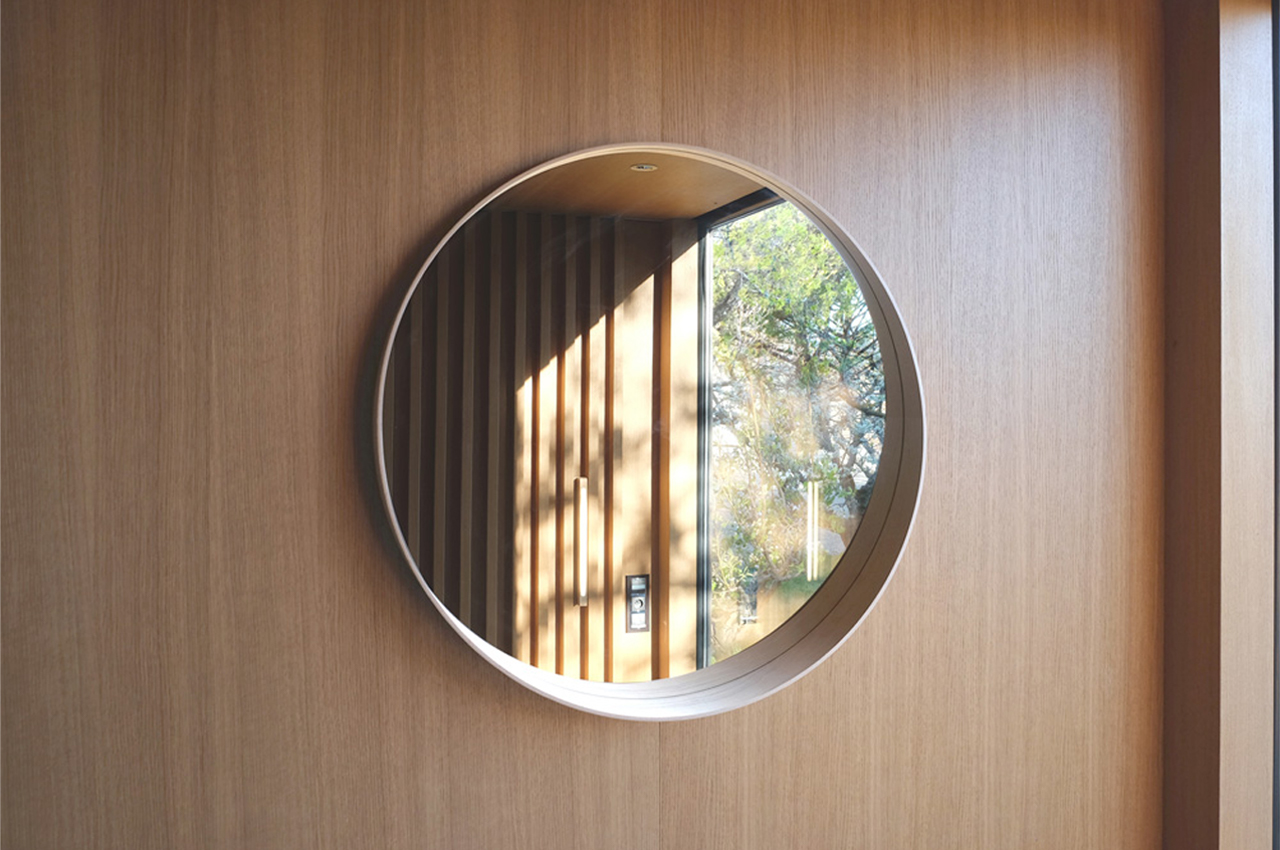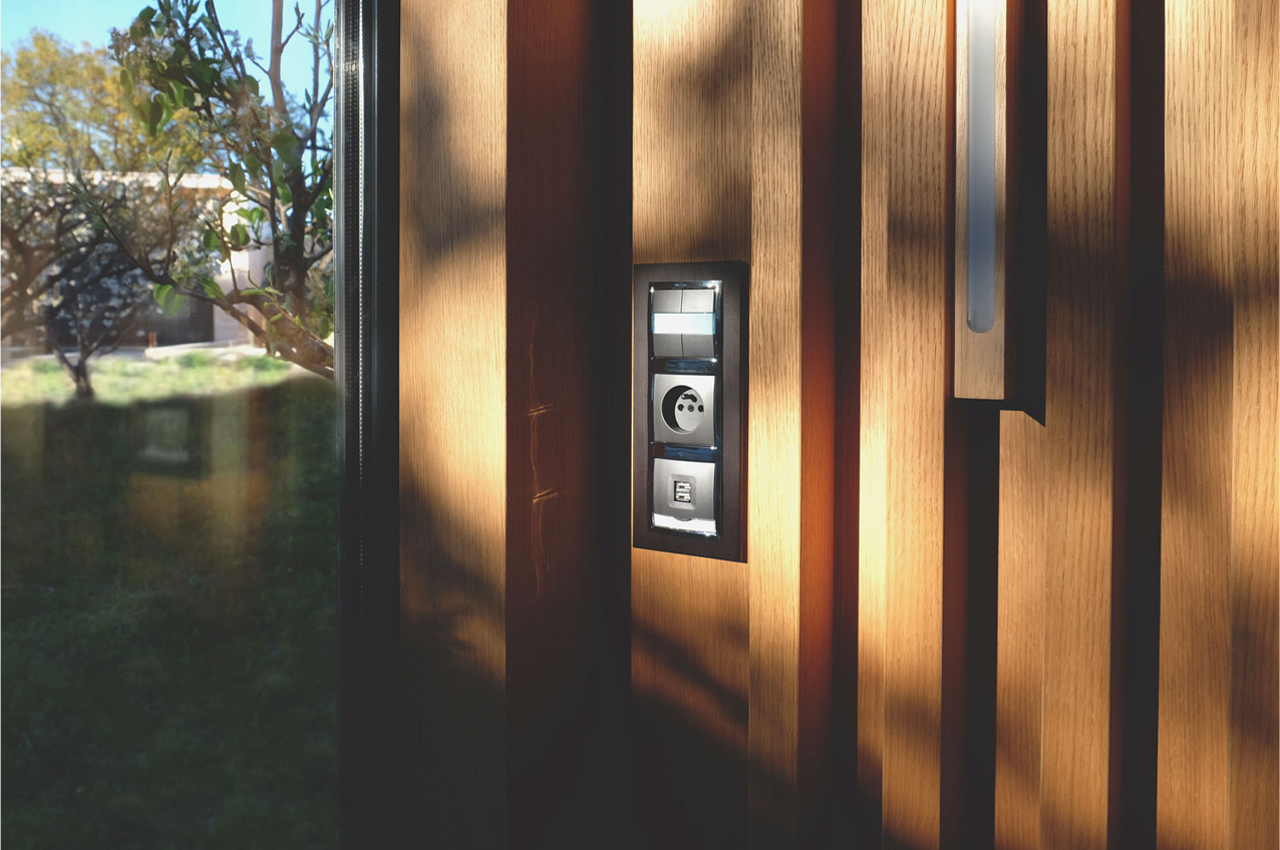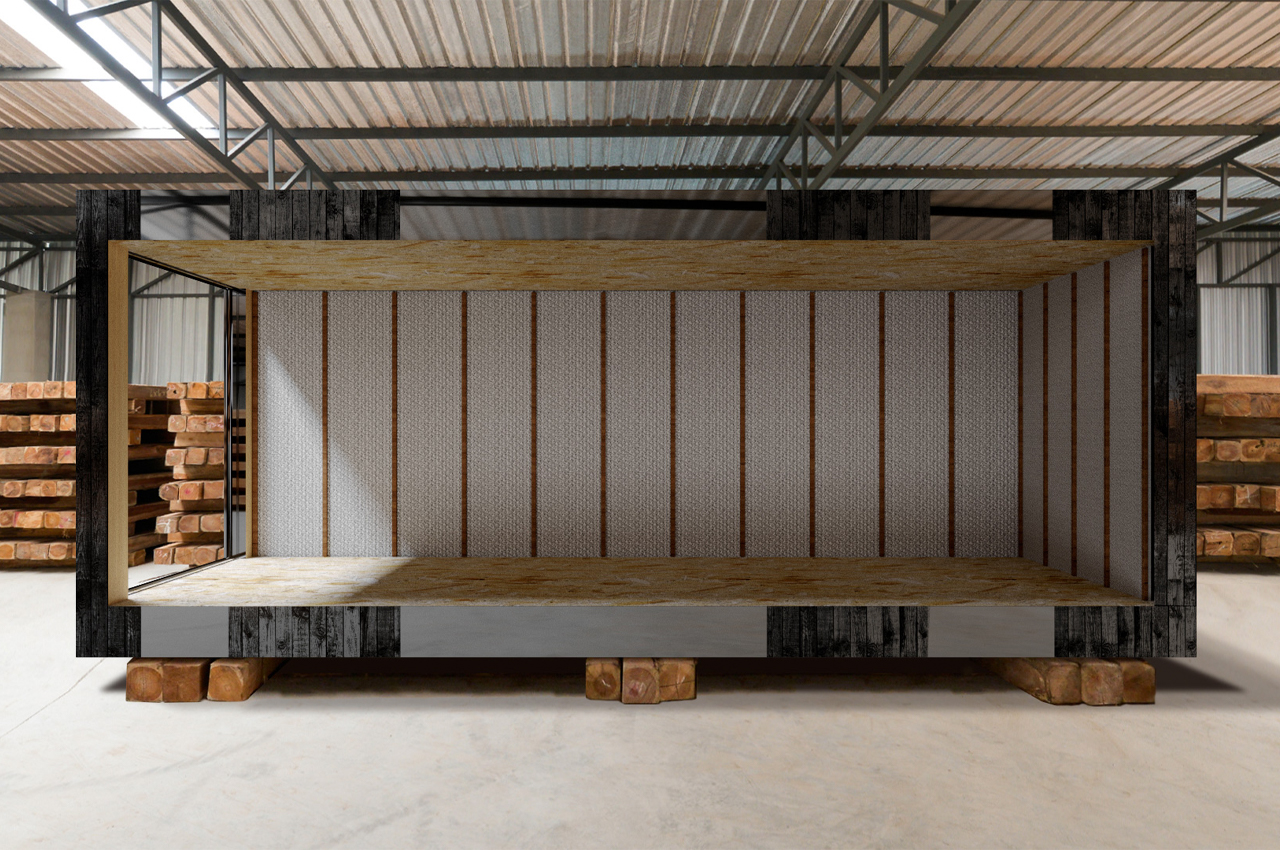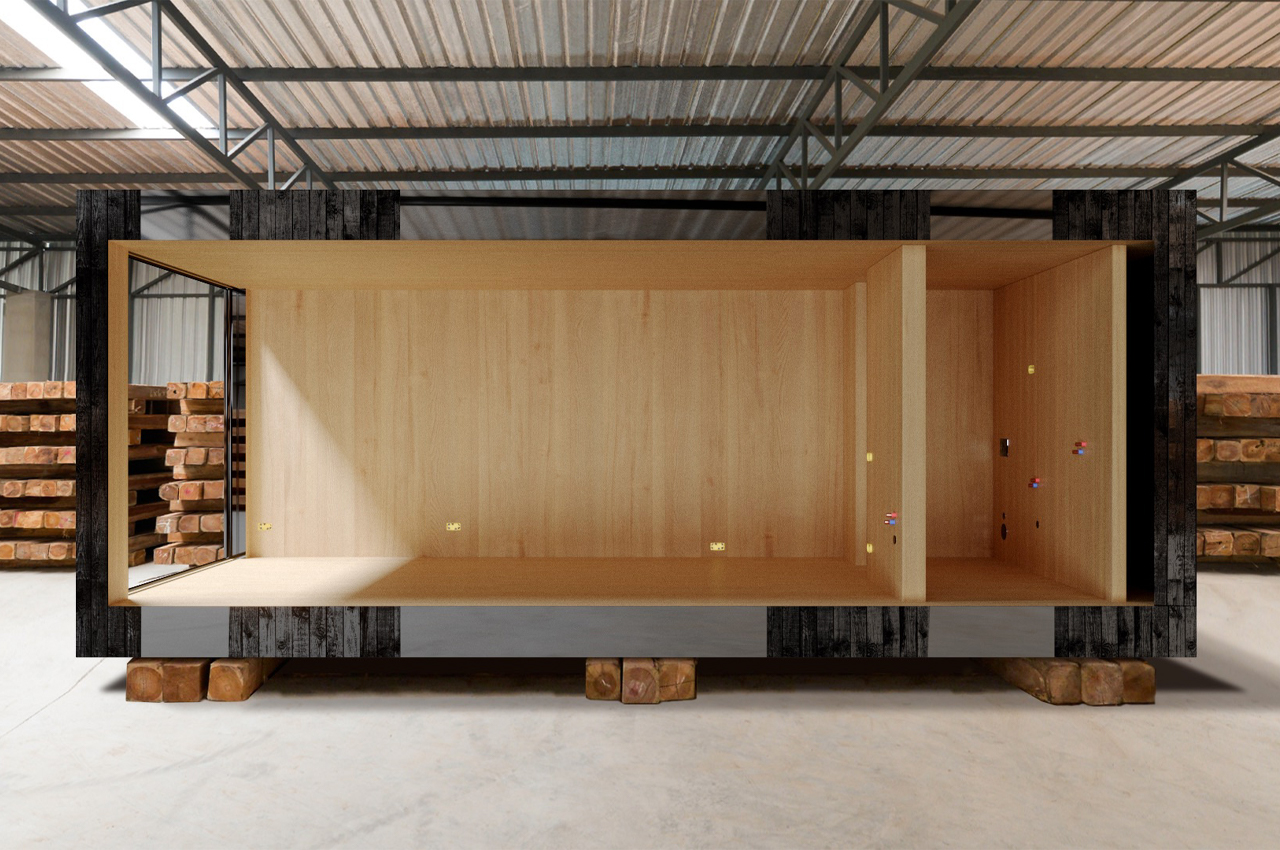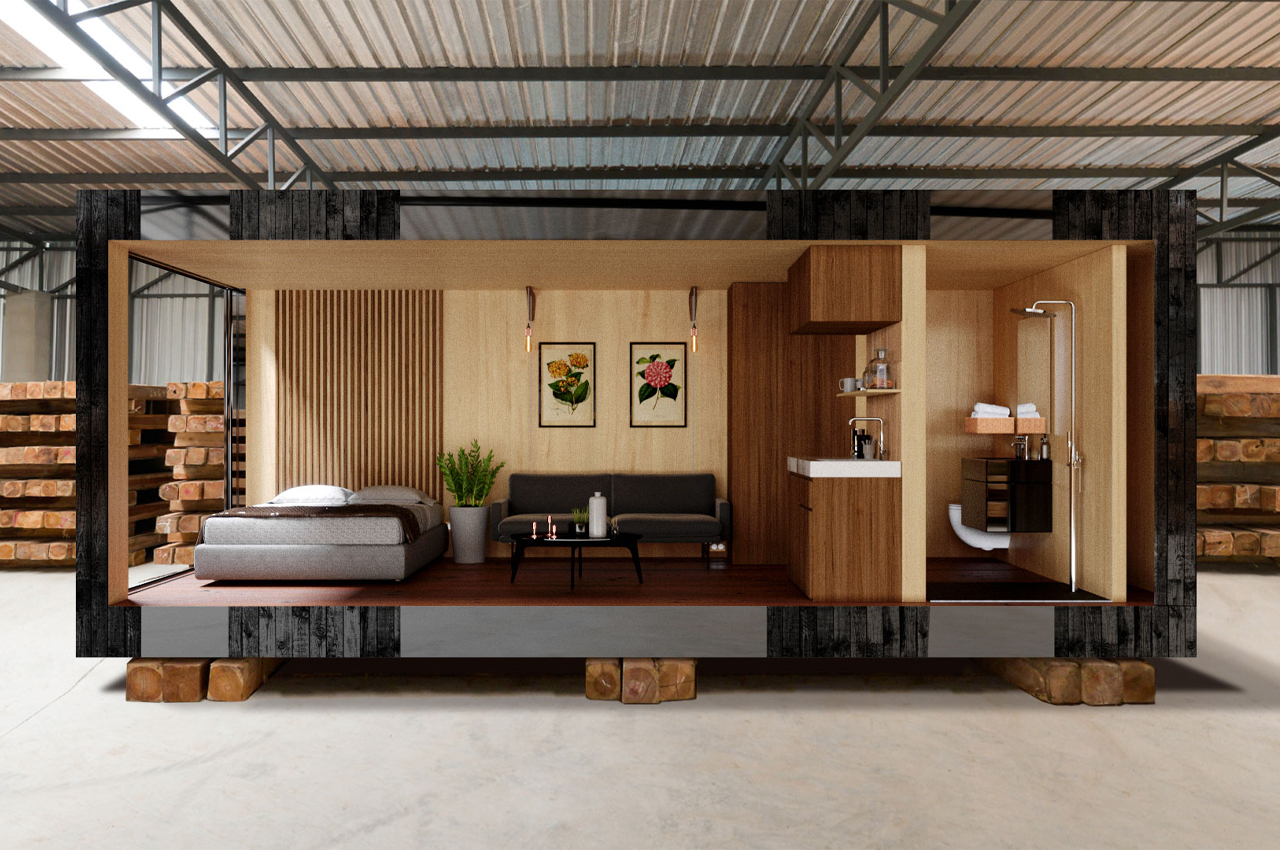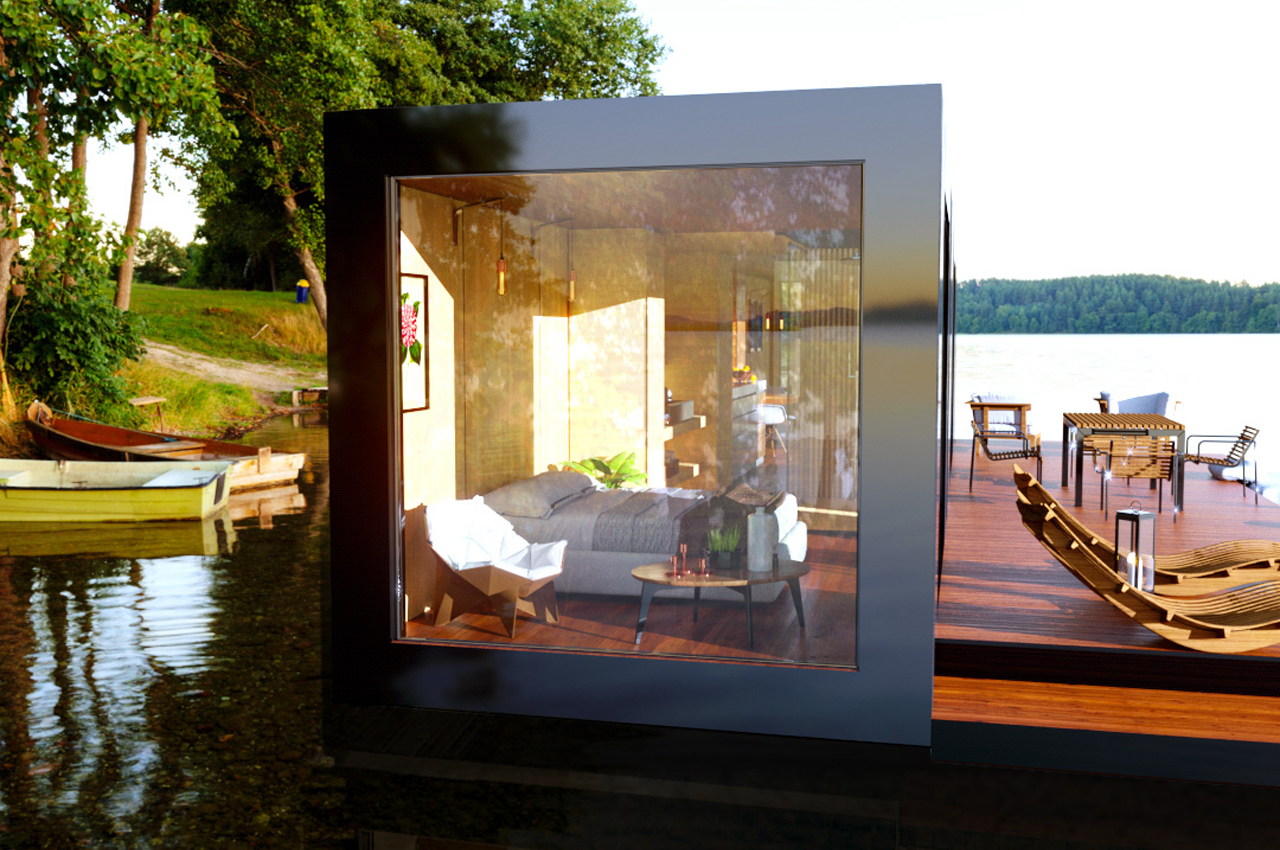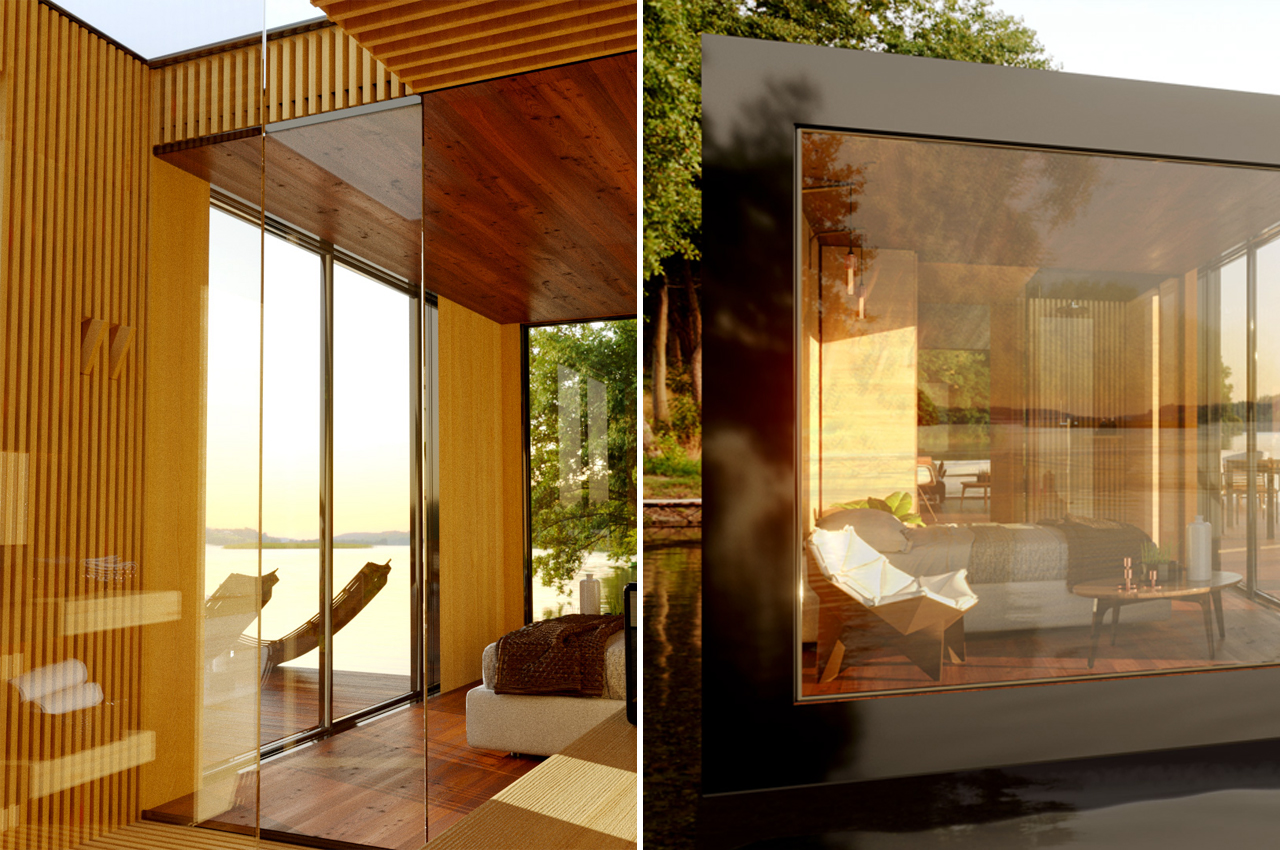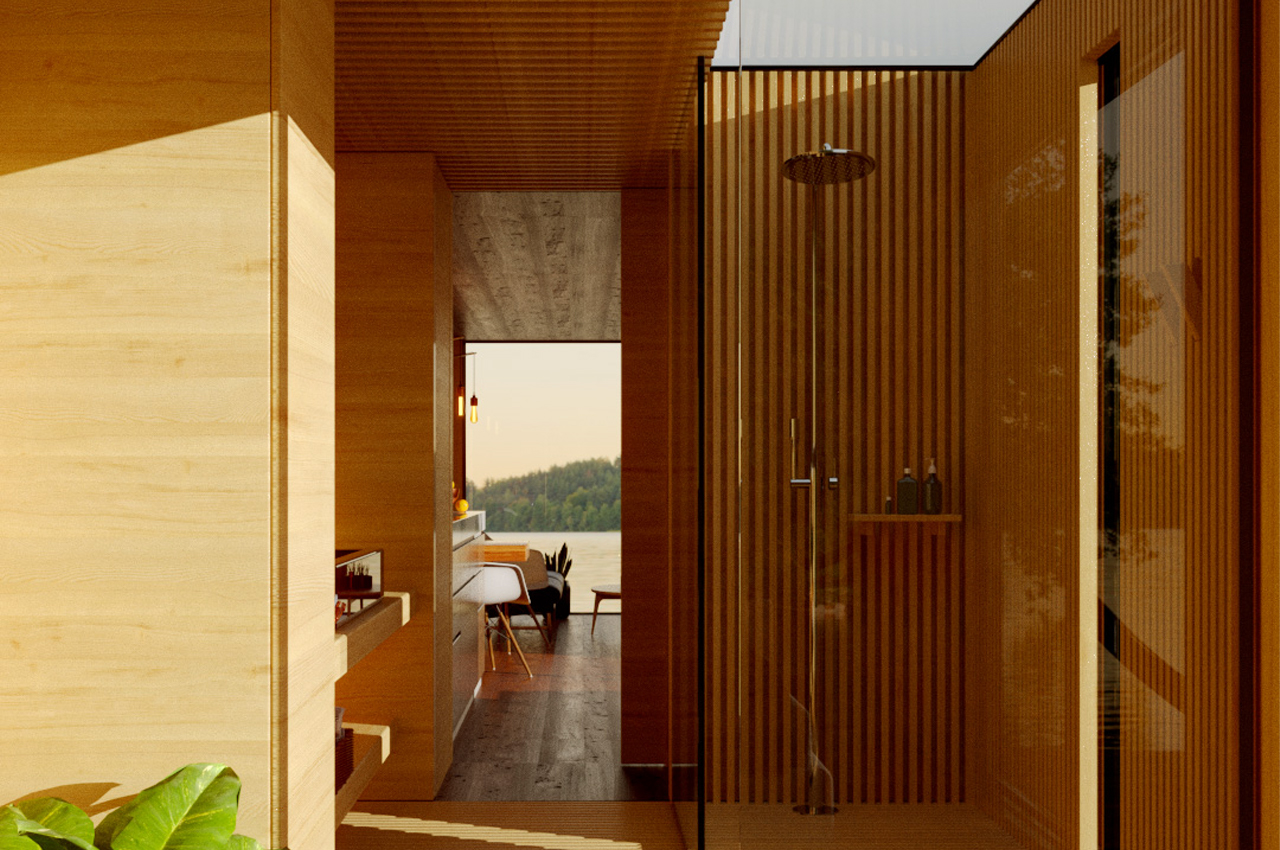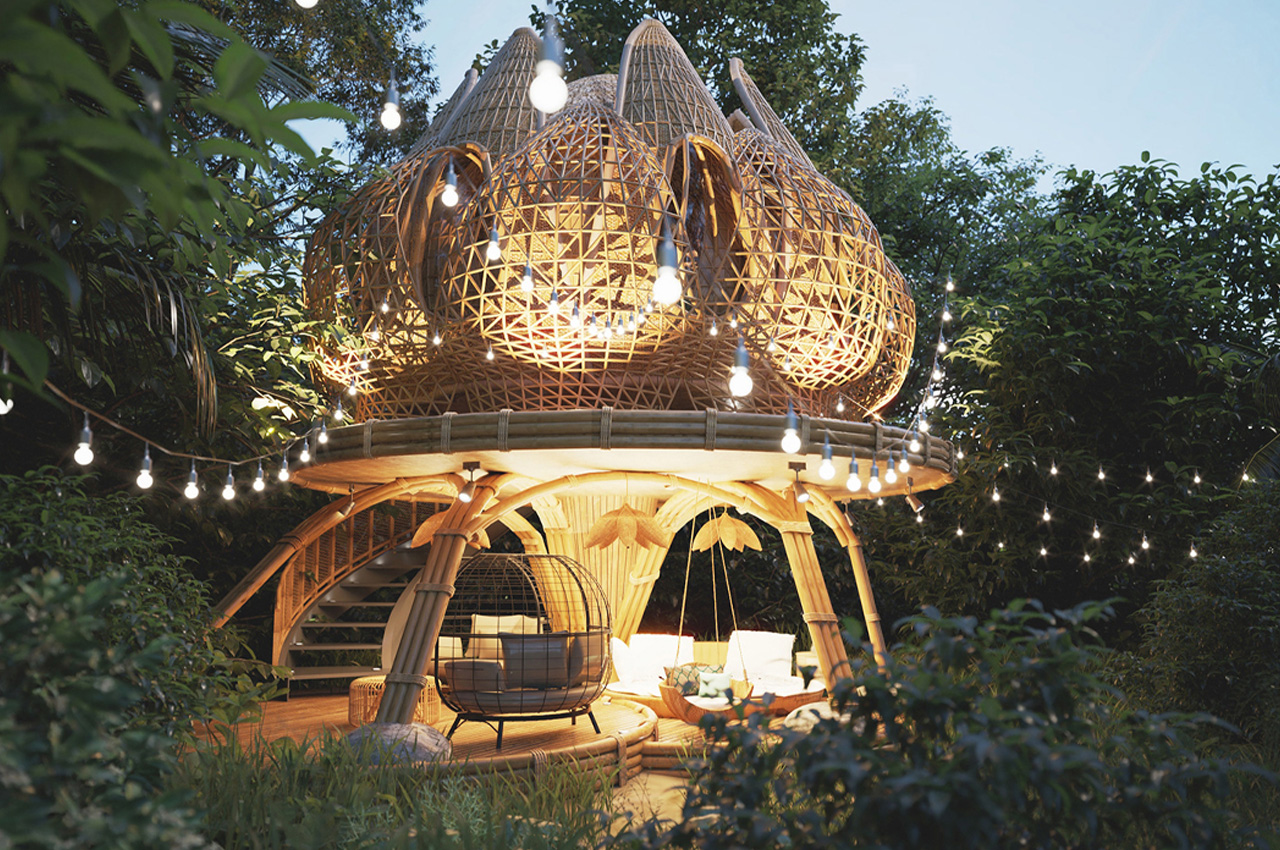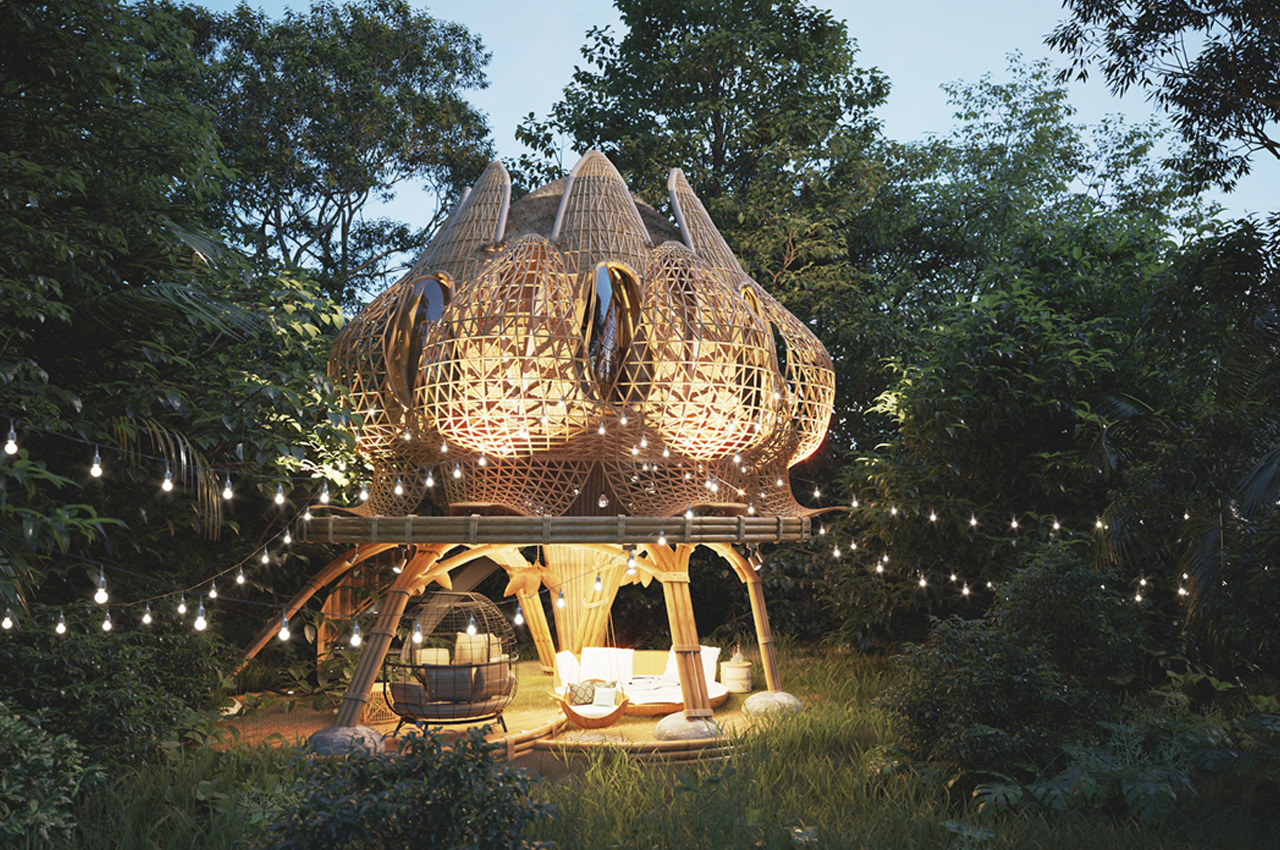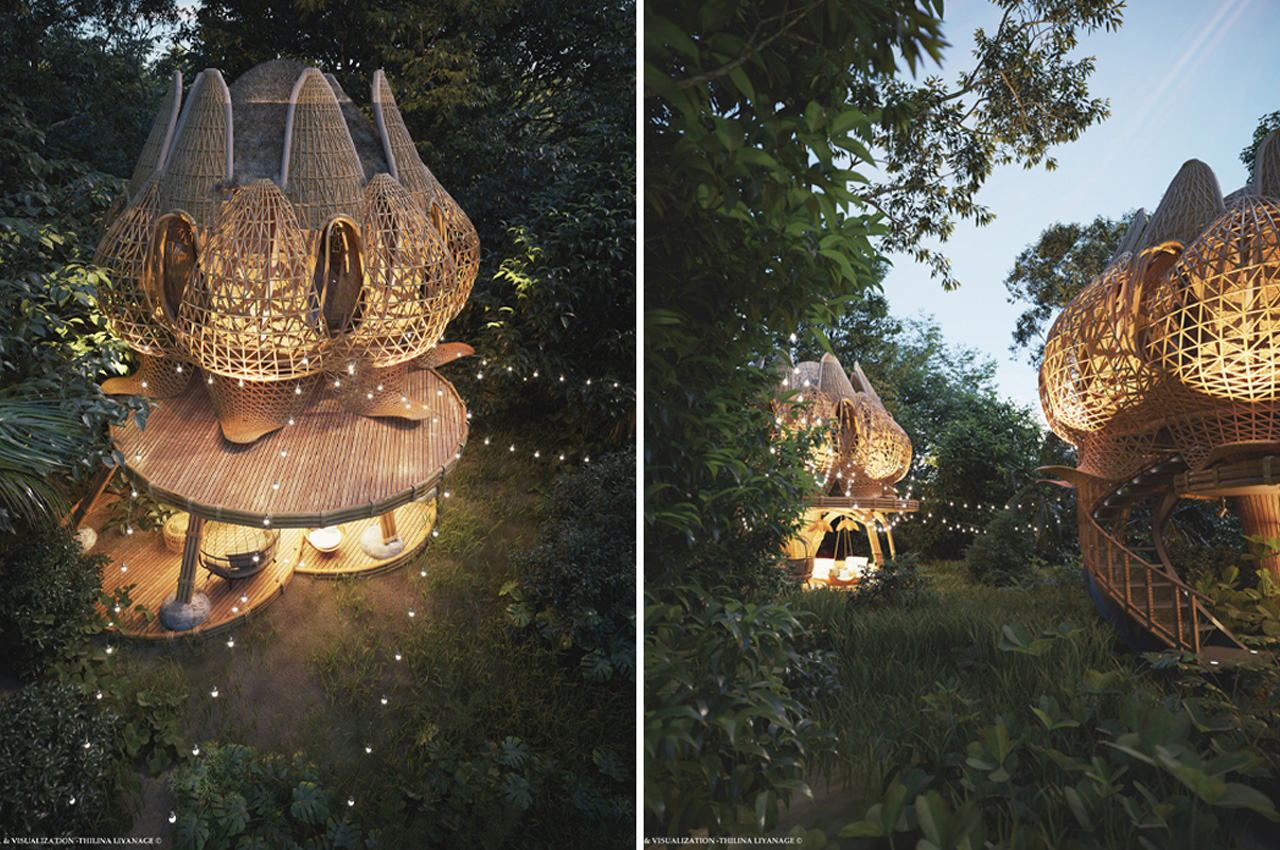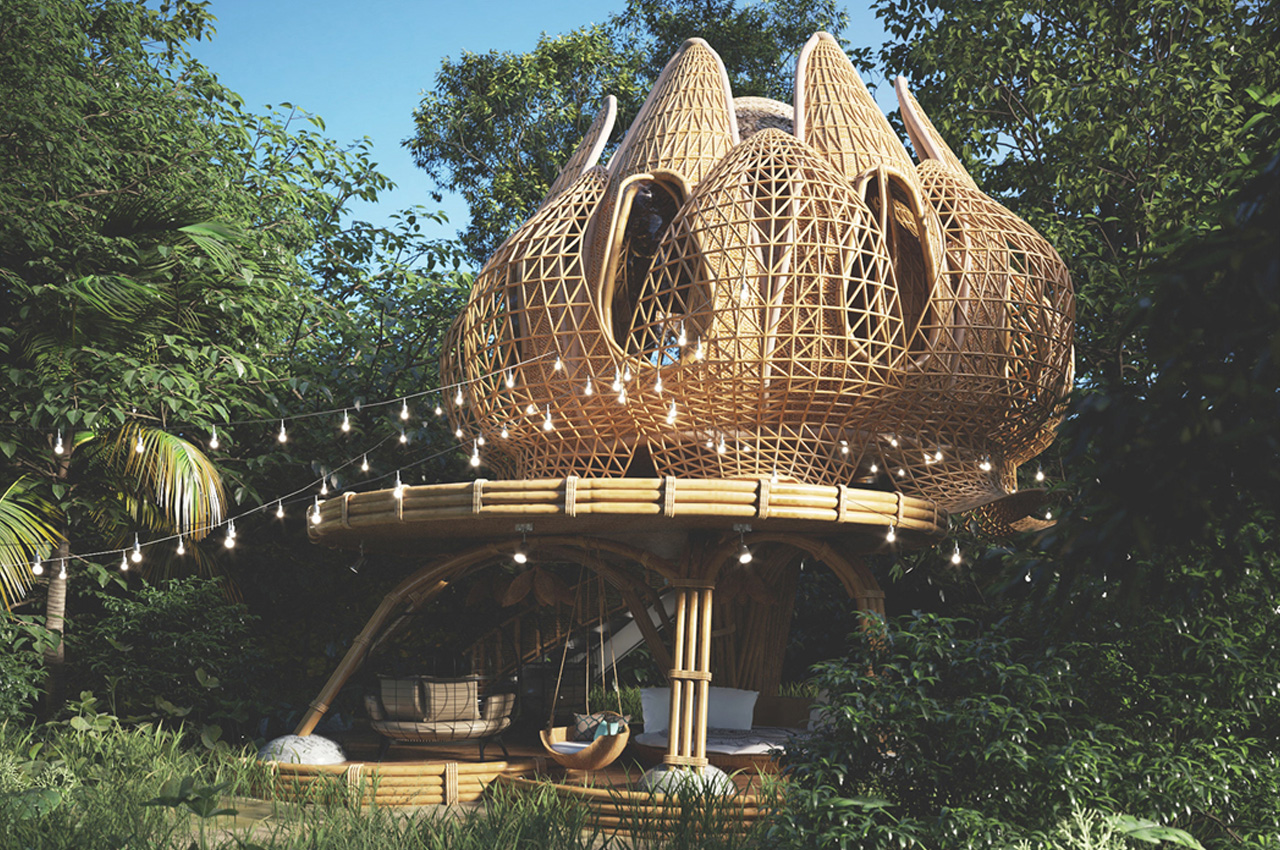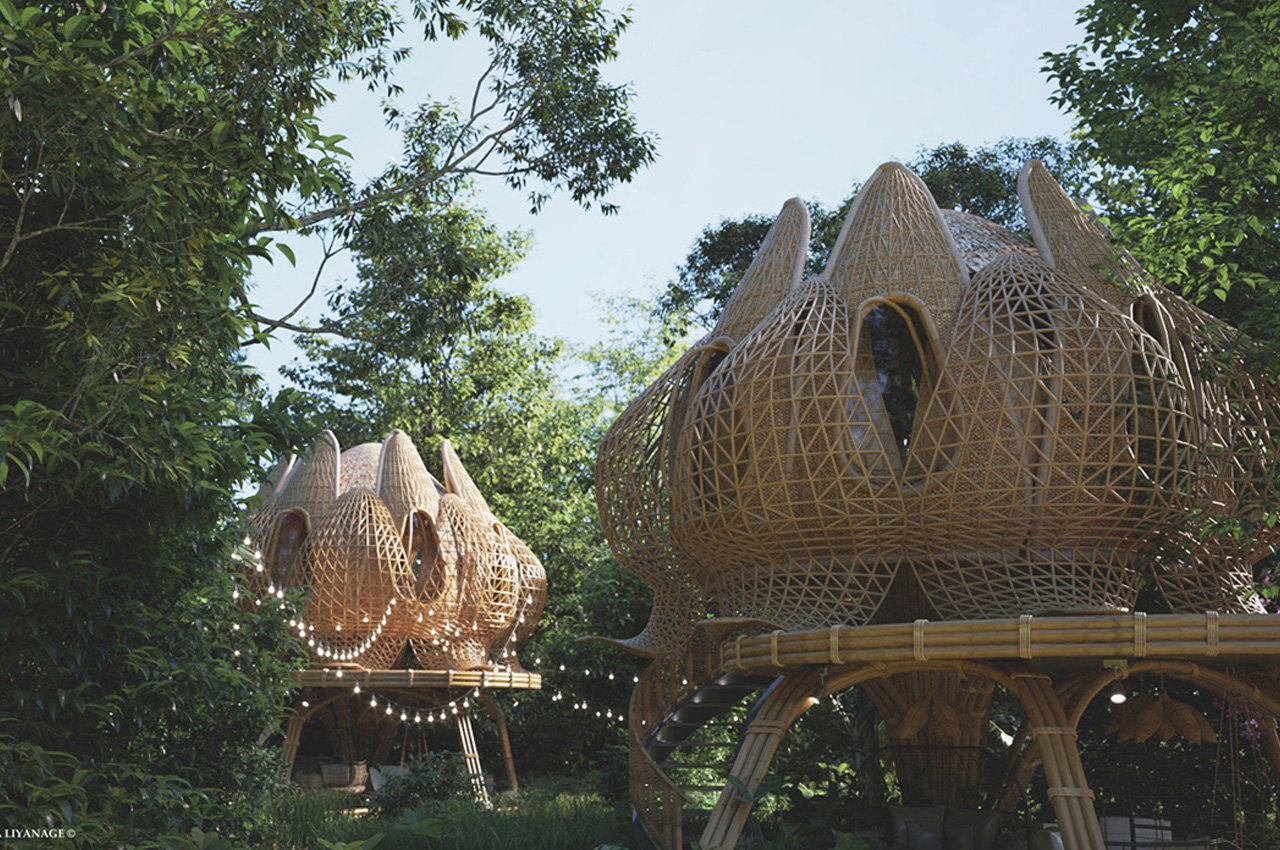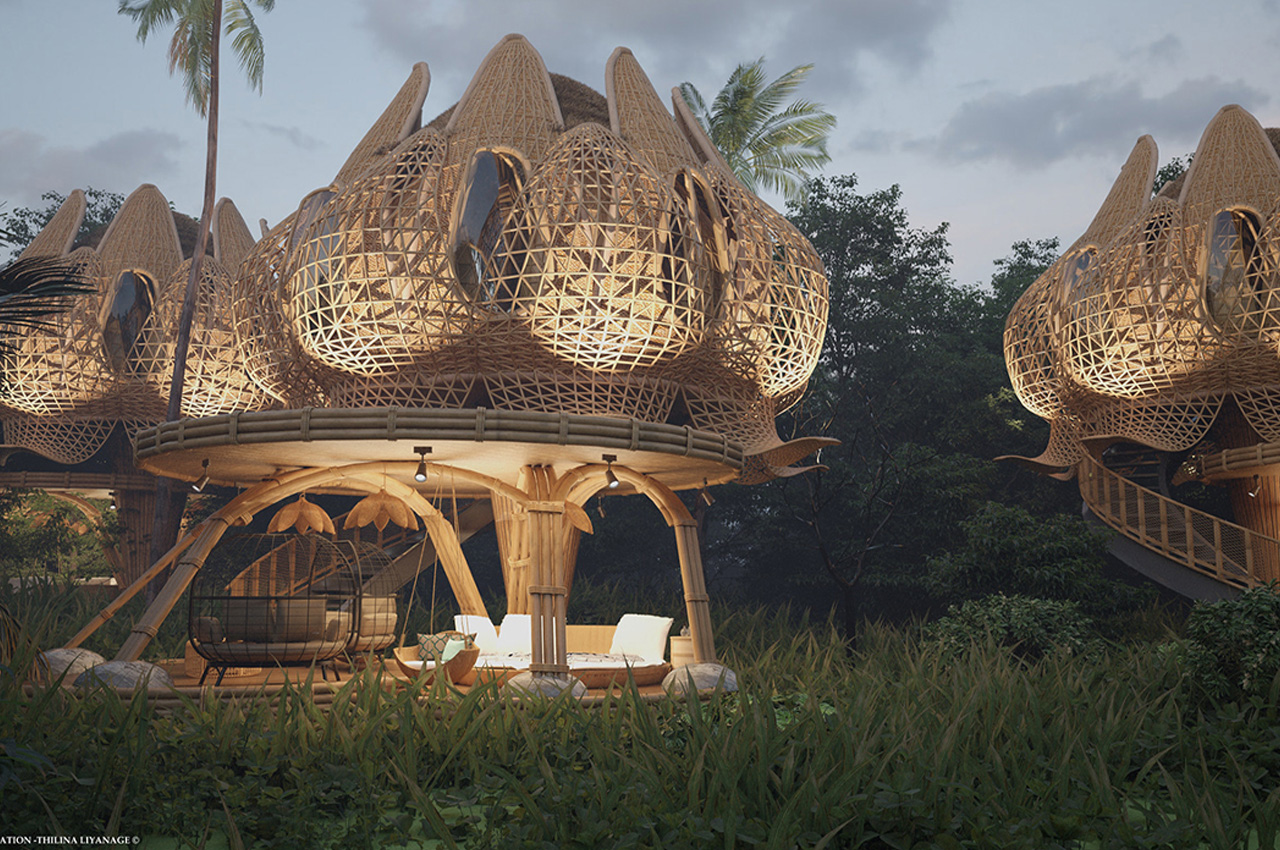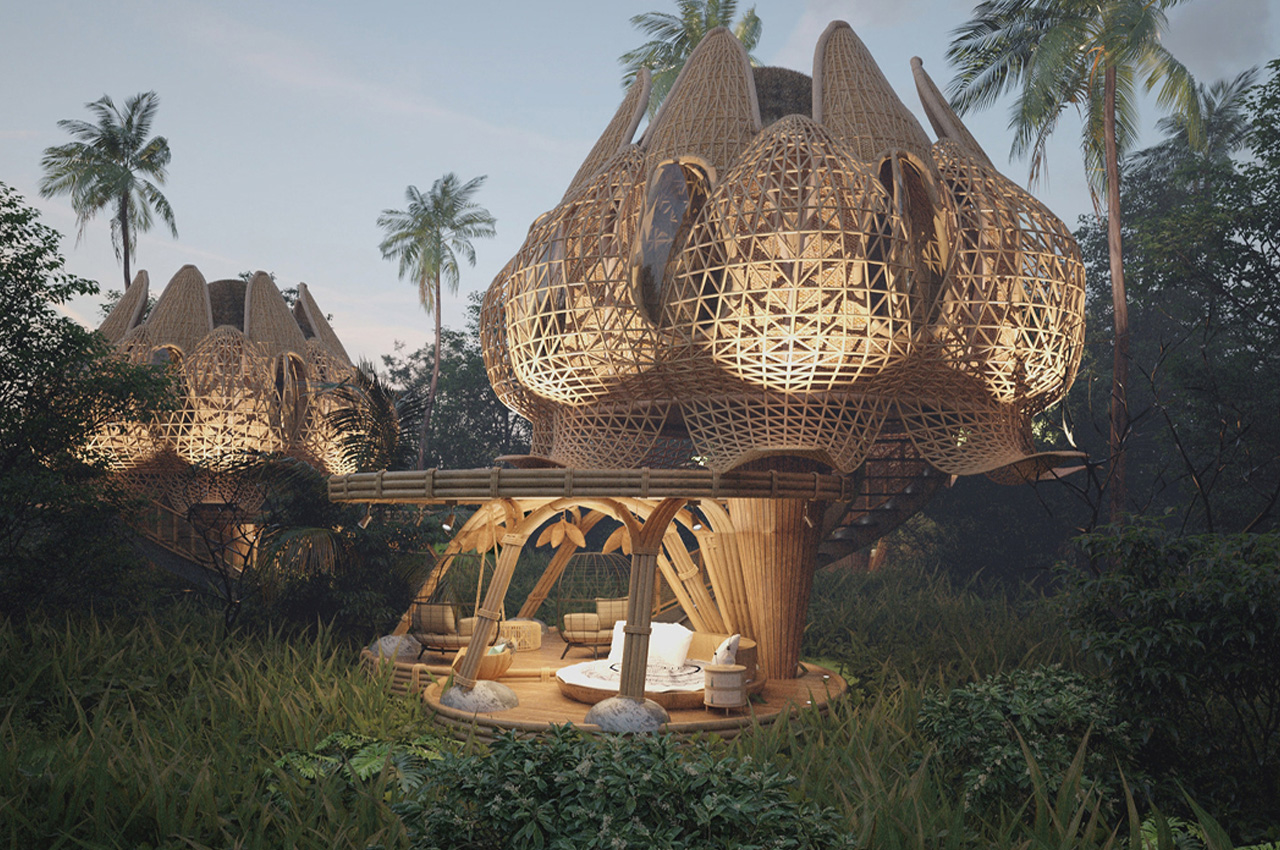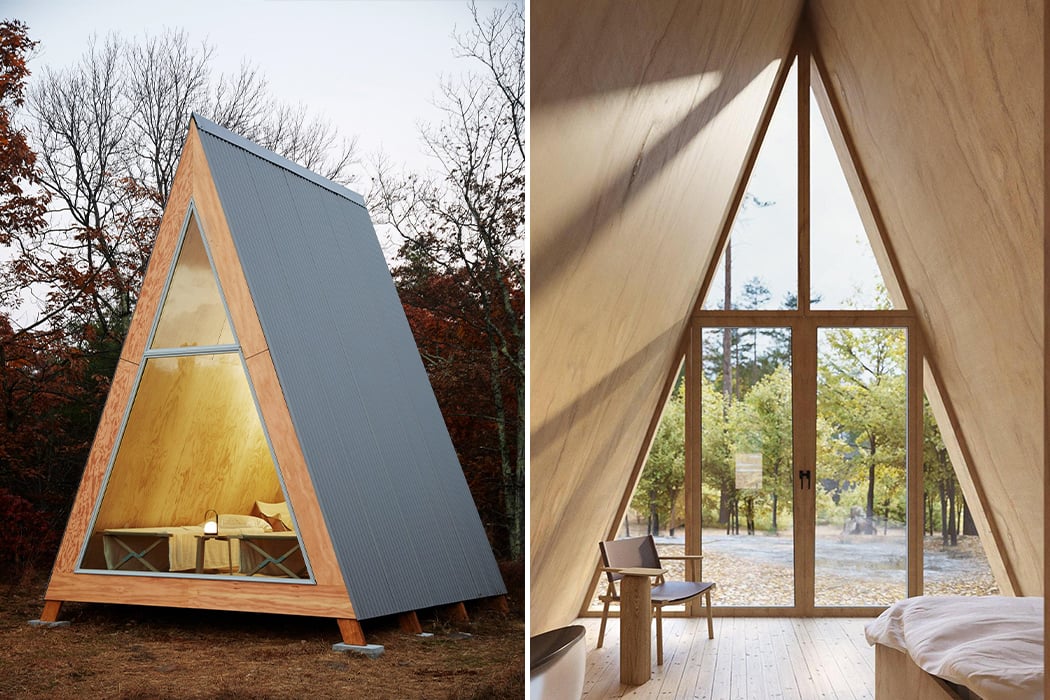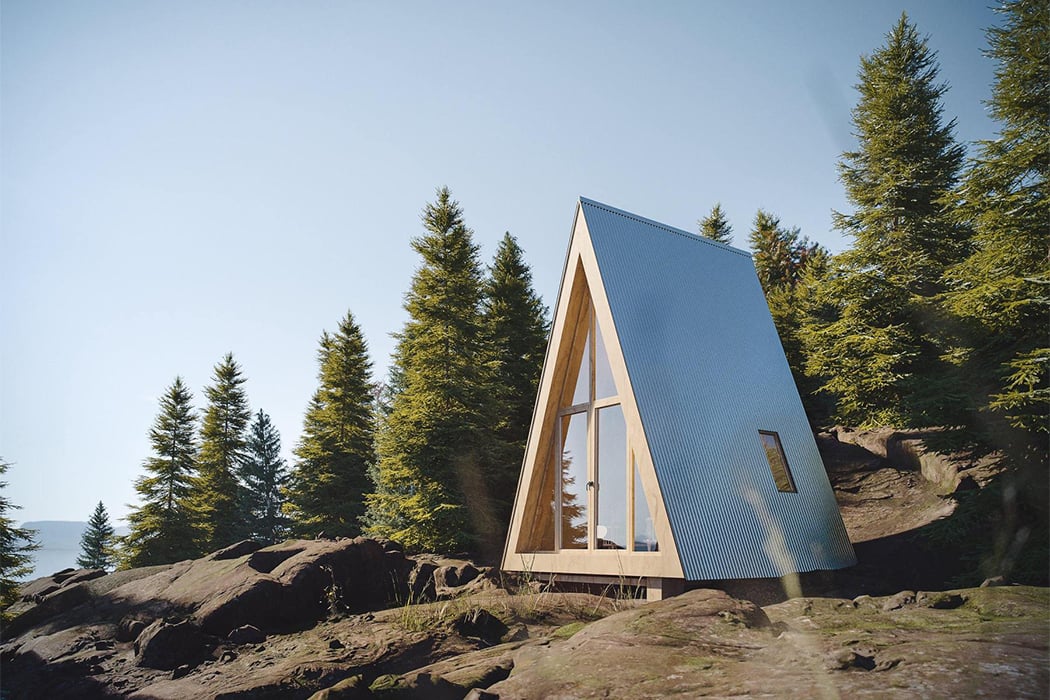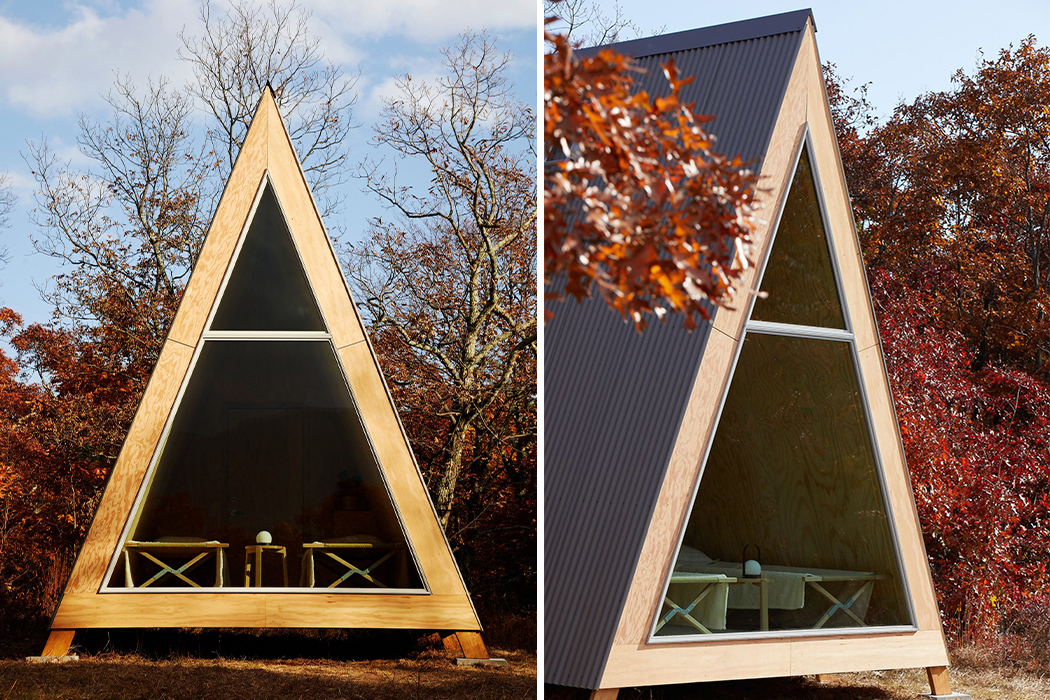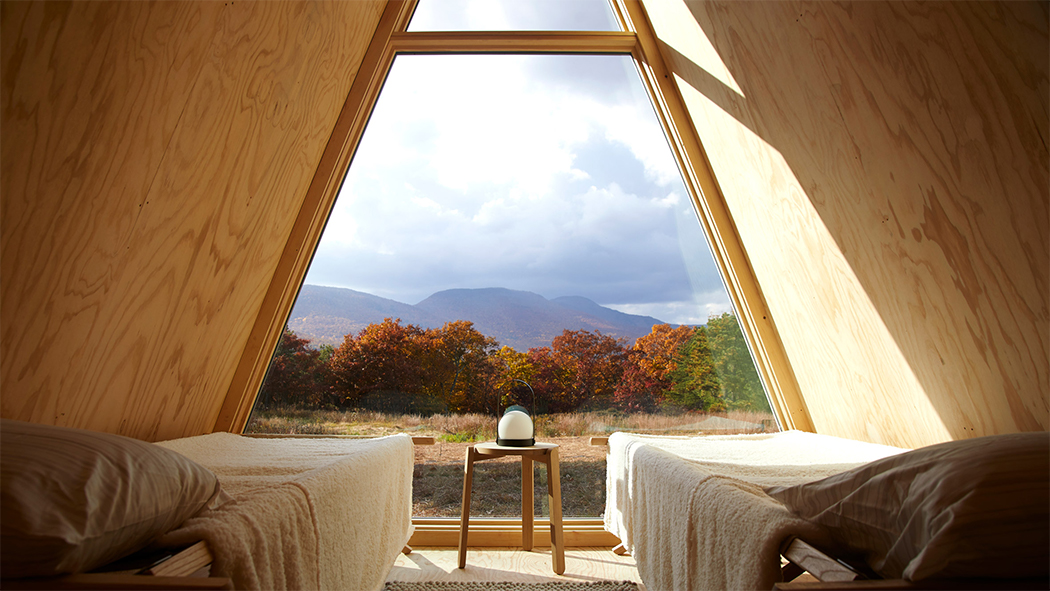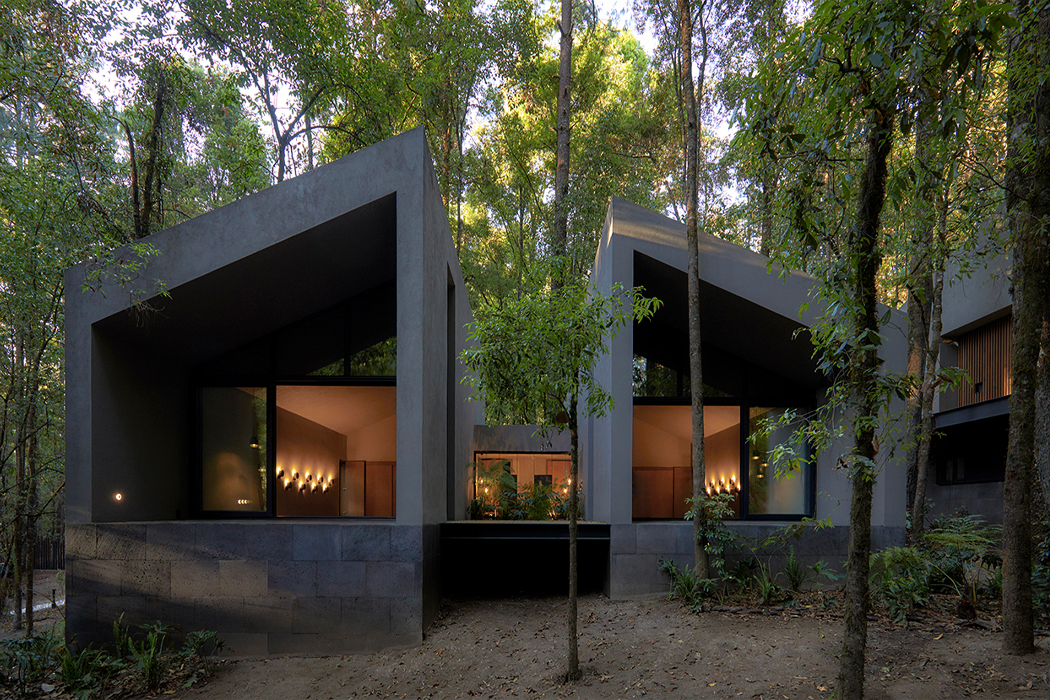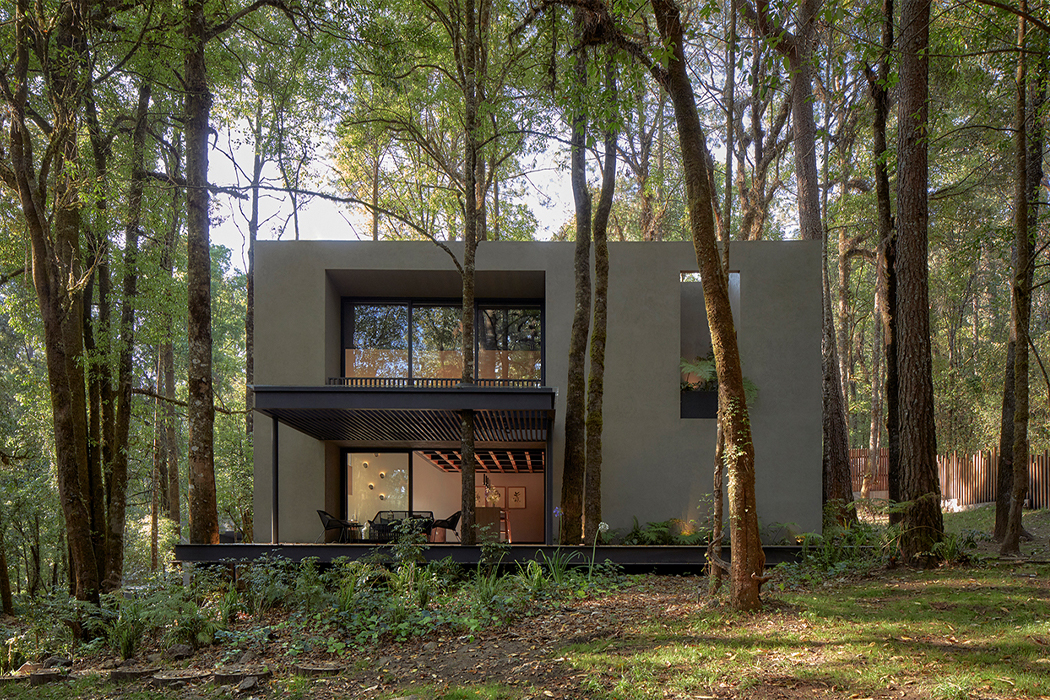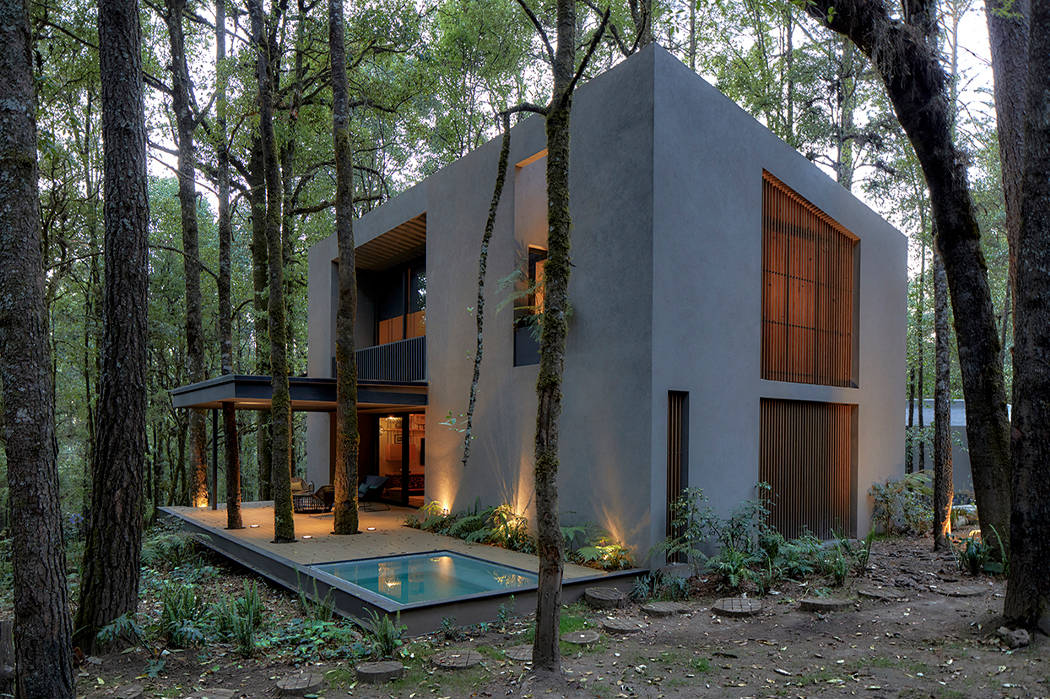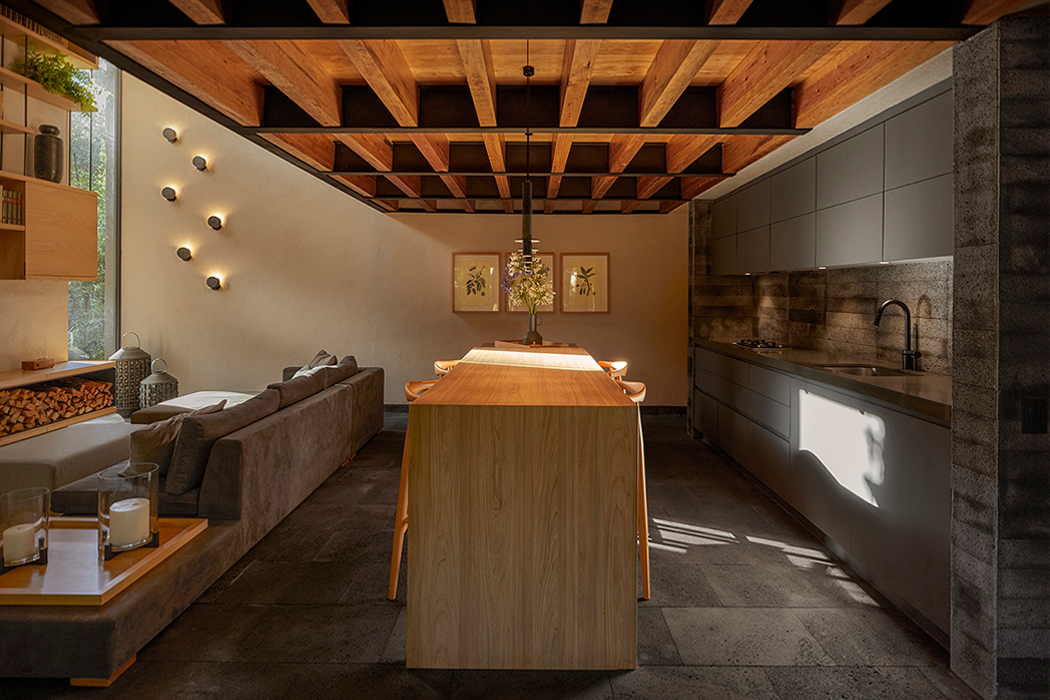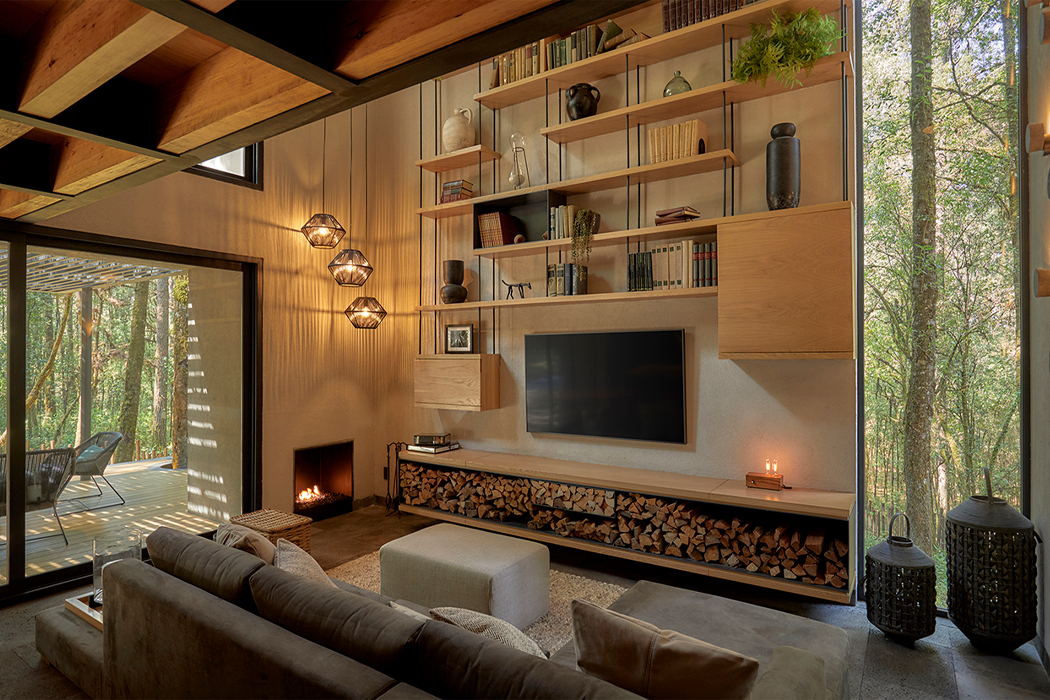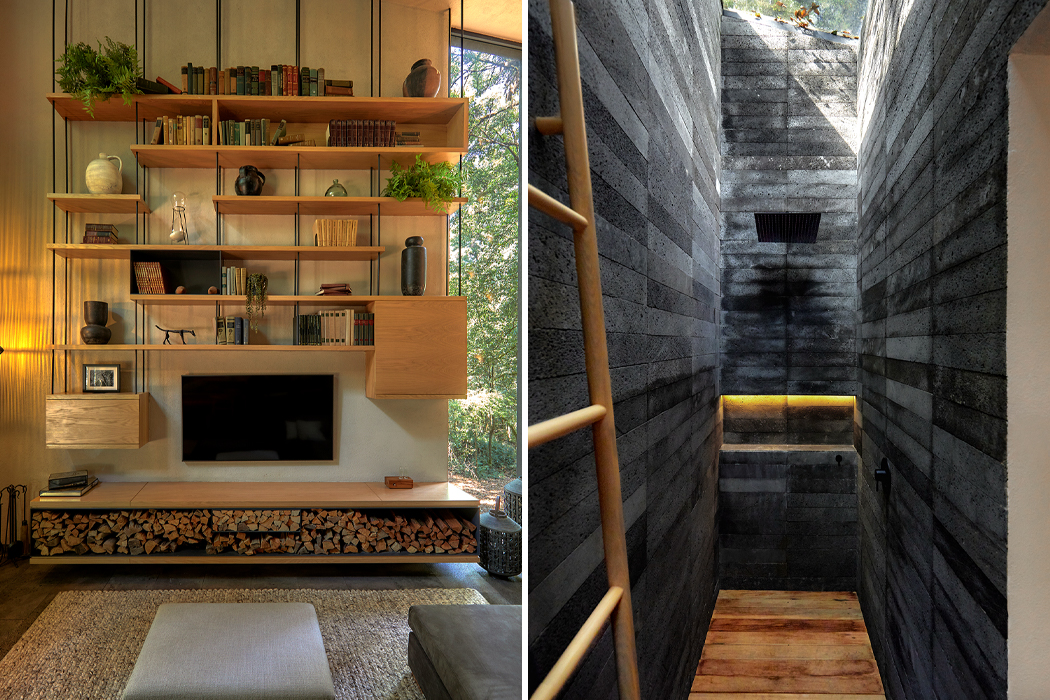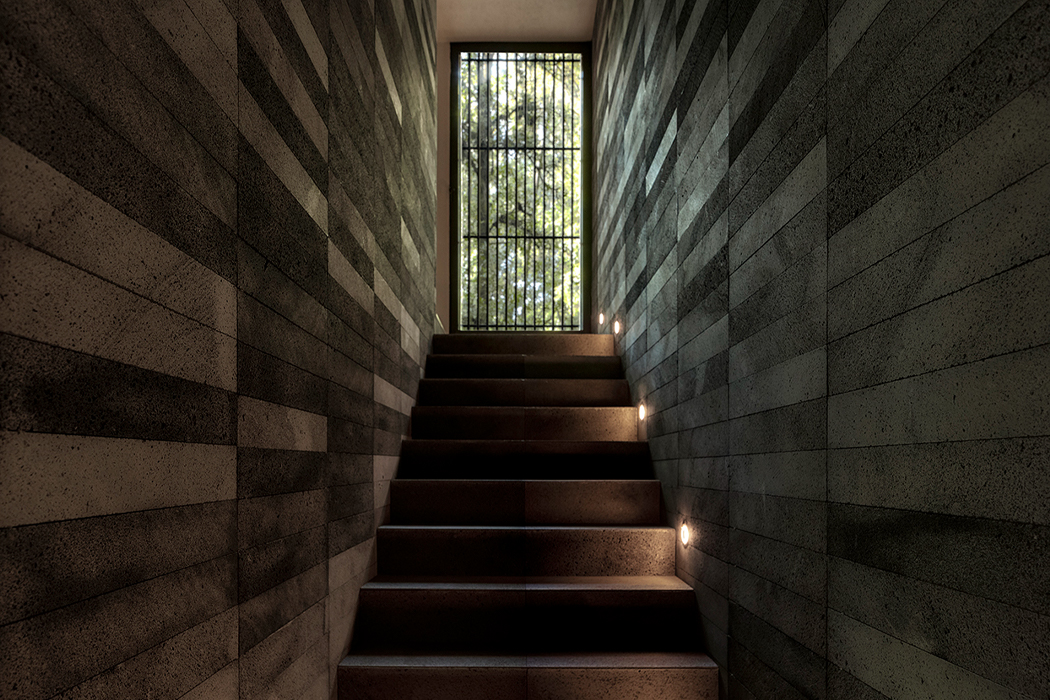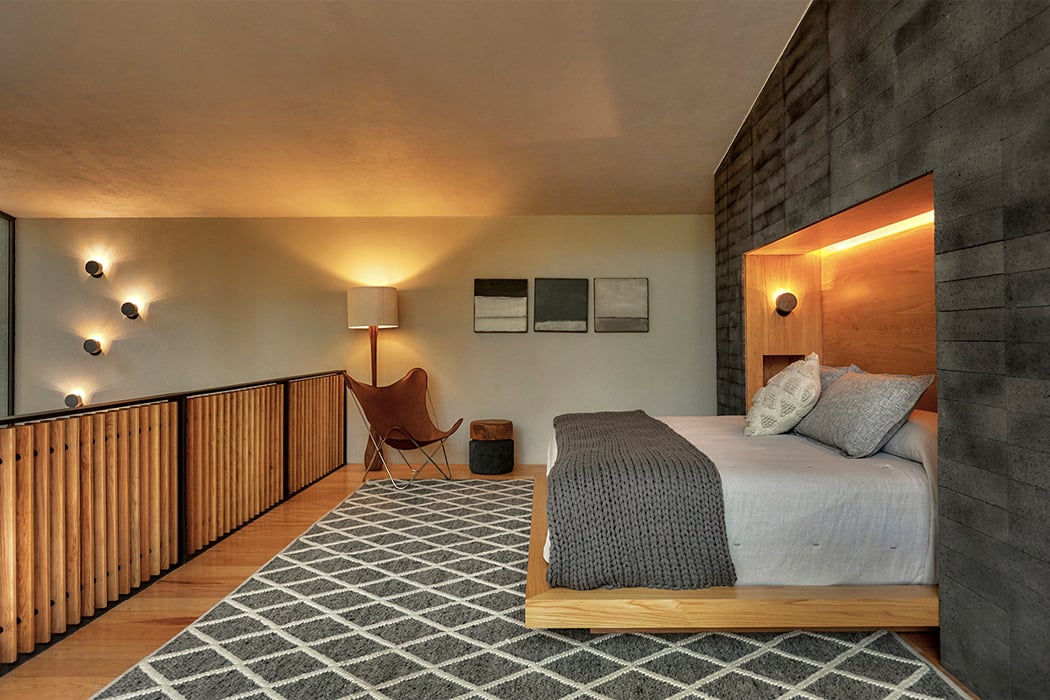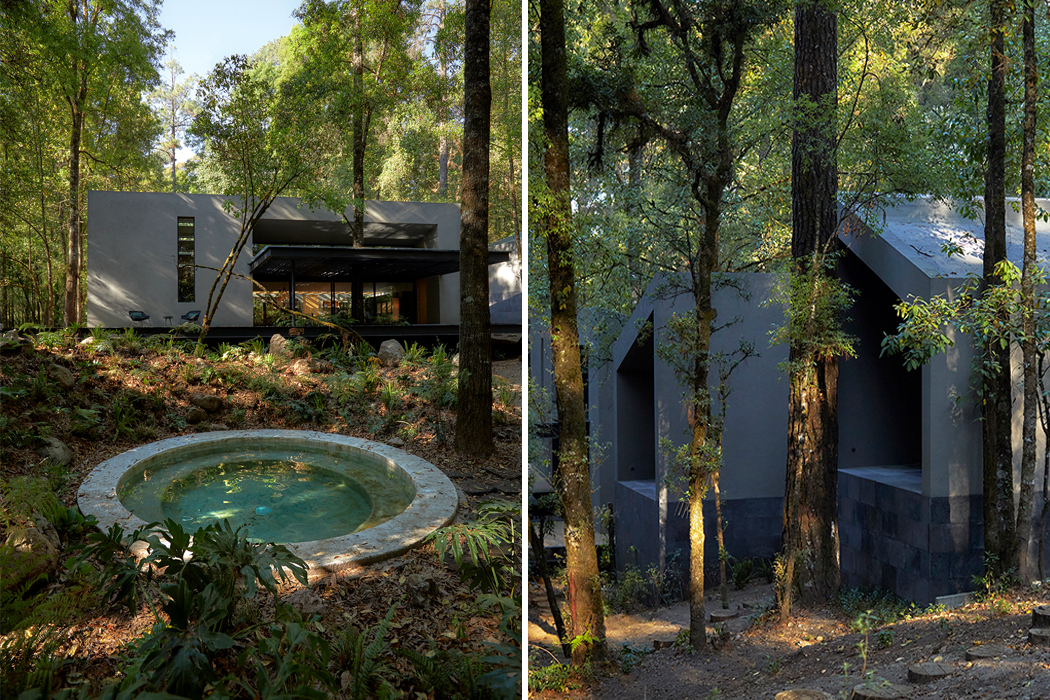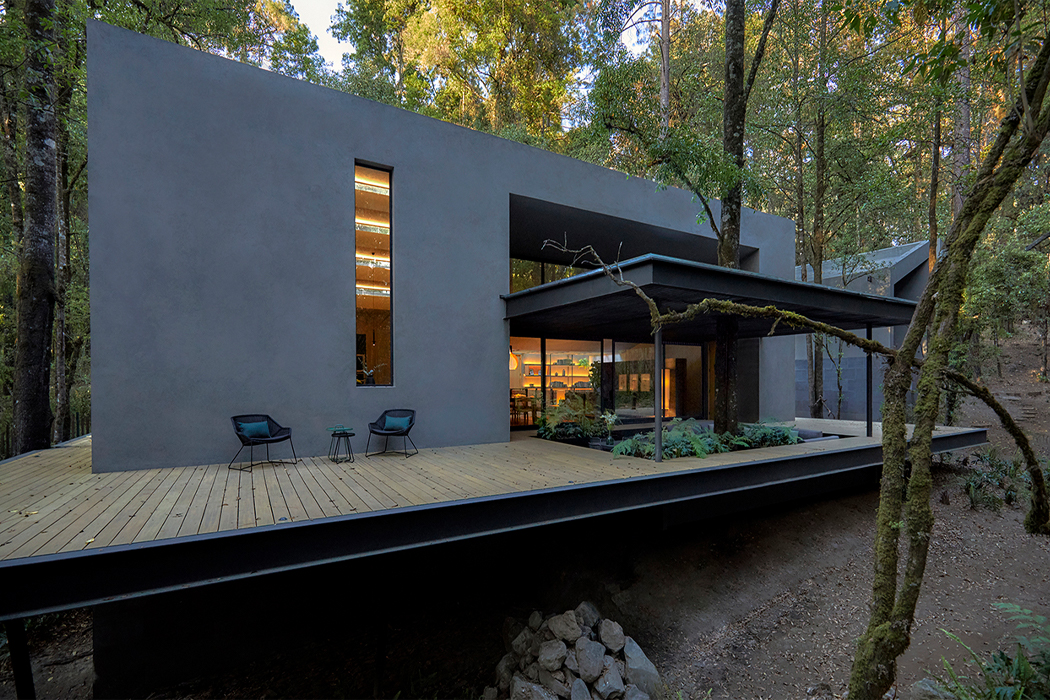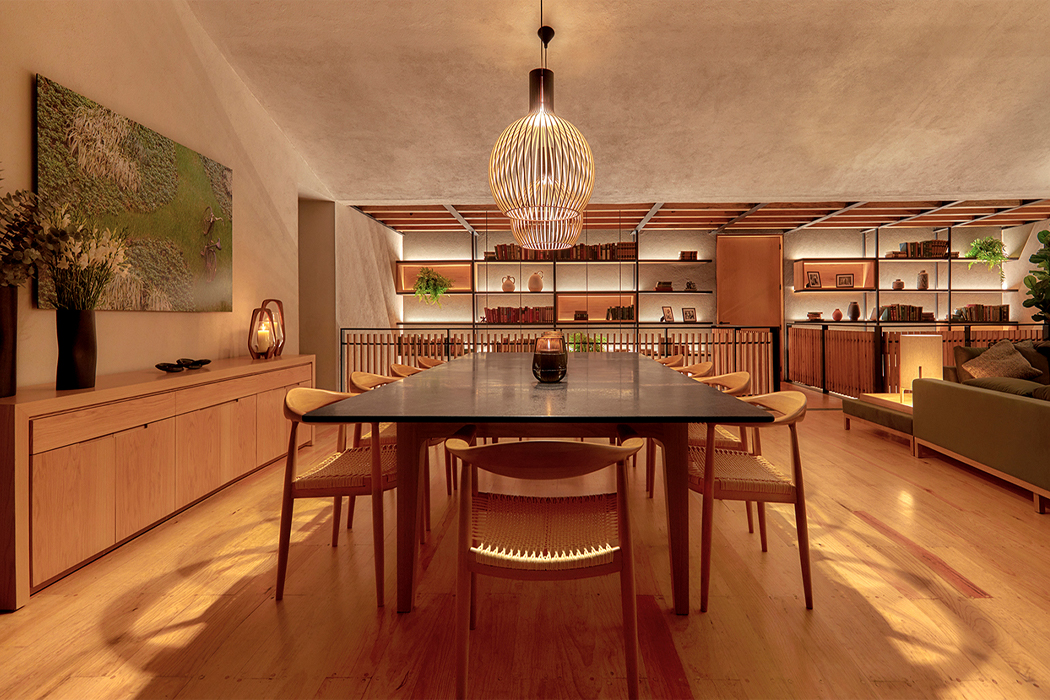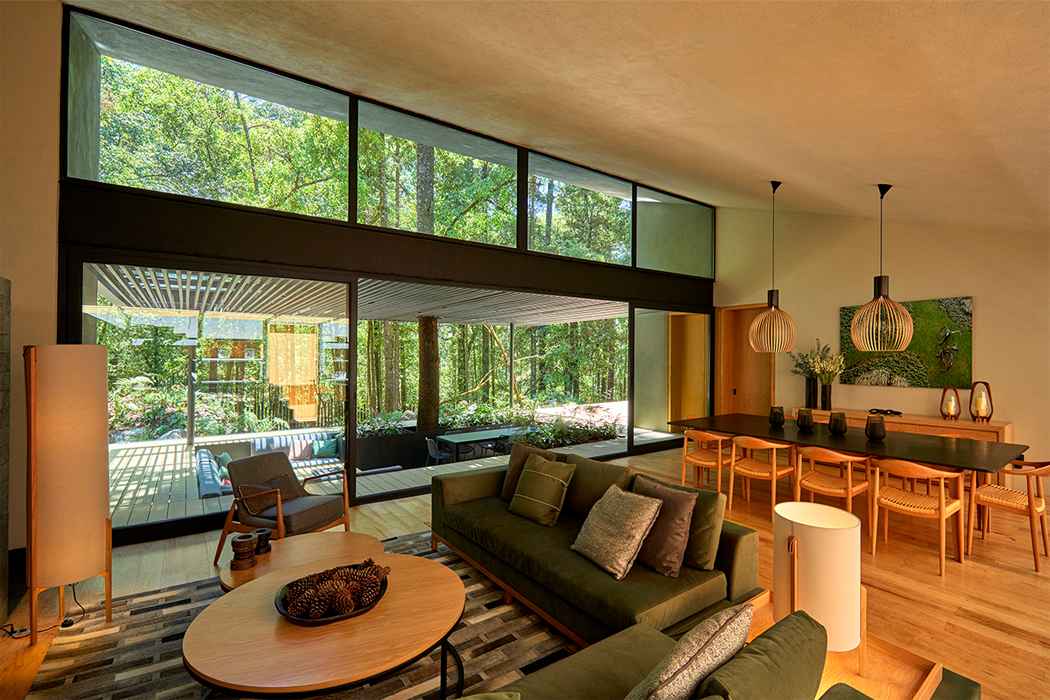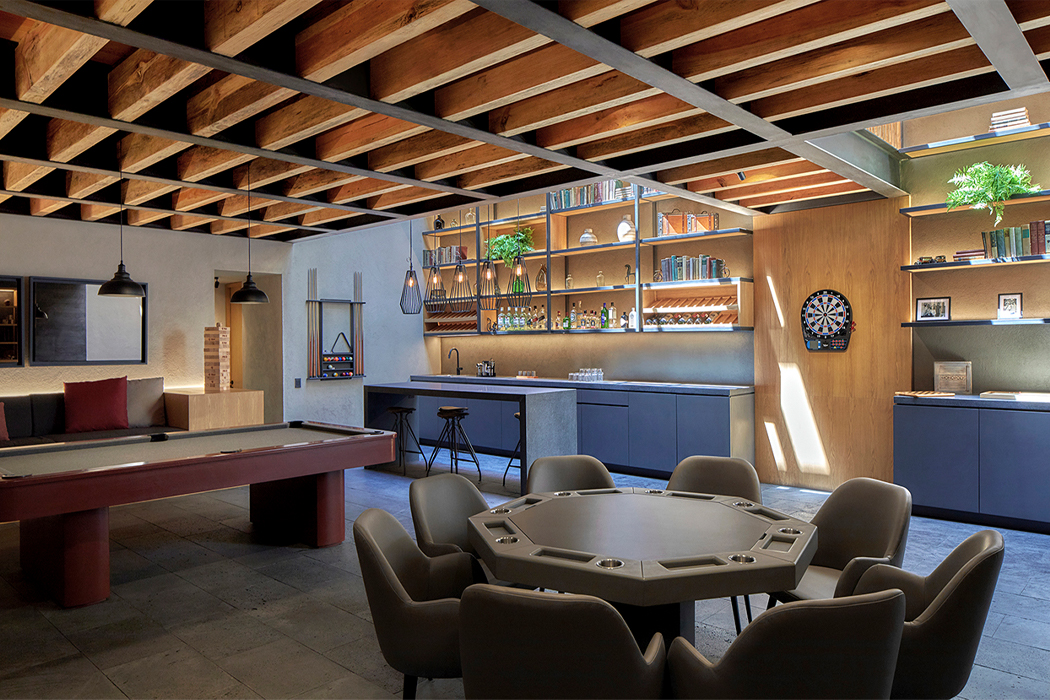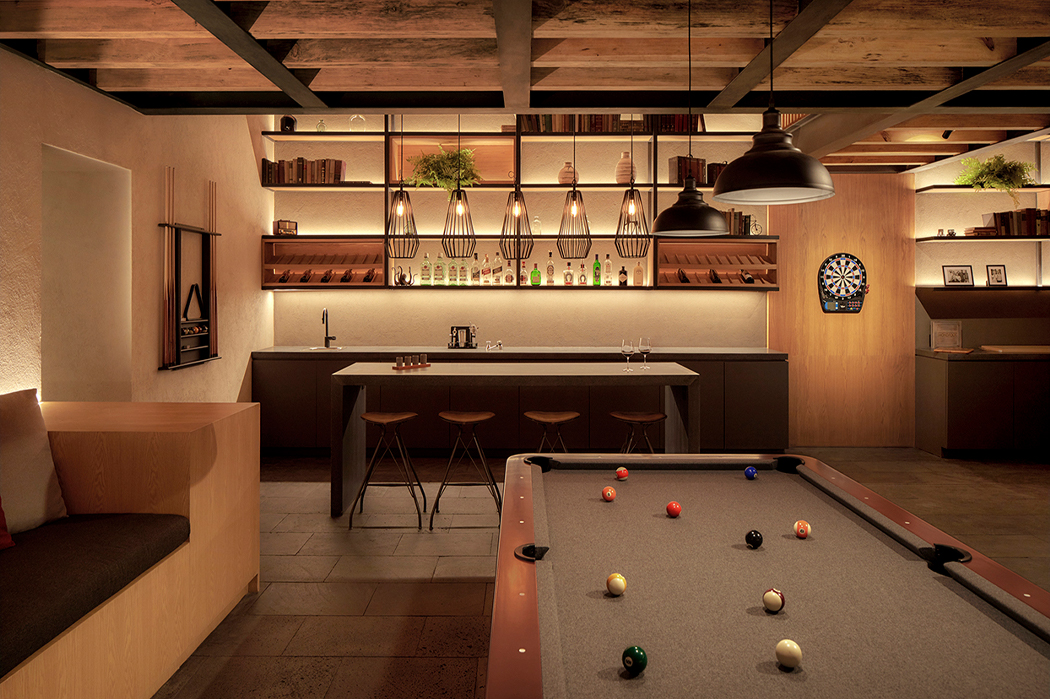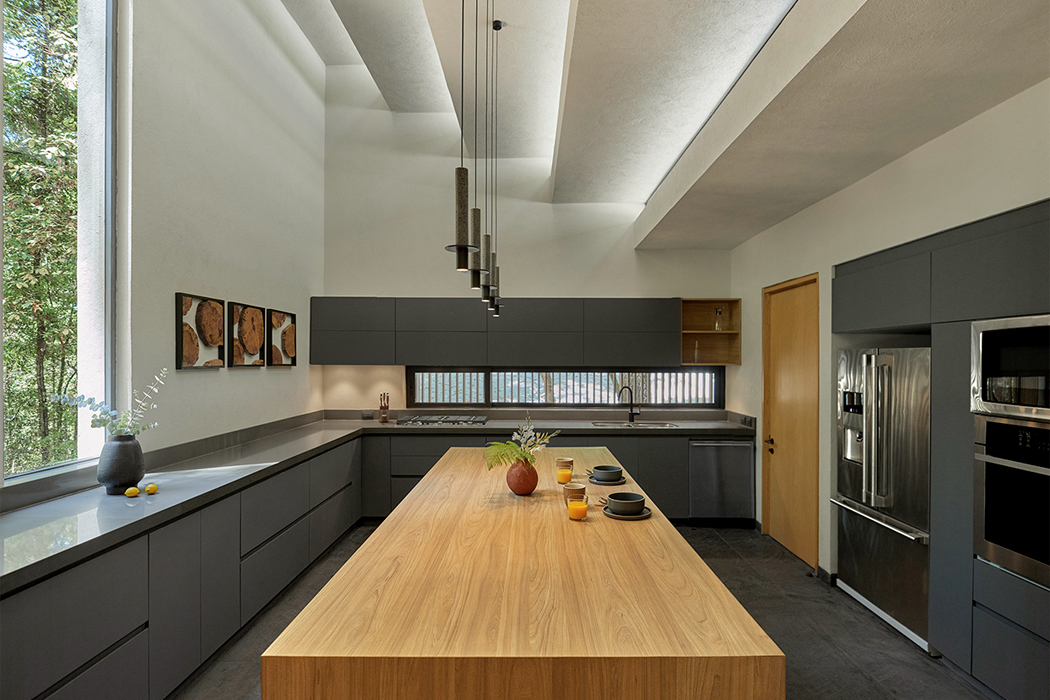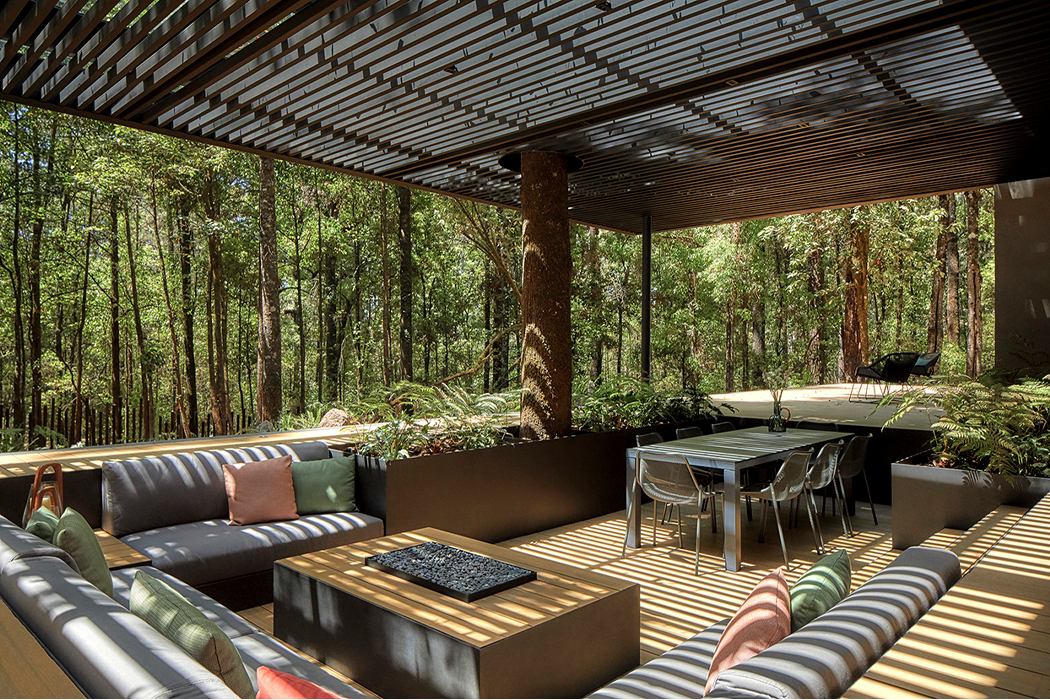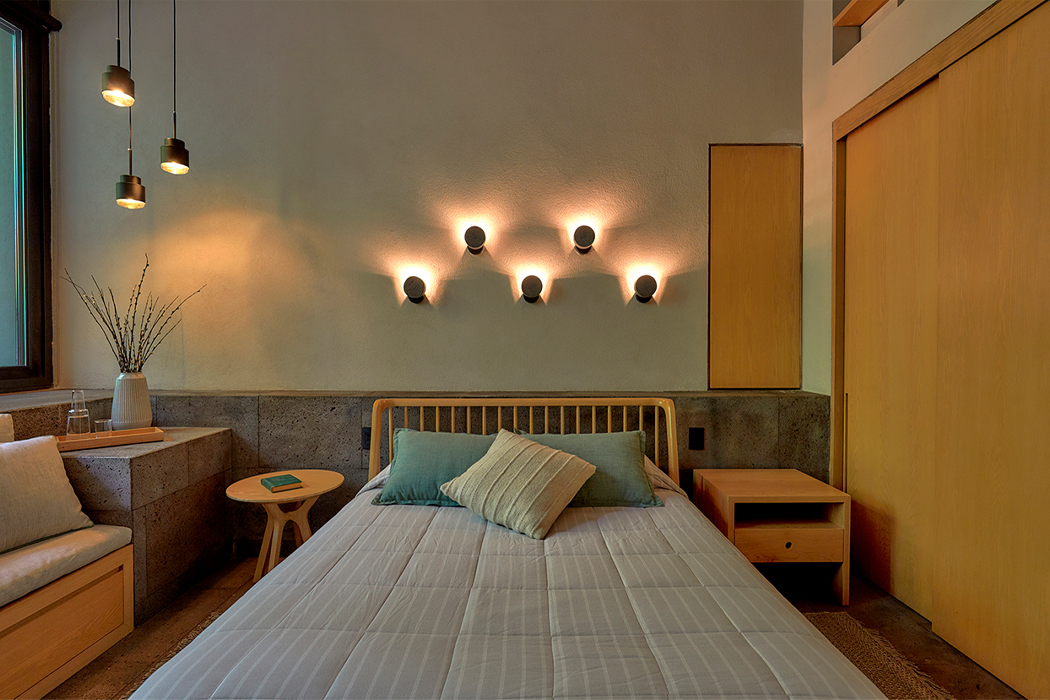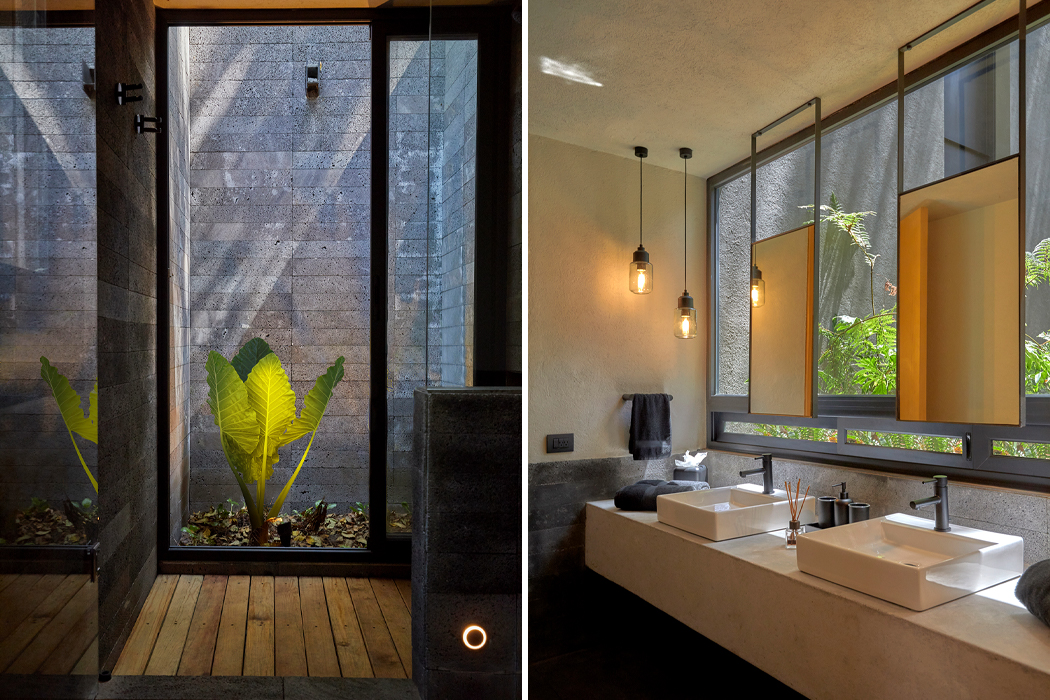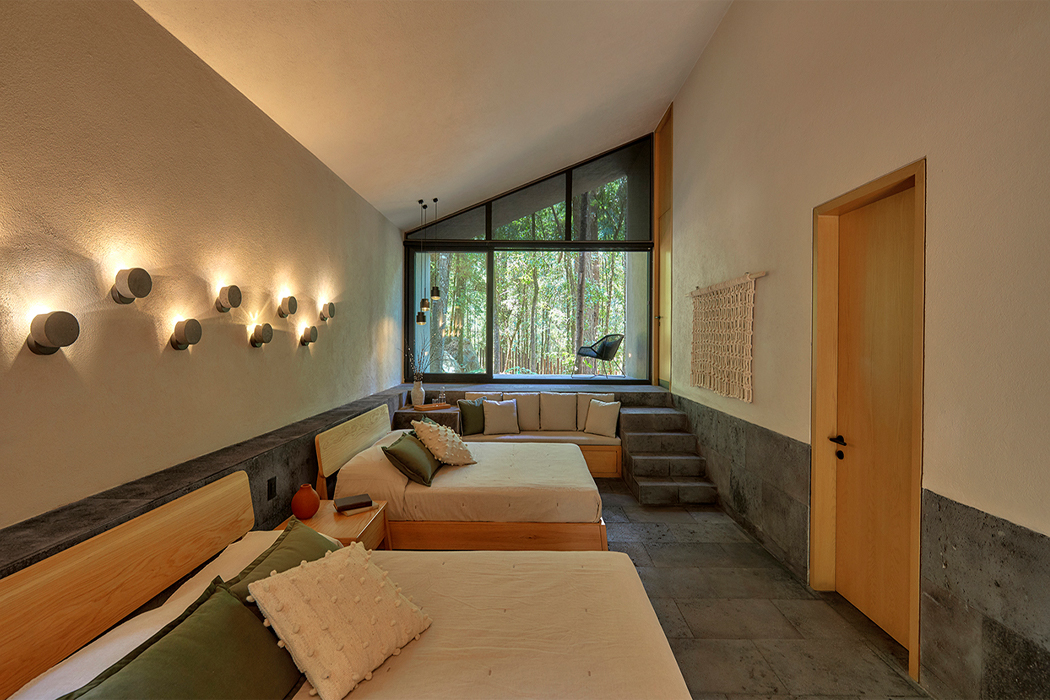
As the world grows smaller, physically and metaphorically, we need product designs that save space, are easy to store and portable, especially as our lives have become more flexible with remote work taking over. This is why flat-packed designs intrigue me because they check all of these boxes! But when you think “flat-pack”, the only thing that comes to mind is packaging and that is why I wanted to curate a list that showed that pretty much anything can be flat-packed – scooters, tiny homes, electric vehicles, pet shelters, photobooths, furniture, and more. The following list has 15 designs spanning over multiple verticles that showcase just how versatile this design principle can be. These designs not only rank high on space efficiency but also eliminate the usage of heavier space-consuming designs. They are functional, ergonomic, minimal, modular and just outright brilliant!
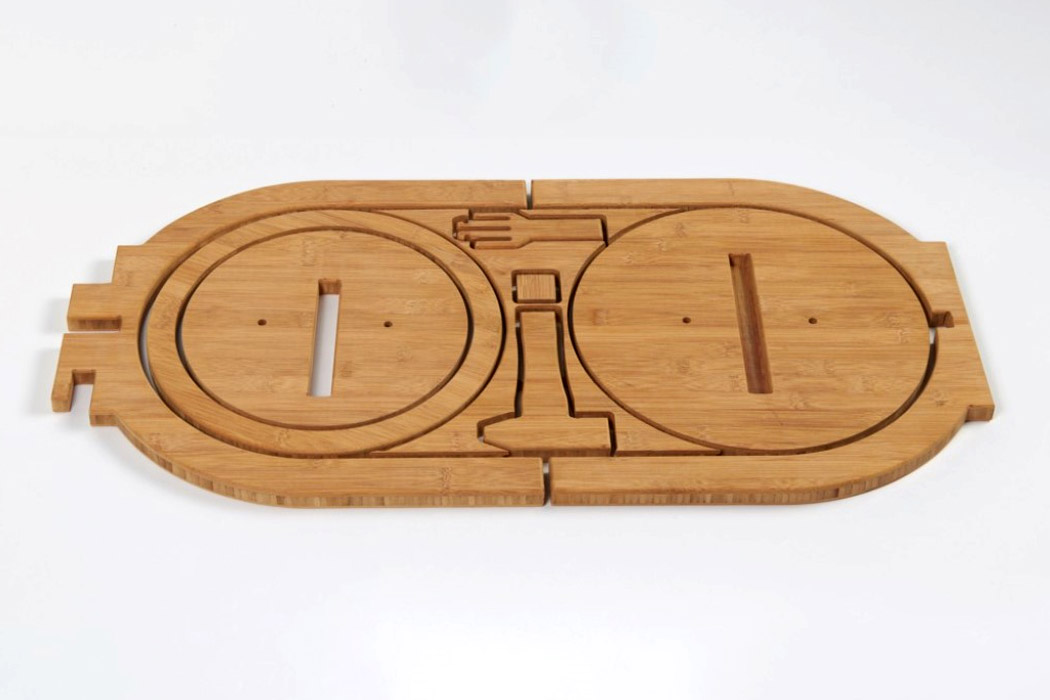
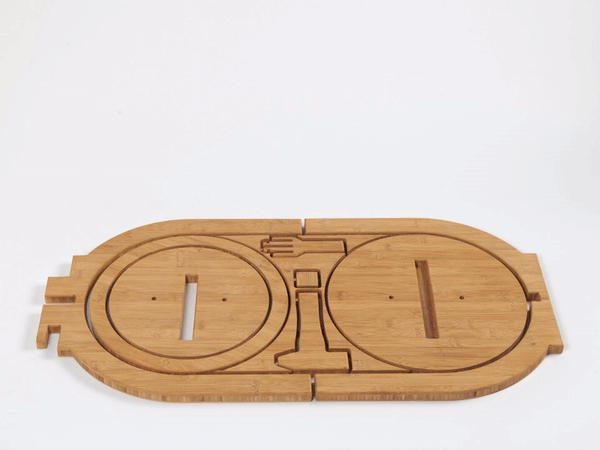
It’s worth noticing how the OO Stool does such a great job of combining sustainability along with technology and a pinch of heritage. Made from a single board of bamboo plywood, the stool is CNC machine-cut in a way that integrates every single aspect of the stool into its design. Everything you need to build the OO Stool sits within that flat-packed jigsaw puzzle of bamboo pieces, minimizing waste by using as much negative space as possible. The legs form the outside, while the dual-layered seat of the stool sits on the inside, with the negative space being filled by tiny rectangular pieces that help lock the stool in place, and even a bamboo hammer to help assemble the stool! The OO Stool uses absolutely no glue, screws, or nails… just really smart designing and Japanese joinery techniques.

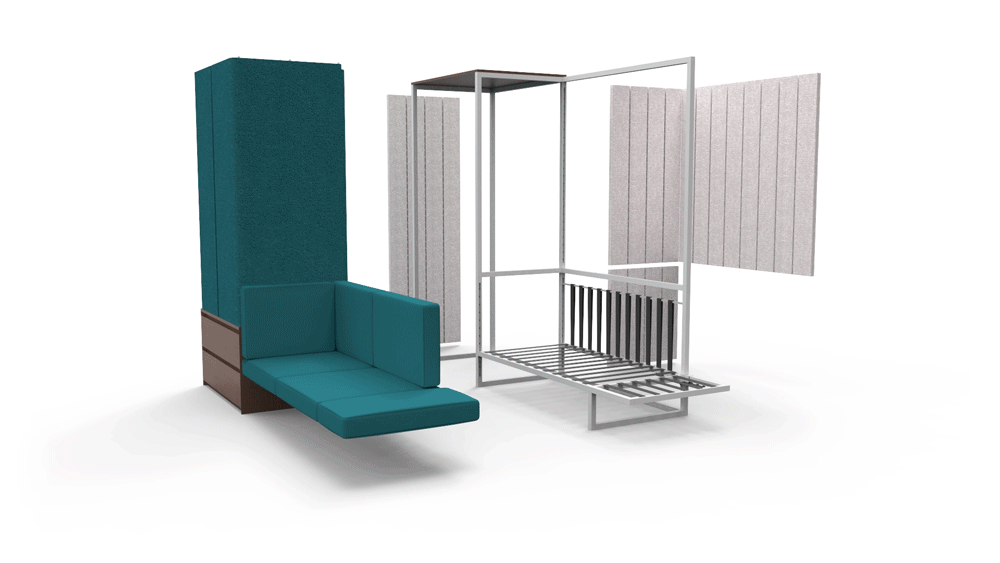
How cool would it be if we could roll up our furniture just like we roll up our clothes to save space right? Well, designer Richard Price kind of make it happen by creating Plus+ – a flat-packed furniture system that maximizes living space and minimizes storage space! Plus+ fits your needs and comes with multiple configurations. The flexible furniture system increases its likelihood to adapt by using a snap-together frame with a joint system across the whole range. The modular design can be easily be assembled and upgraded with new features or additional accessories which enables it to grow with your needs or new spaces.
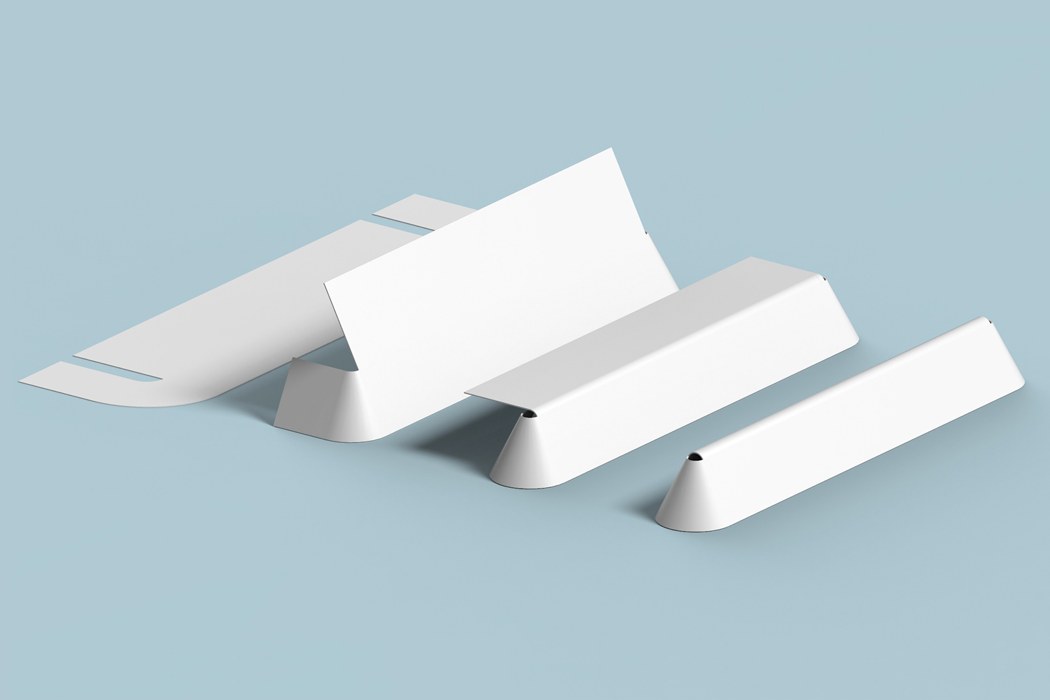
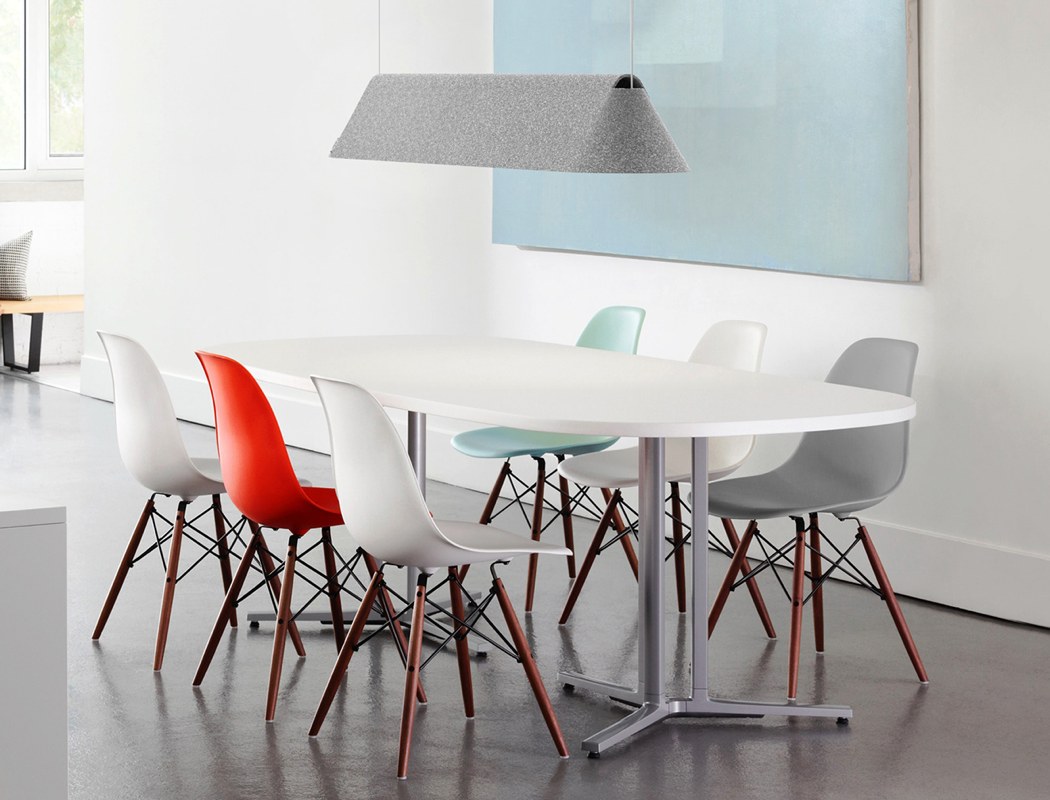
Products can be functionally beneficial and aesthetically beautiful without having to be complicated. Fold Lamp proves just this. Destined for a life within a domestic dining room, the magnesium lamp is elegantly suspended from the ceiling, introducing a gentle glow to the room. However, elegant aesthetics aside, it’s the consideration to the manufacture of the product that makes this project so intriguing. Constructed out of a single piece of magnesium that has been efficiently metal-stamped, Fold Lamp doesn’t require any additional hardware! So, what benefit does this have? Well visually distinctive form aside, in the unfolded orientation, it can significantly reduce shipping expenses from international manufacturers!
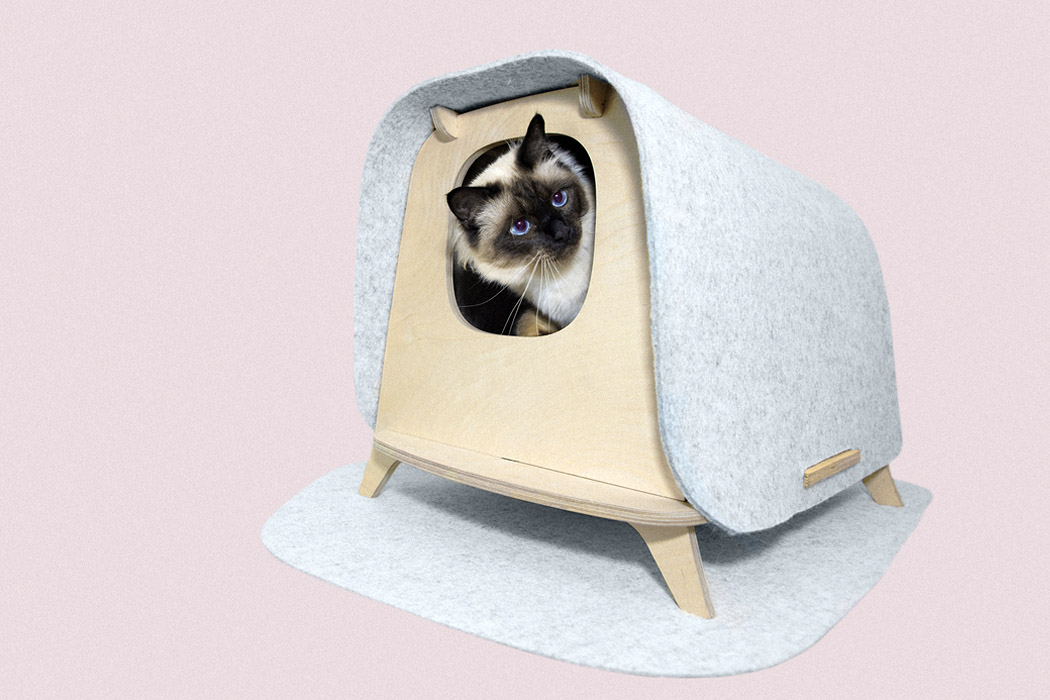

Created using merino felt wool and birch wood, the Wool Lodge is a safe haven of sorts for your pet. You can arrange and form the flat-packed structure by yourself easily. The lodge features merino felt roof, with the rest of the structure being made from wood. Defleur’s lodge basically has two functions. Spacious enough to fit your cat’s litter box, the lodge shelters the box within its structure. Your cat can sneak away, and pee or poop in privacy, away from any prying eyes. On the other hand, you can install a soft cushion or mattress instead of a litter box in the lodge. This creates a personal space for your pet, it could be a cat or a doggo on the smaller side! Whenever your pet wants to simply relax and getaway, they can hop into the shelter, safe from any external noises or extreme temperatures.
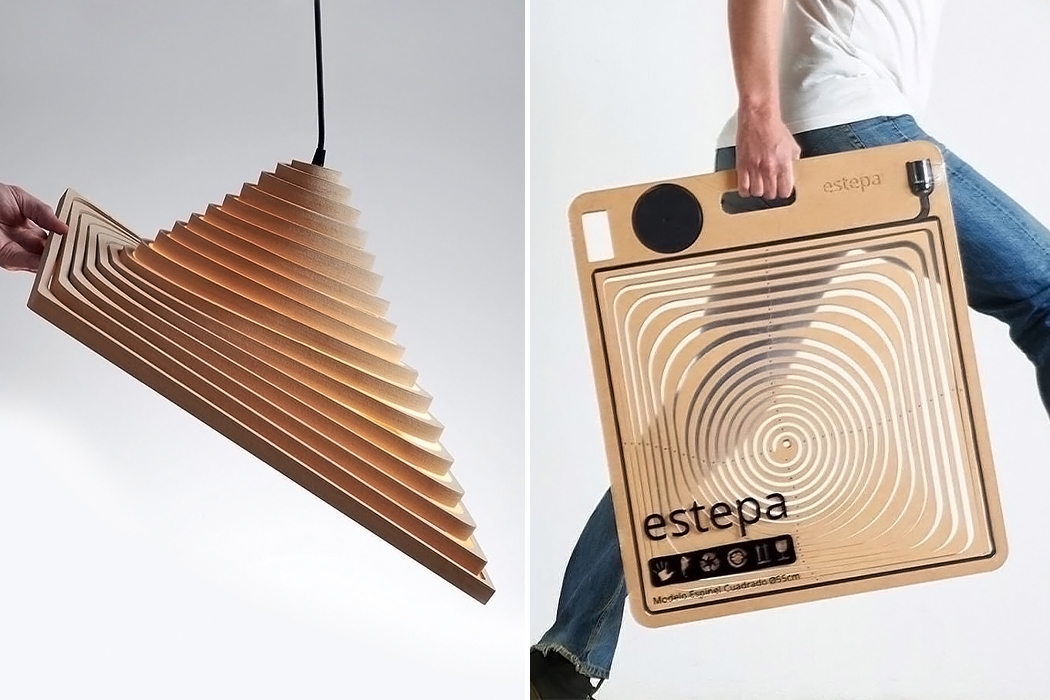

This flatpack design unfolds into a layered lamp! Spinel is a hanging light designed to be easily transformed. The main goal was to create a product that didn’t take up too much space and was also sustainable. “Our responsibility as designers is to produce objects that occupy the smallest possible volume. The purpose is to use the least amount of raw material, producing long-lifespan objects that can be easily recycled,” says Guille Cameron. The origami-like form is minimal, elegant, and certainly unique. Unfolding the lamp adds a dynamic layer to the product and the wooden design itself is a warm addition to any space.
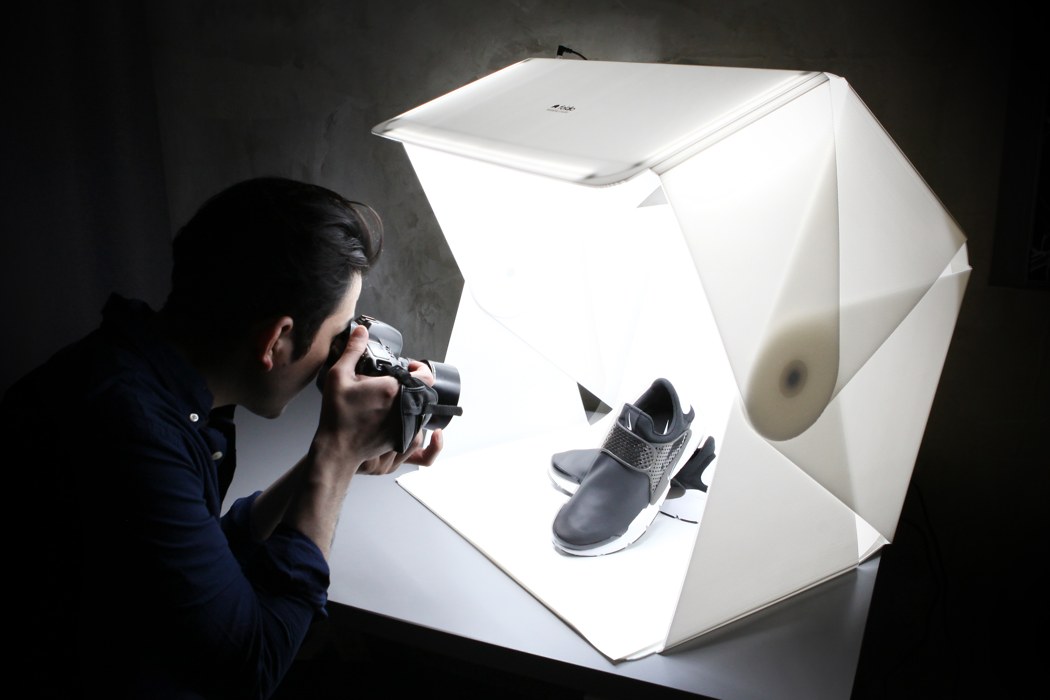

With the Foldio3, tongue-tantalizing photographs are just literally a portfolio case and 10 seconds away. While most traditional photo set-ups comprise a room full of equipment and hours of setting up, the Foldio3’s innovative design puts all of that into a small flat-packed case that can fit right under your arm. Open it out and assemble it using the magnetic locks and you have yourself a studio-grade lightbox for your product photography. On the top of the box are 3 LED strips too, negating the need for those massive bulky studio lights. The Foldio3 comes with two backdrops too, black and white, depending on the kind of shot you need. You can even use your own green backdrop for those green-screen applications.
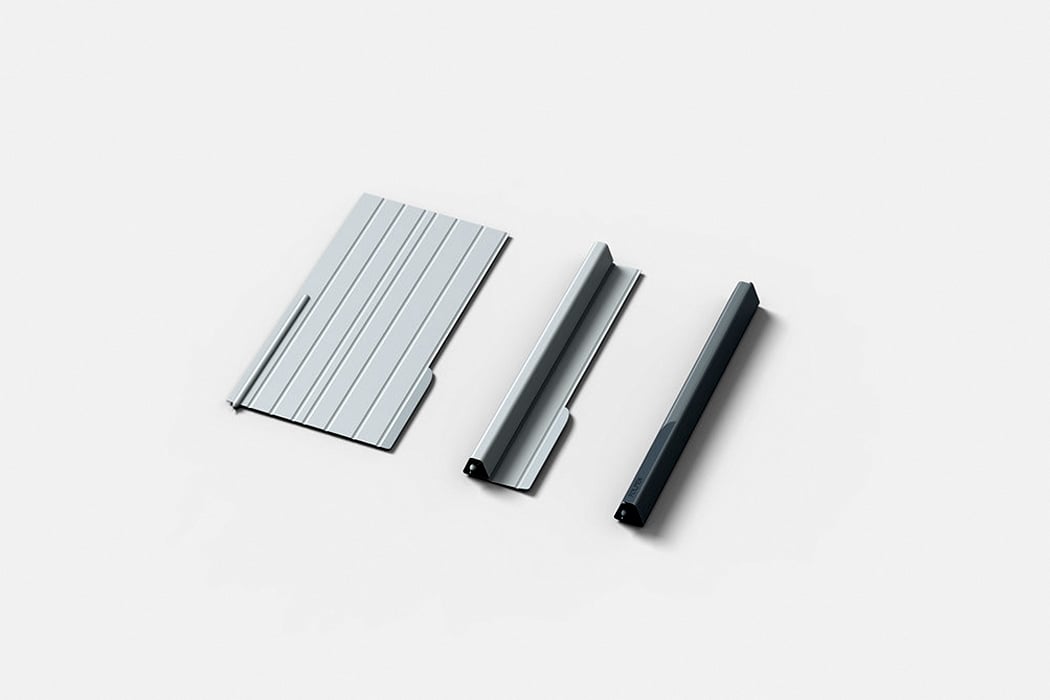
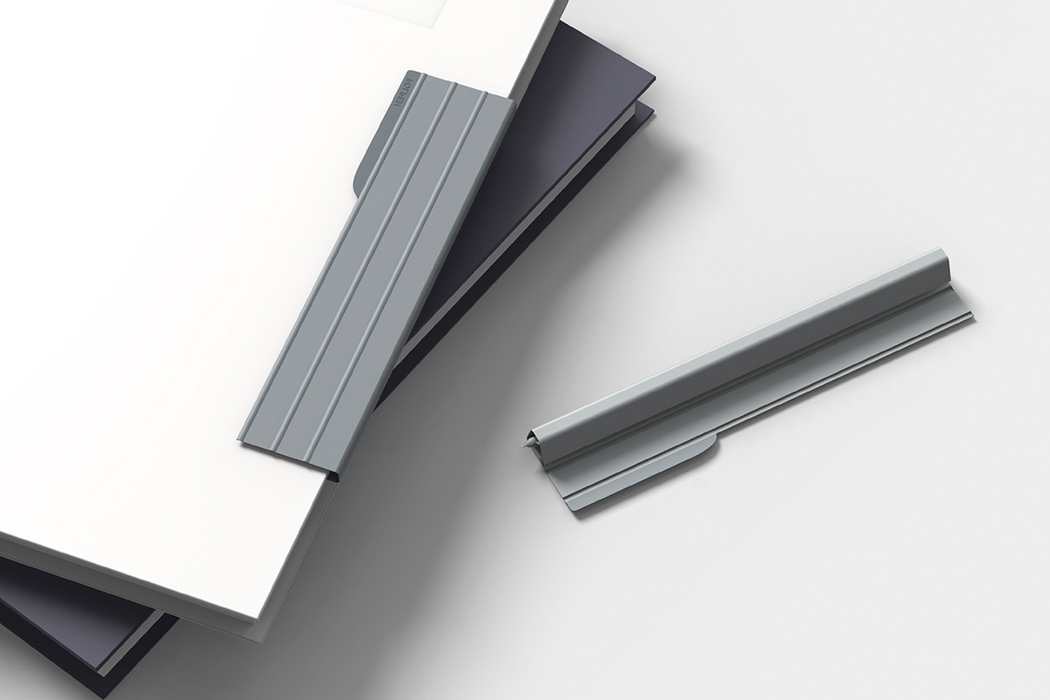
The Folpen is tinier and more compact than your usual pen, however, what sets it apart are its components. The pen comprises of an ink refill and a plastic sheath. Surrounded by a ribbed plastic sheath, resembling the covers used to protect our iPads and tablets, the refill is enveloped by the sheath, forming the pen’s body. With the sheath folded around the refill, it snuggles comfortably within and only its much-needed nib peeks out. On folding it, the cover forms a triangular flat-packed structure around the refill, creating a pen with an ergonomic form that is easy to hold and operate, as well as to carry around. The end of the cover has been equipped with a magnet, so you simply wrap the folded pen onto a book, and it attaches itself to the book instantly.
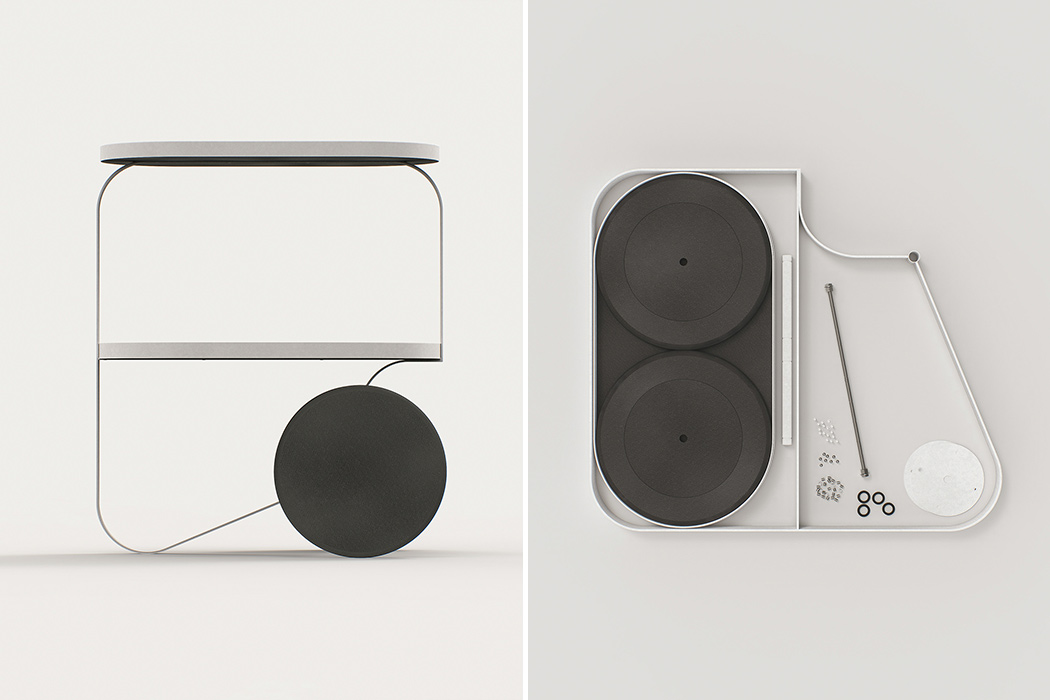
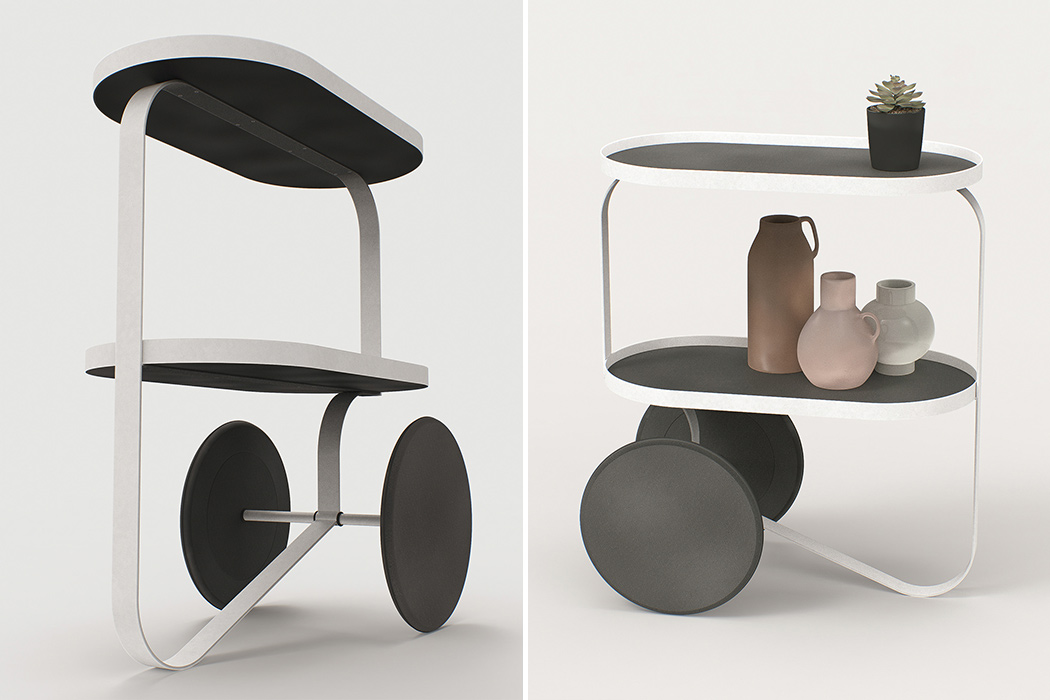
This minimal and elegant piece by Annabella Hevesi called the O TRL lets many of us living in tiny spaces enjoy the luxury of having a movable cart. This tray table is a versatile piece of furniture – use it to store your stationery, kitchen knick-knacks, or as a makeshift desk in work from home emergency scene – the pure and minimal aesthetics of this design make it a perfect match everywhere. The trolley has a slim and sleek silhouette and is constructed using a black MDF board, powder-coated steel, and rubber. Do not be fooled by its humble looks; this tray can bear its fair share of weight and move around smoothly, given its large weight-bearing wheels. Sleek, versatile, and fun, this tray table defines the blueprint of what functional furniture design must be like, a 2020 version of Bauhaus, if you will.
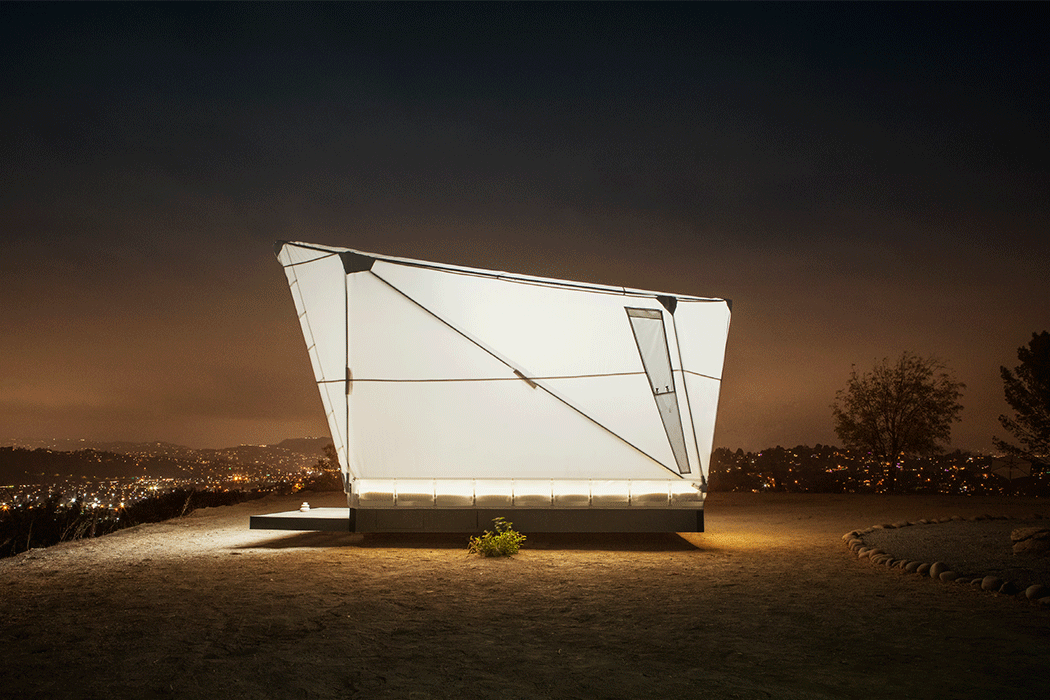
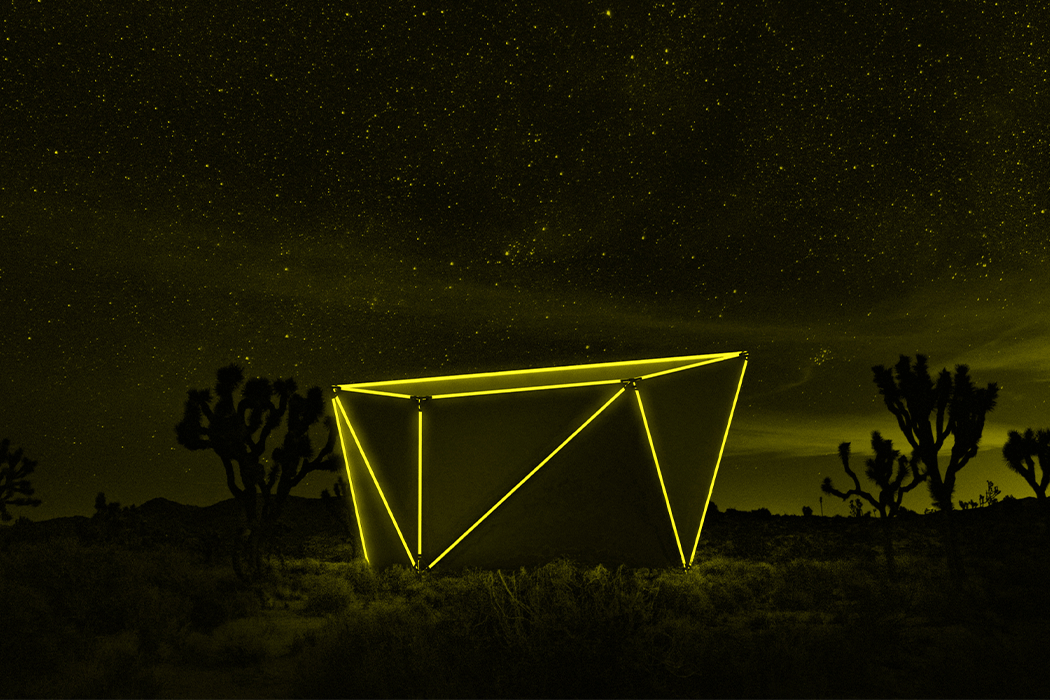
Jupe is a portable off-grid shelter that flatpacks so you can pick any spot on the planet and pitch your tent. The futuristic silhouette is inspired by Stanley Kubrick’s 2001: Space Odyssey which explains the aluminum pole frame and glowing Firesist fabric exterior which also make it suitable to withstand different climate conditions. Designed by a team of multidisciplinary experts from across the housing, architecture, and engineering industries, including former SpaceX, Tesla, and AirBnB, Jupe is the best in the game. It can be assembled in hours and gives you a 111-square foot space featuring tall ceilings, finished Baltic birch wood floors, a queen bed, and a storage area – think something right in the middle of a tiny home and glamping pod. Mobility is at the core of the design and hence chassis foundation has been created in a way that involves no decking or foundation to be built which makes the shelter adaptable to any terrain, level or not, and leaves the land minimally disturbed.
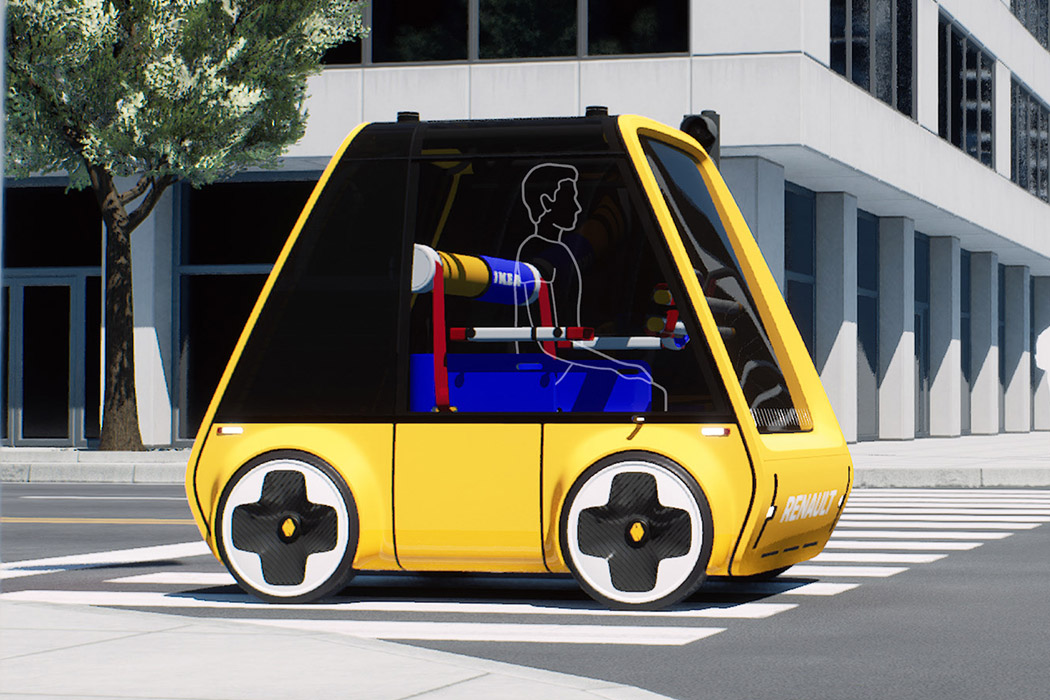
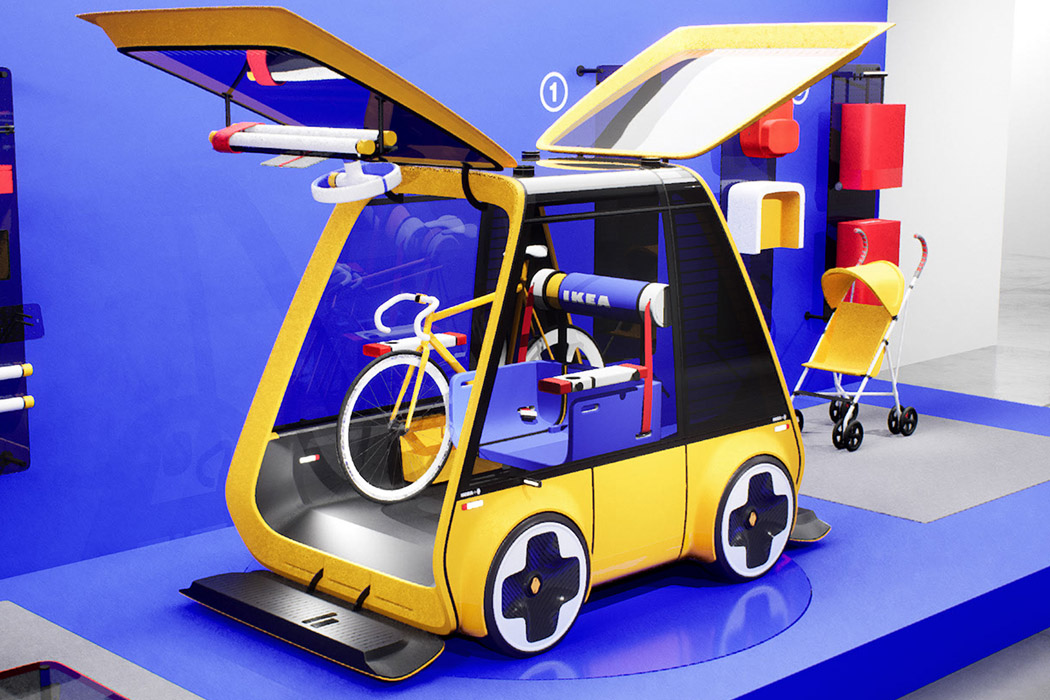
Höga is a vehicle that adapts IKEA’s winning philosophy of production, packaging, and practical use to give the users a comfortable ride that’s highly functional. This is intertwined with Renault’s advanced mobility platform to create an urban commuter with sustainability in mind. The vehicle’s body is recycled into other products after its lifecycle keeps the waste to a minimum. Design inspiration for the practical commuter comes from the classic Bauhaus principle of clean and purposeful design. The car ships right out of reusable crates to cut on transportation costs, and once it reaches the destination, the containers are reused to ship back broken furniture. Just like IKEA, Höga can be assembled by one person in few hours thanks to its simple LEGO-like attachable frame elements in a perfectly symmetrical design. There are 374 total parts and 114 individual parts, but don’t worry the instructions are easier than those of IKEA!
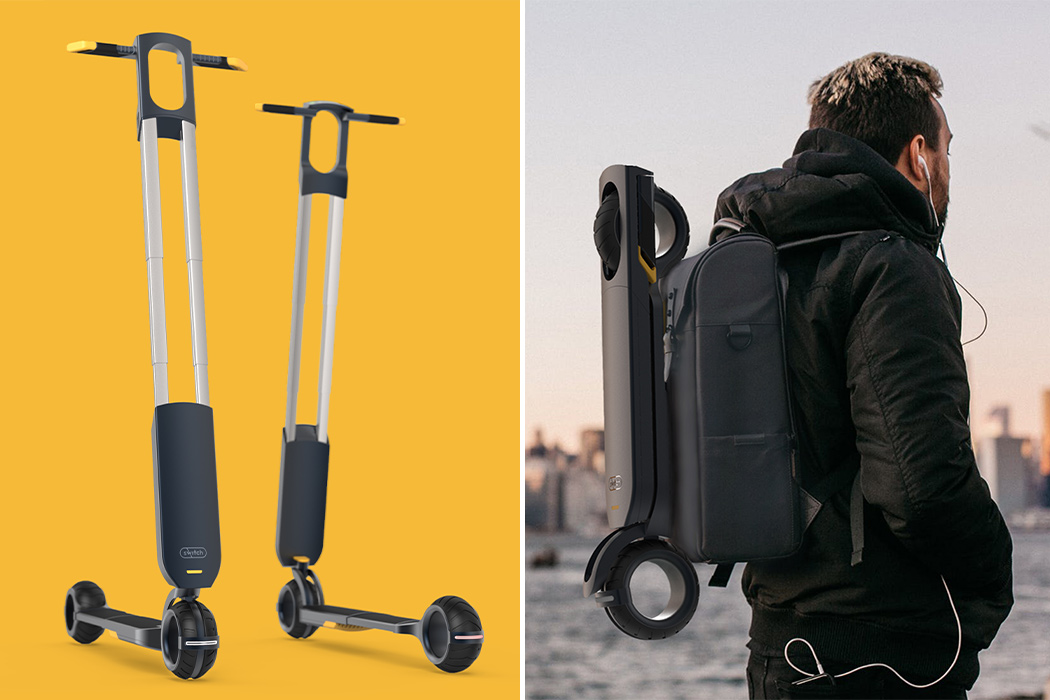
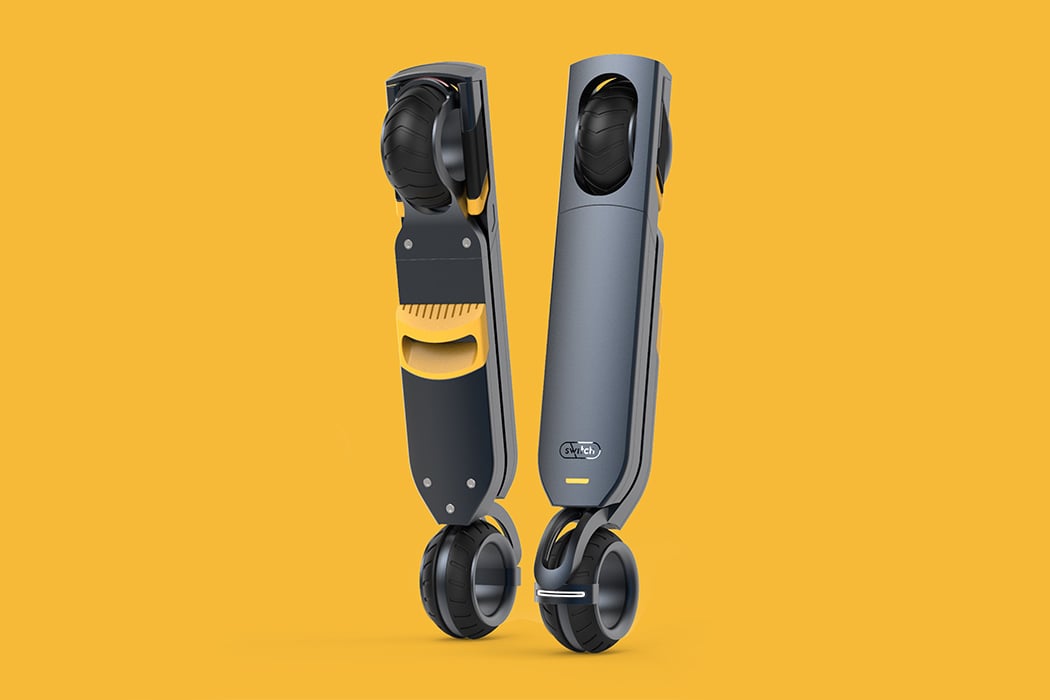
Switch is designed to make commuting in the city easier and solve the troubles one faces like the frequency of public transport, crowded parking, and poor infrastructure. Currently, you have electric rideshare scooters that are popular in urban settings like Bird, Lime, and Yugo but they come with an added responsibility of parking and crowding the sidewalks. It’s different from its competitors because it is truly portable. The flat-pack mechanism allows you to just fold it up and carry it along even if you’re walking or using a public transport service, you won’t have to worry about loading it and unloading it. It has a sleek build that blends in with your lifestyle and is as easy as carrying a backpack. The scooter comes with a fingerprint-enabled unlock button which is located below the handlebar. One of the coolest features is how the accelerator and brake pedals have been incorporated into the handlebar – it simplifies the user experience and interface!
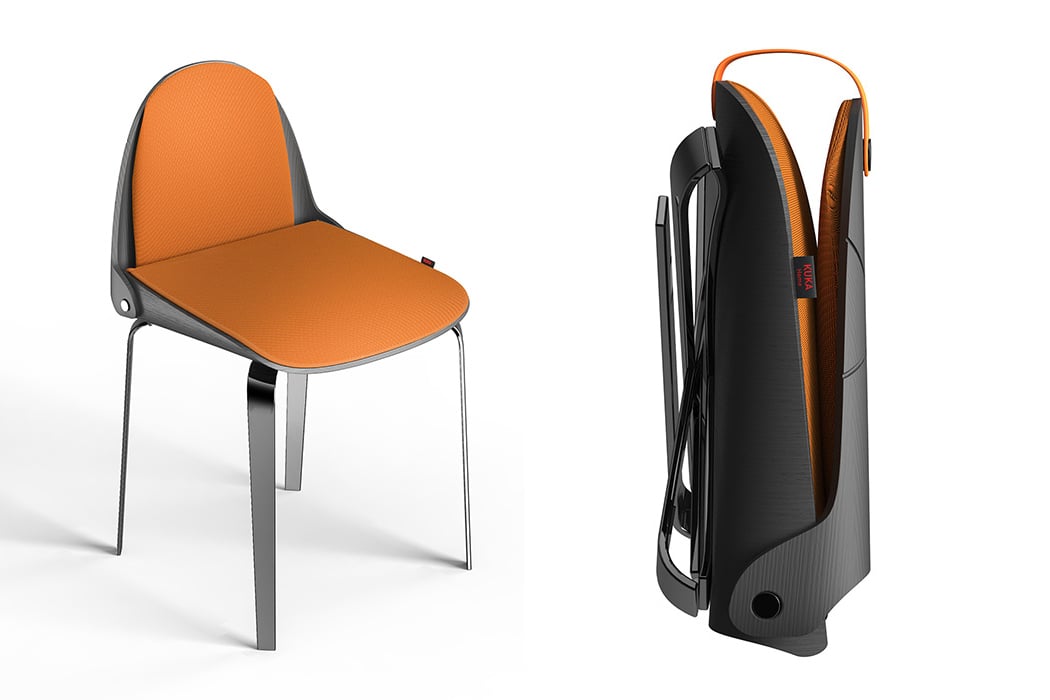
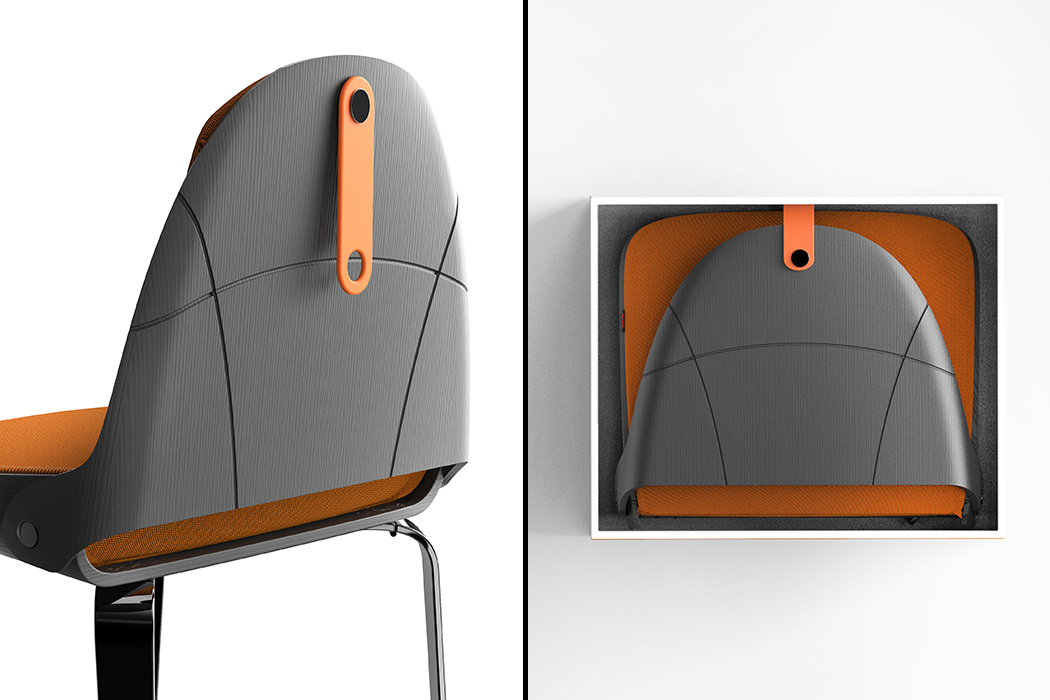
The Lu chair folds without effort and can be carried around easily. A lot of designs we see are foldable but even after folding not easy to carry around or takes too much time to fold. Made up of plastic, this makes the mechanism work perfectly. As Lu explains, “Many times we find ourselves having to put away objects, perhaps to make room, perhaps to clean the house and sometimes even to take them with us, but above all for furniture of a certain level it is always very difficult. This is where “Lu chair” was born, a dining chair suitable for different types of target, from the most elegant and sophisticated with an eye to detail but also to a younger, fashion-conscious audience. The design is innovative and elegant at the same time and the name “Lu” derives precisely from “luggage” because of its ease of being resealable and transportable wherever you want.”
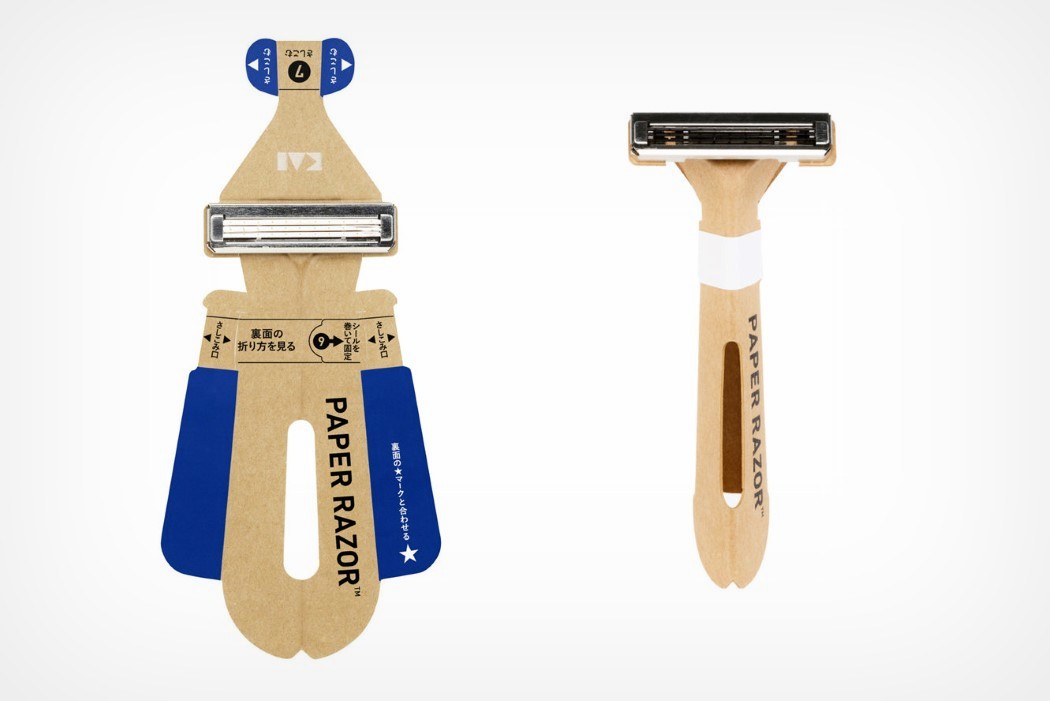
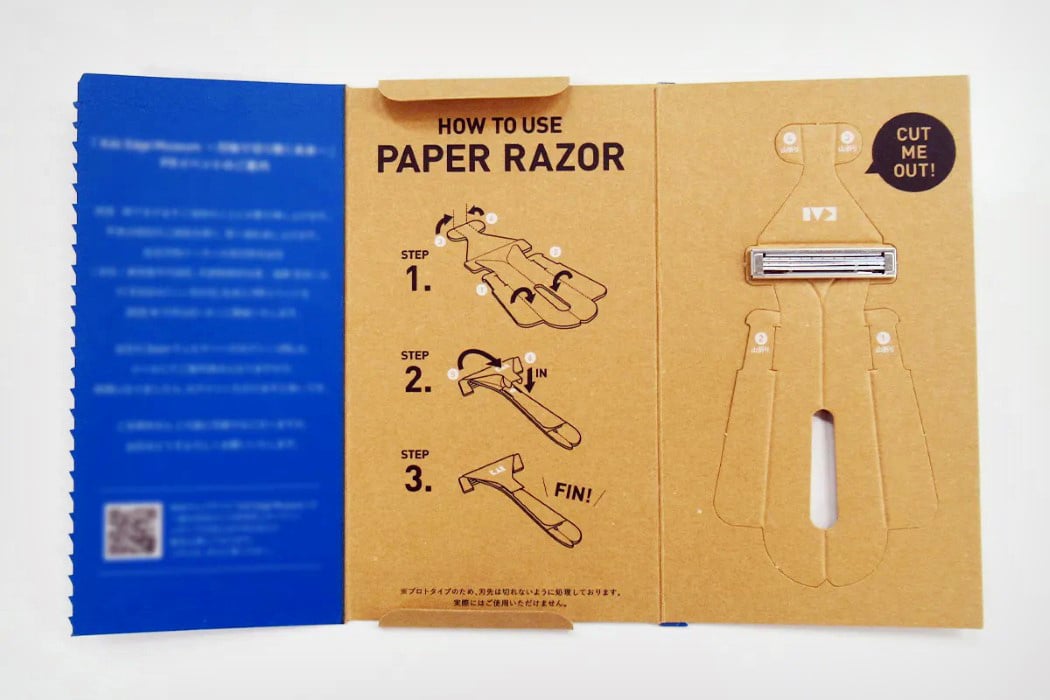
World’s first paper disposable razor unveiled in Japan! This gives a completely new meaning to the word ‘papercut’! Paper Razor is a sustainable alternative to disposable plastic razors. It is crafted from water-resistant paper like the ones used in milk cartons and it can also withstand temperatures up to 104°F (40°C) in case you like to shave with warm water. The razor weighs 4 gms and only 5 mm thick thanks to its all-paper body with a metal blade-head on top. Designed to be flat-packed, the single-use razor comes completely unfolded and can easily be put together in seconds by folding in the sides and the top to create a rigid, ergonomic razor with a grippy handle. Its origami-inspired design gives it as much strength and maneuverability as a plastic razor while minimizing the use of plastic by as much as 98%. The result? A razor that can be easily flat-packed and shipped, used and then disposed of…safely, of course.
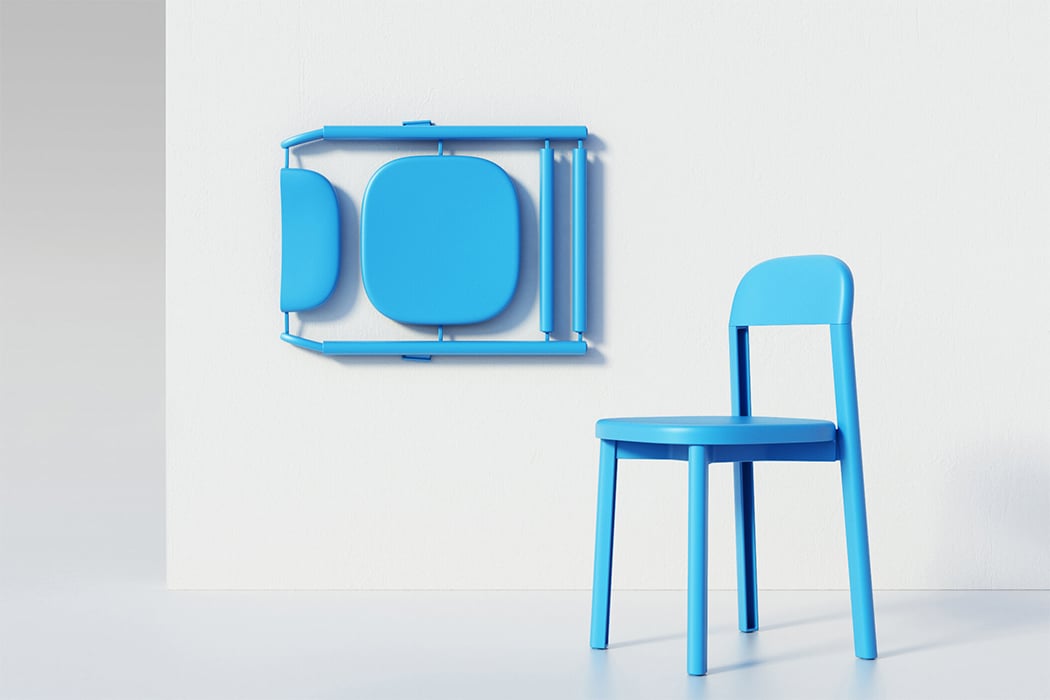
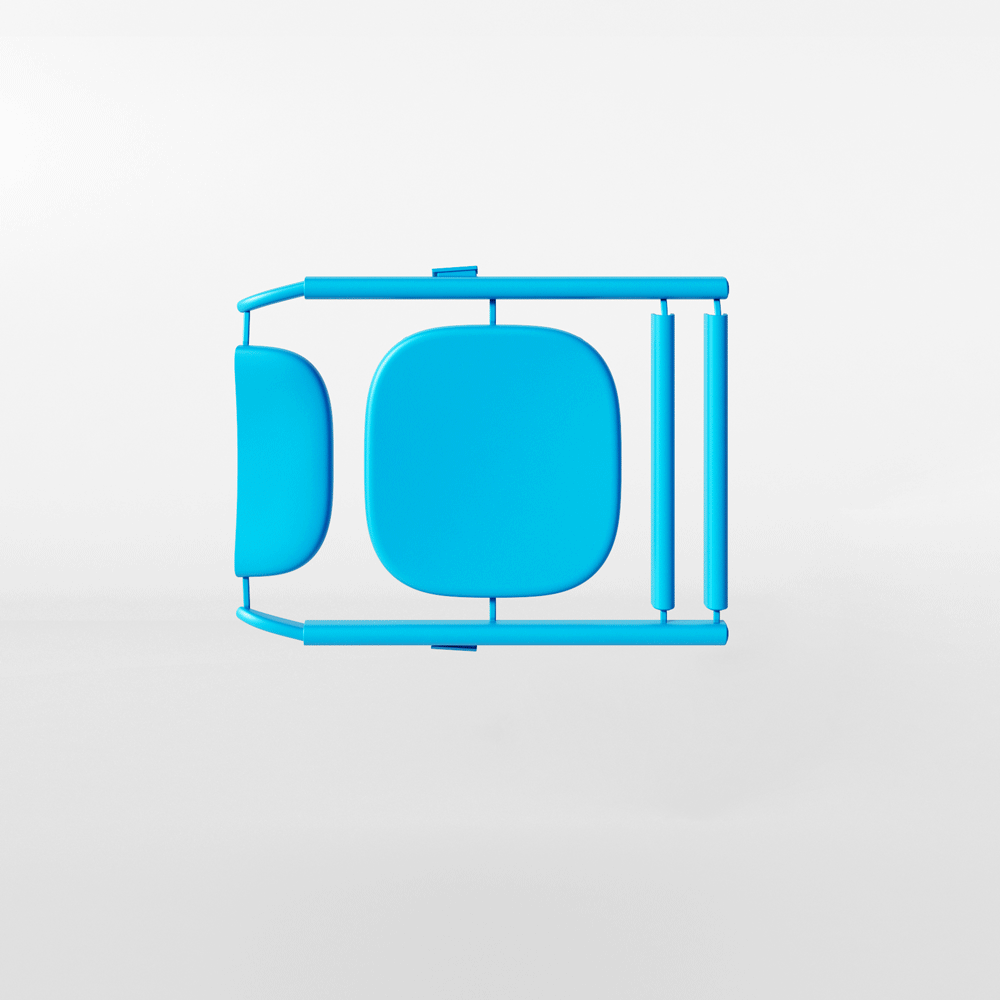
Chair 1:1 was born after a rigorous 5 year long design process that gave us a mountable/demountable chair whose every piece was molded in one go. This optimized the mold size, speeded up production, and reduced waste drastically when compared to a traditional chair. “It is sold just as it comes out of the mold, bypassing several steps; it will be the buyer who will complete the process: this is what we call hyper-seriality,” says the designer duo. “When looking at the Chair 1:1, it is inevitable to have a blast from the past, remembering the boxed toy kits. There are no screws nor bolts: assembly is effortless + quick. Mounting an object makes a bond with it and makes you feel its full value; it builds an affection that stops you from getting rid of it.” The fastening elements of the individual parts are made to be easily producible and extremely resistant. It has been designed to be easily stored, shipped, and transported – 26 boxed up chairs take up only 1 square meter which is the key to increasing online sales as well as shipping sustainably!
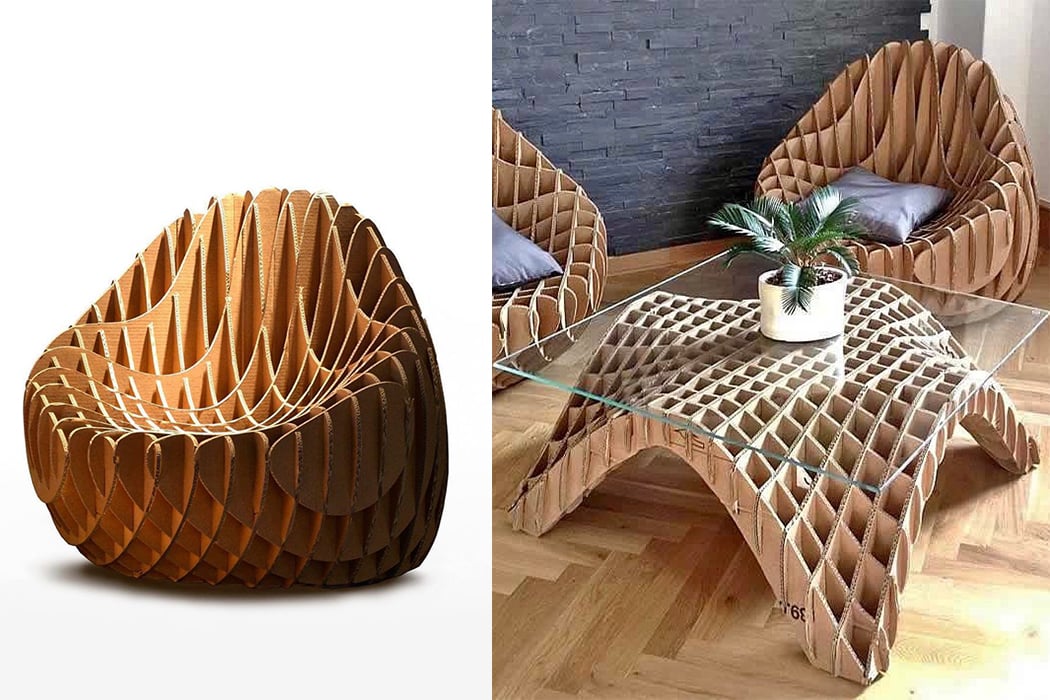
This cardboard chair is 100% recyclable, biodegradable, and easy to assemble! The MC 205 Cardboard Chair can be flat-packed and requires no tools to put together – something better than puzzles for game night? There were 13 prototypes before the MC 205 was finalized and now the company has released MC 207 which has been tweaked to be more comfortable. The team has also built upon the chair by adding more furniture like couches, tables, and counters made with the same principle. Imagine this but in the shape of the Iron Throne!

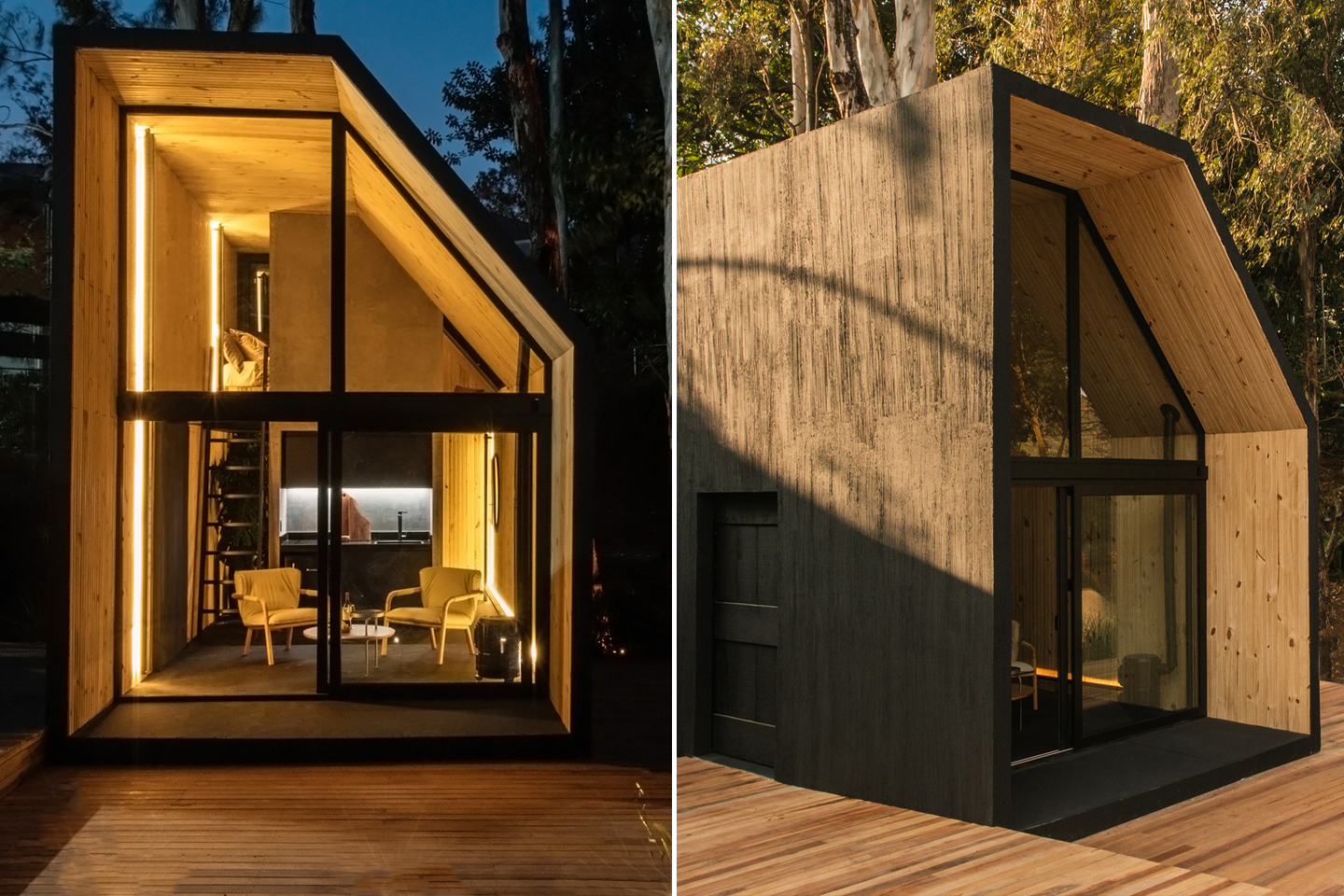
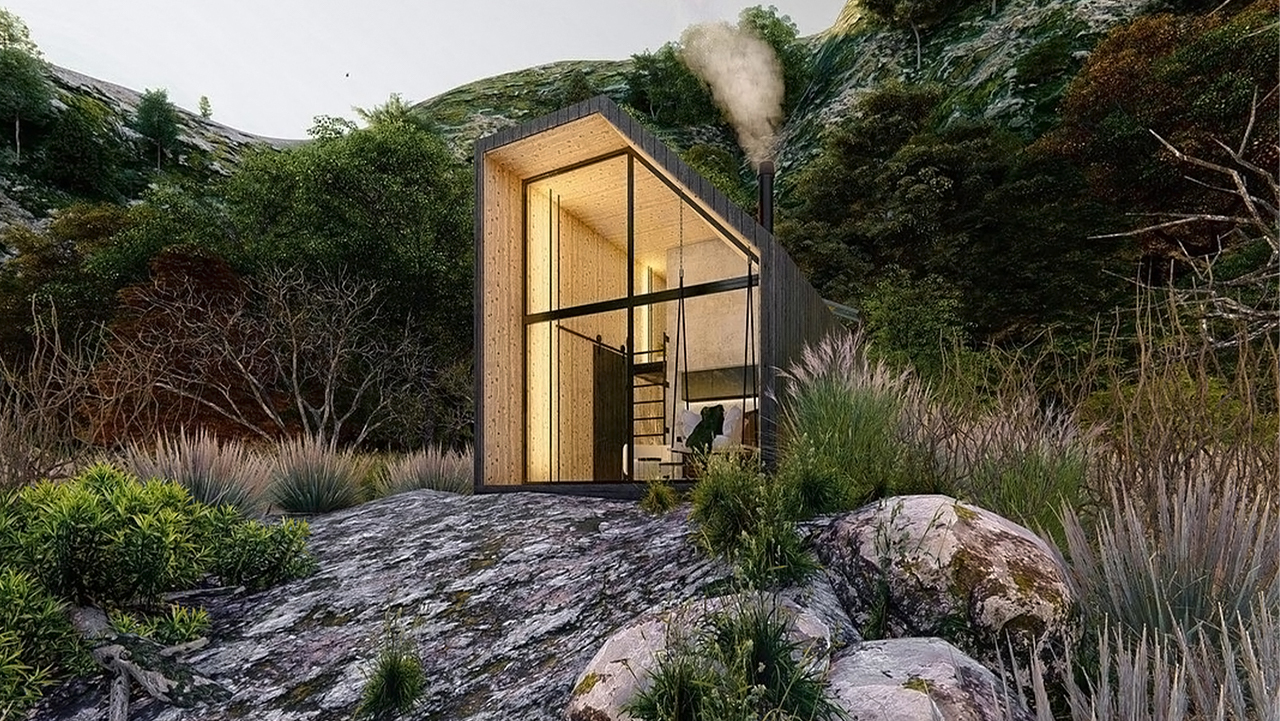
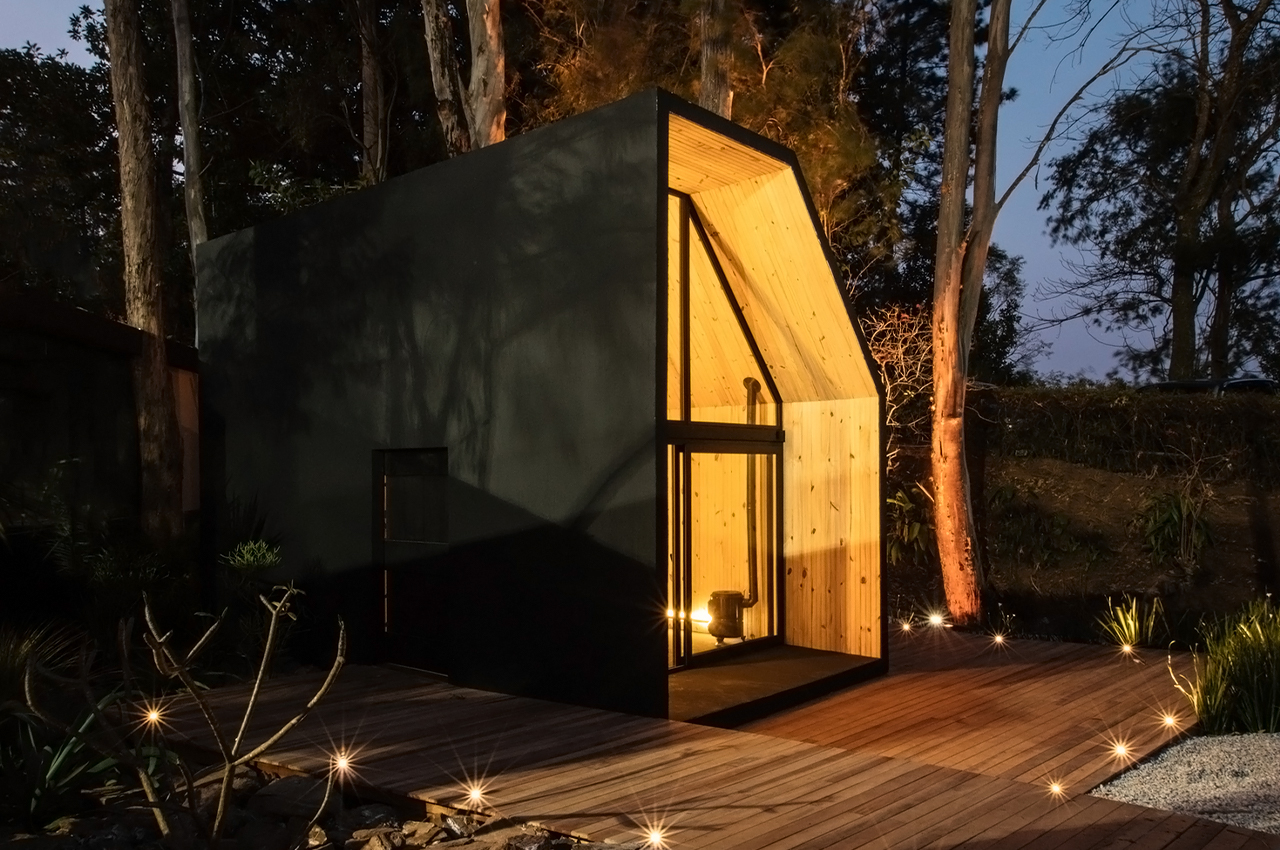
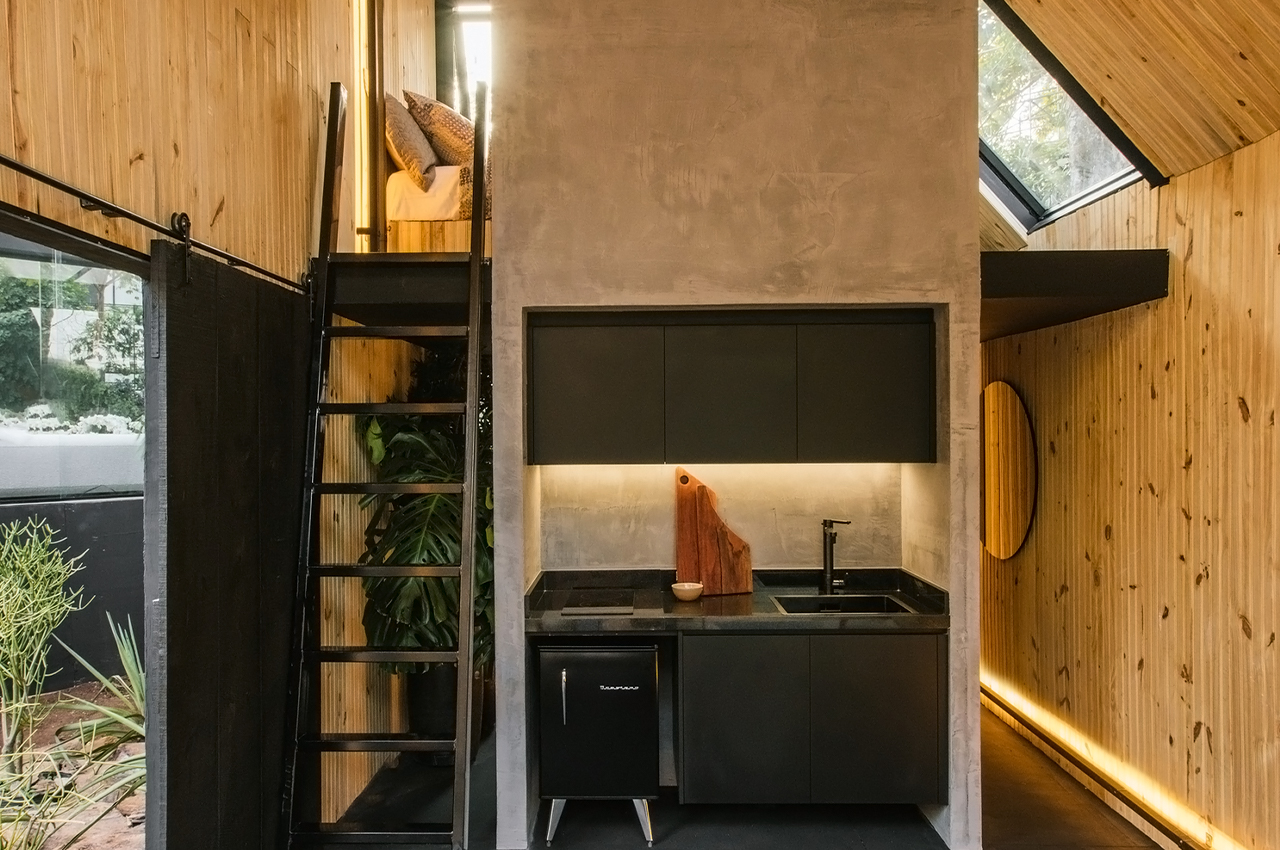
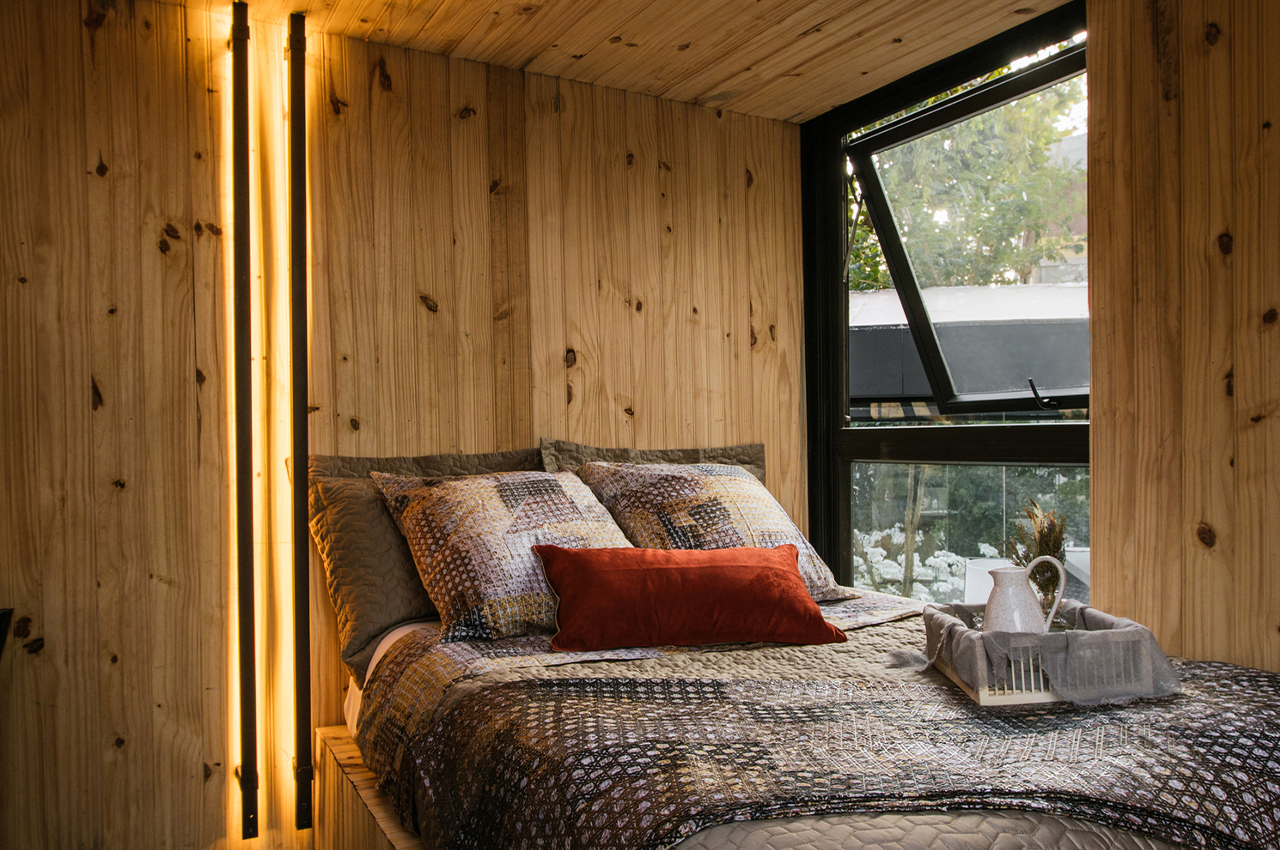
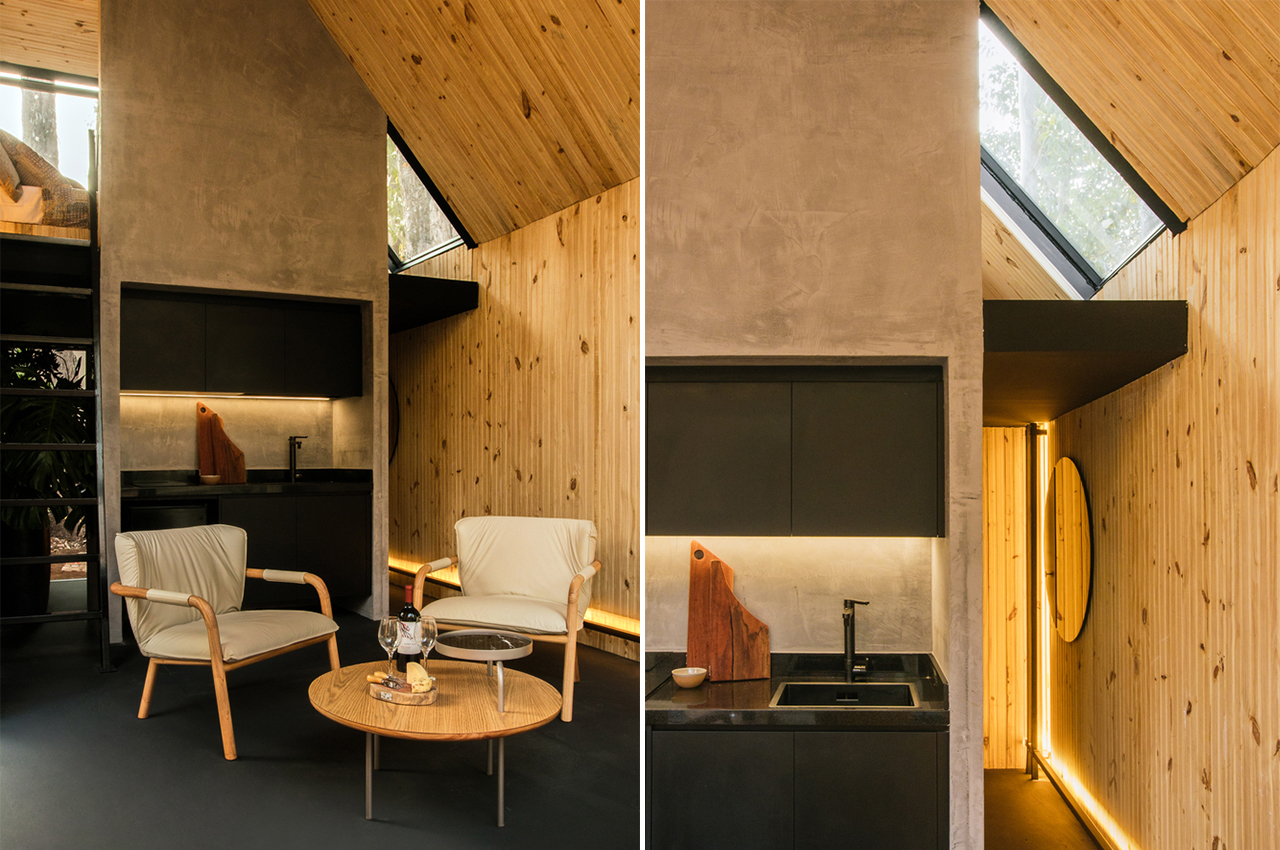
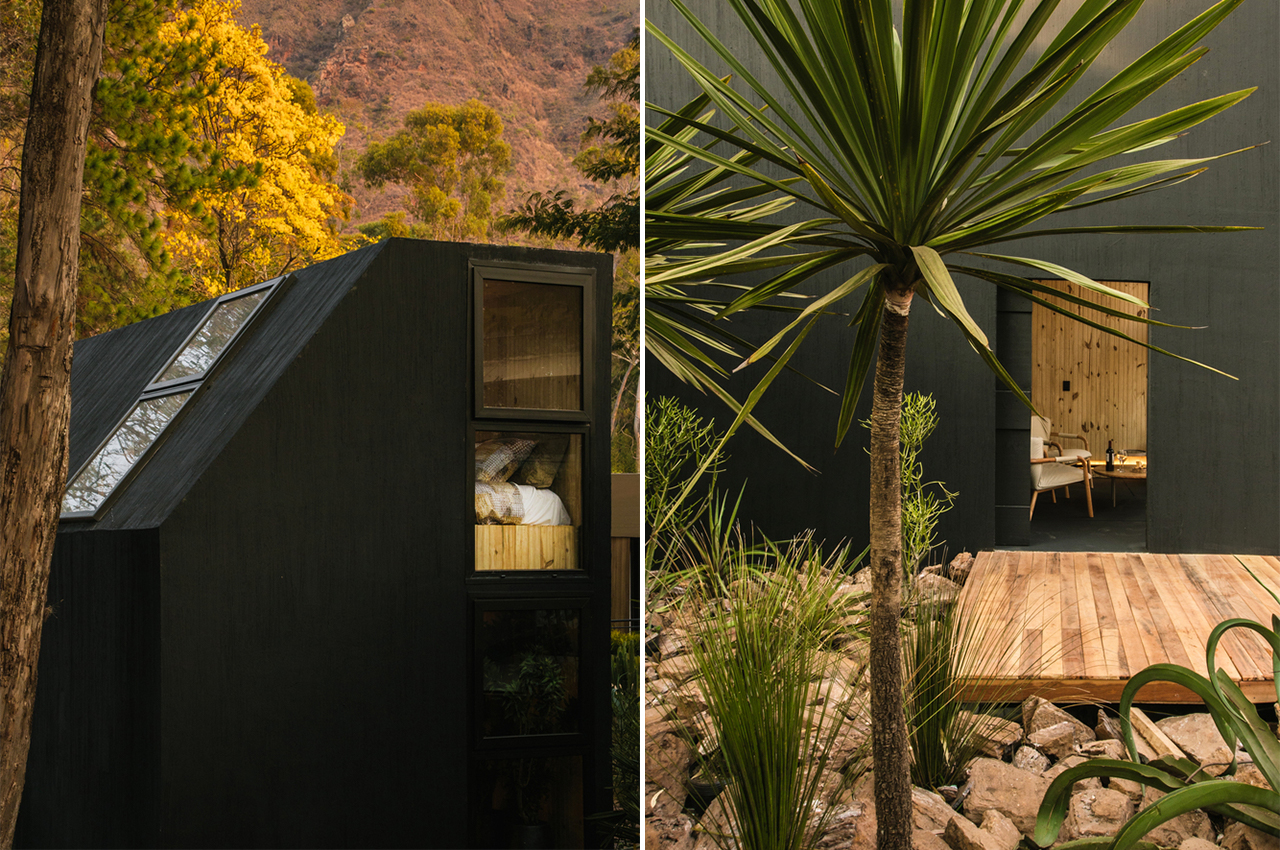

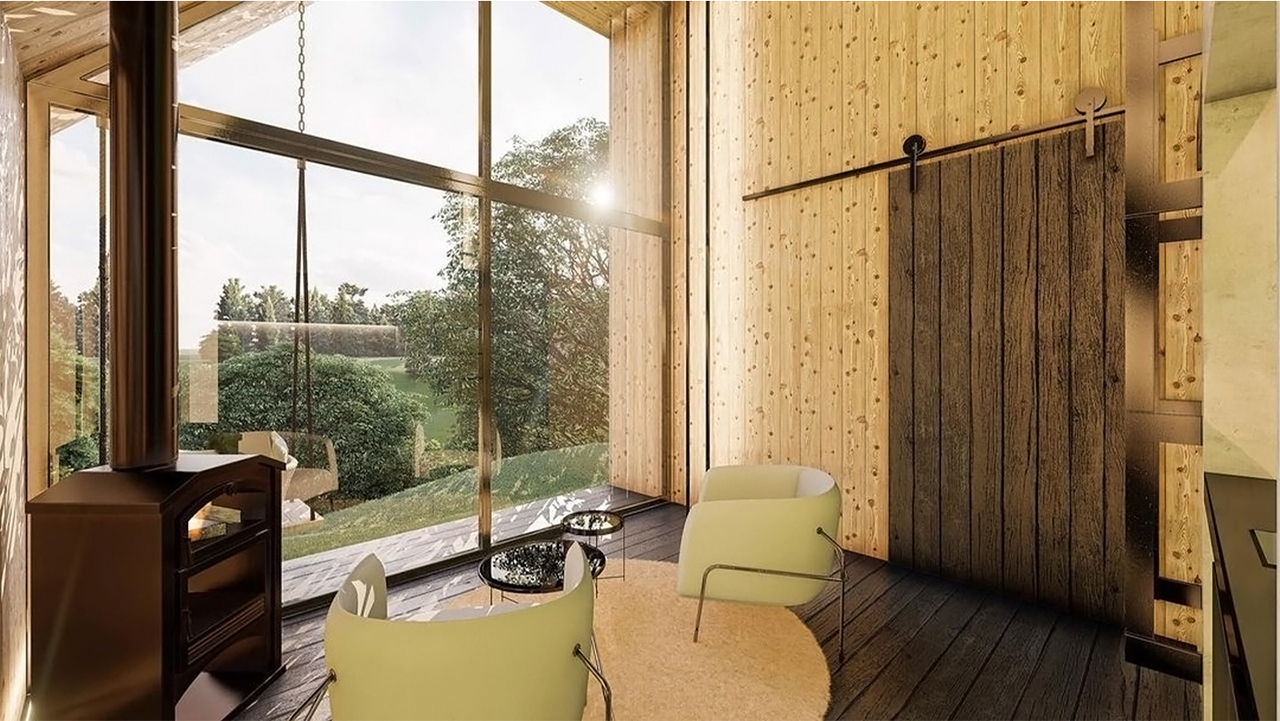
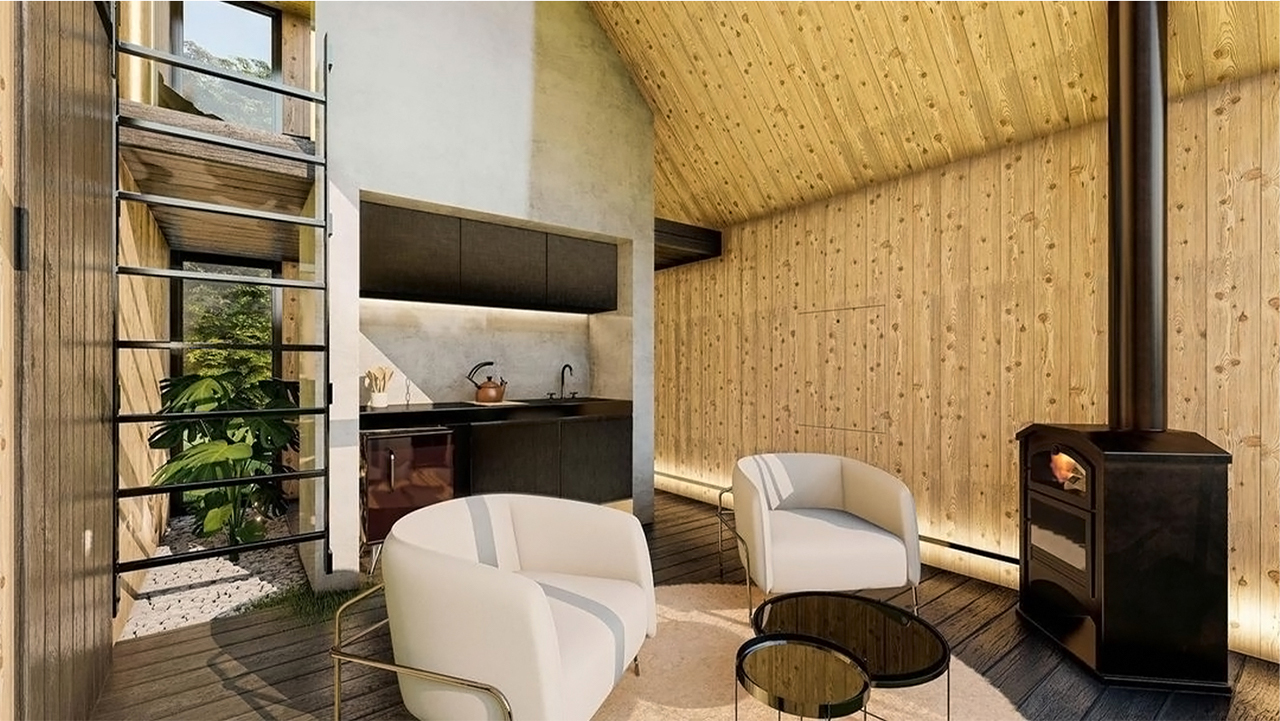
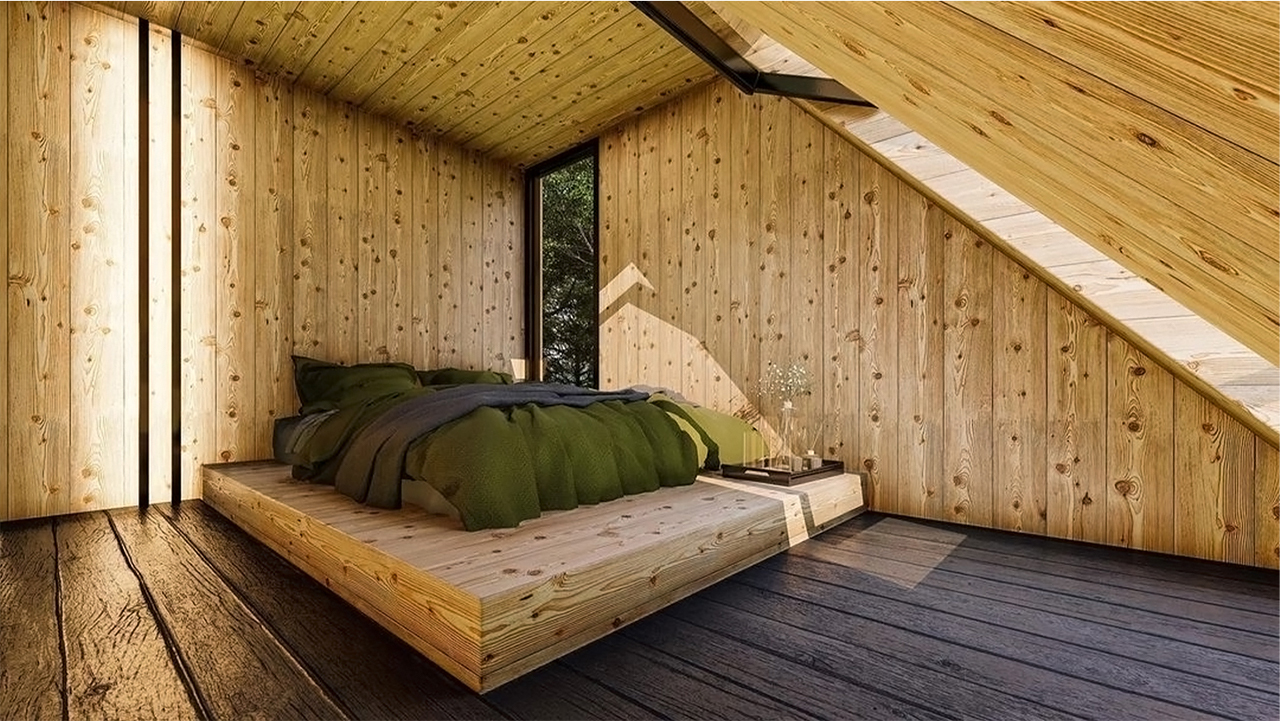
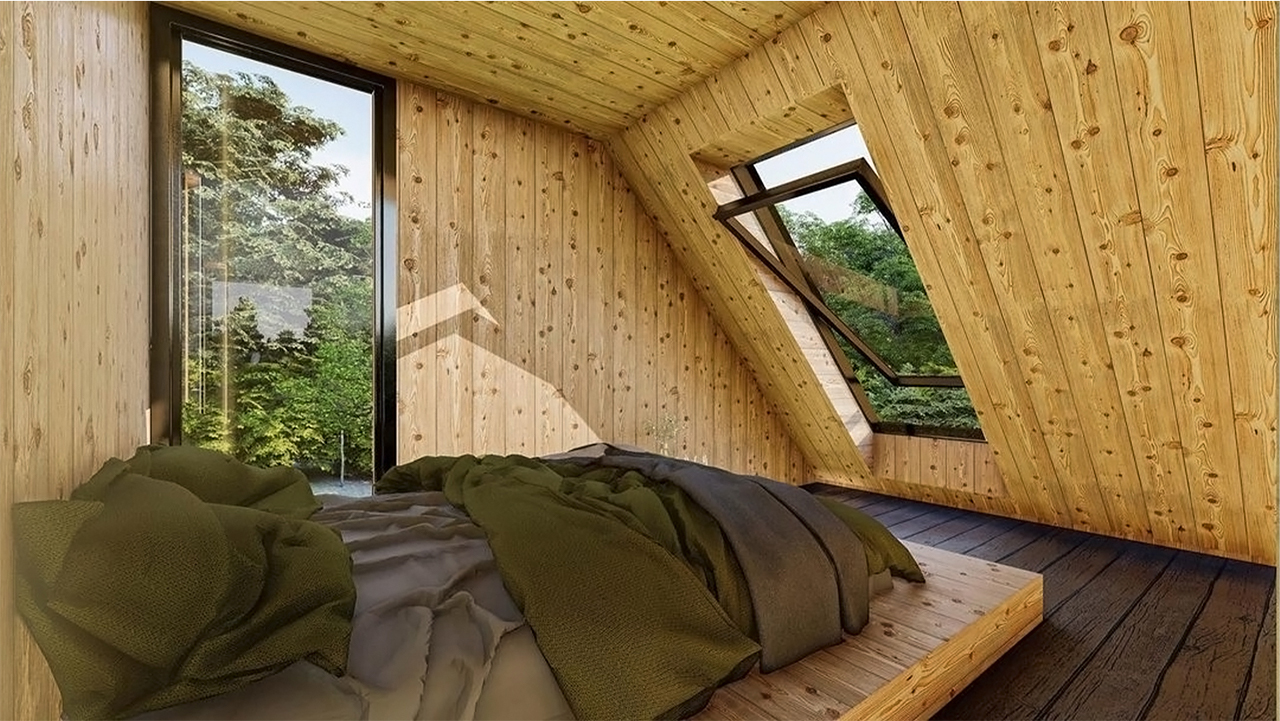
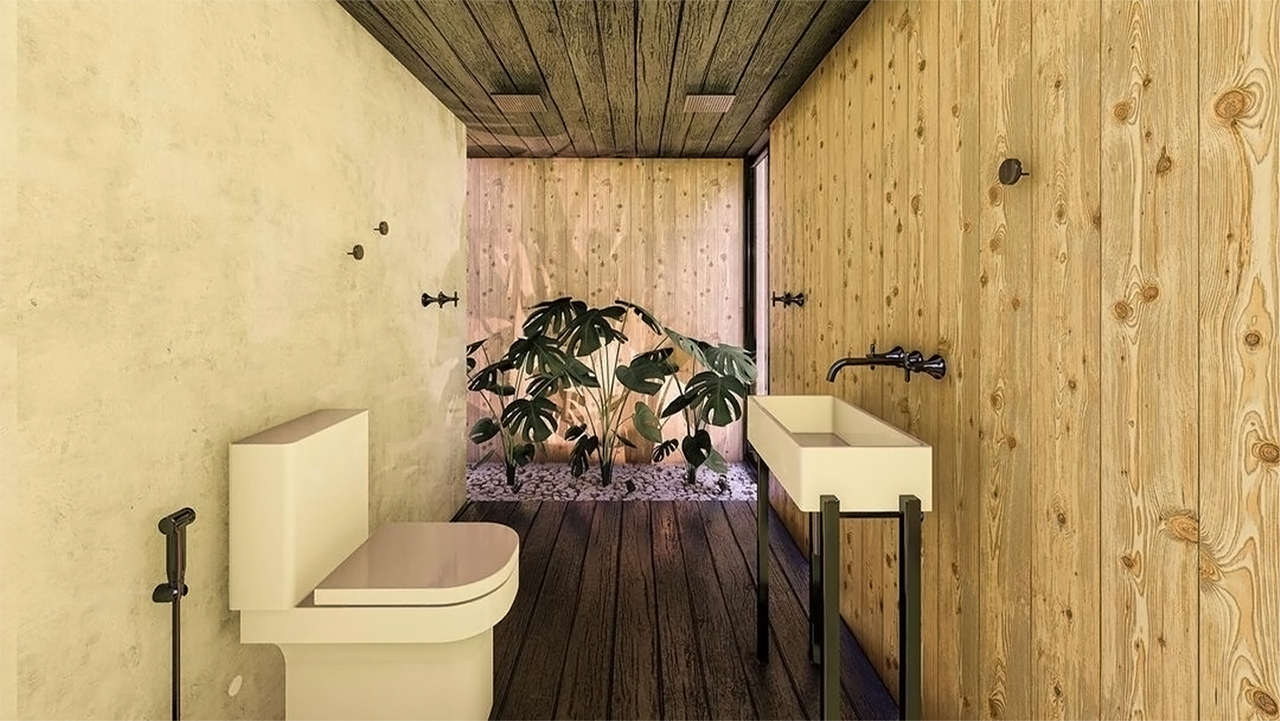
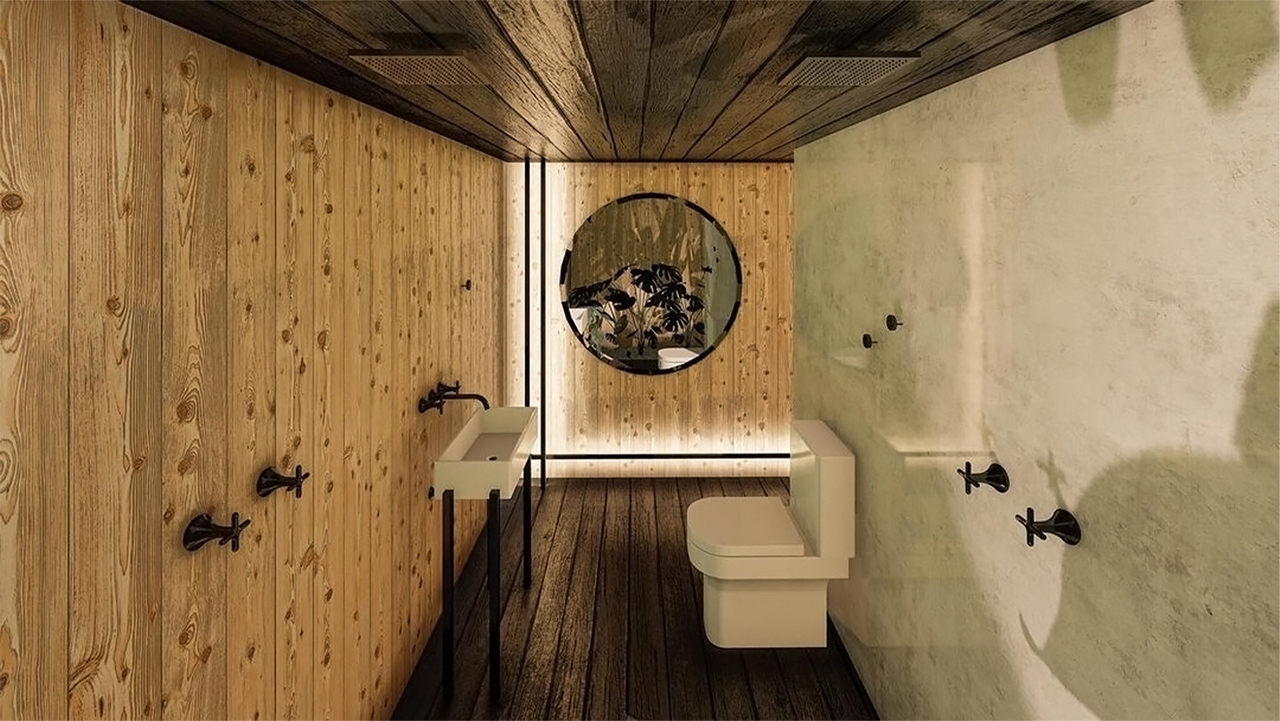
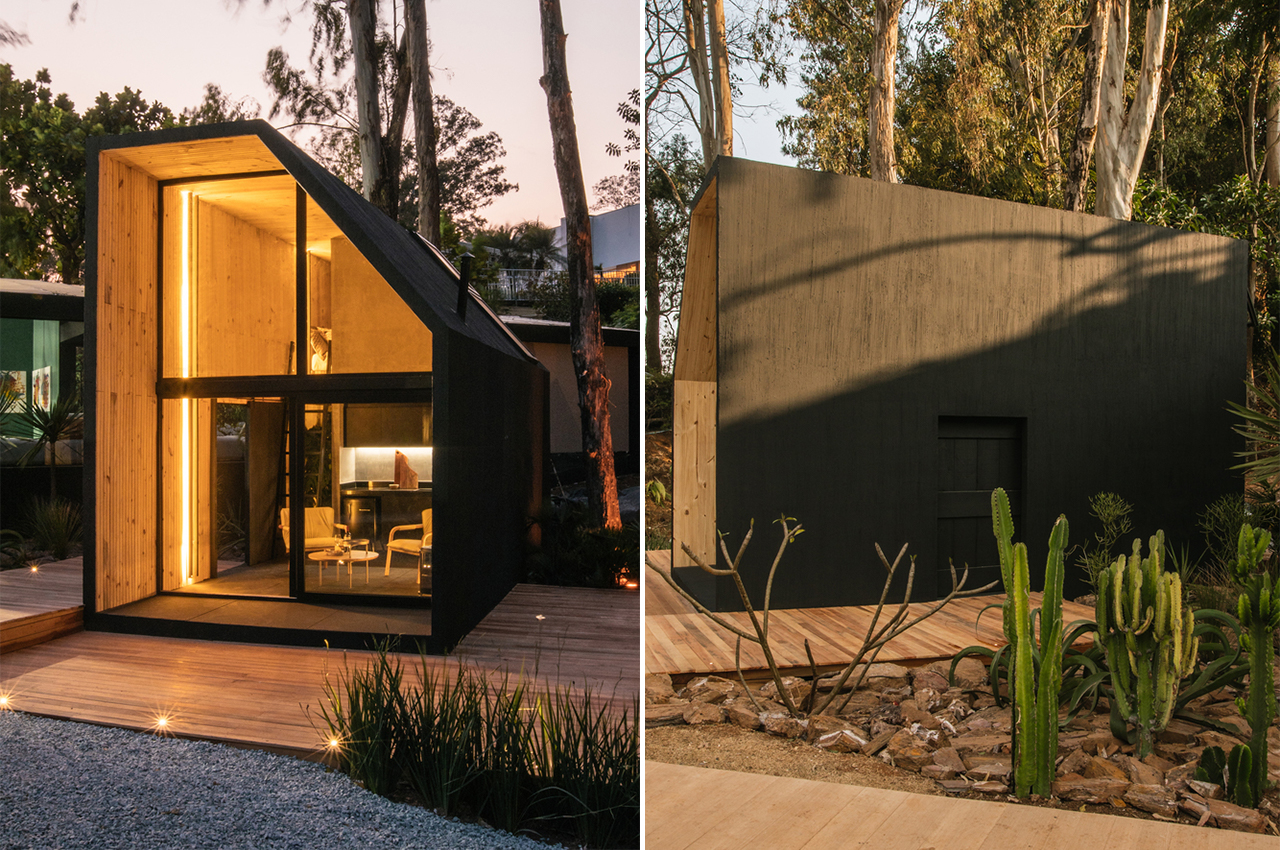
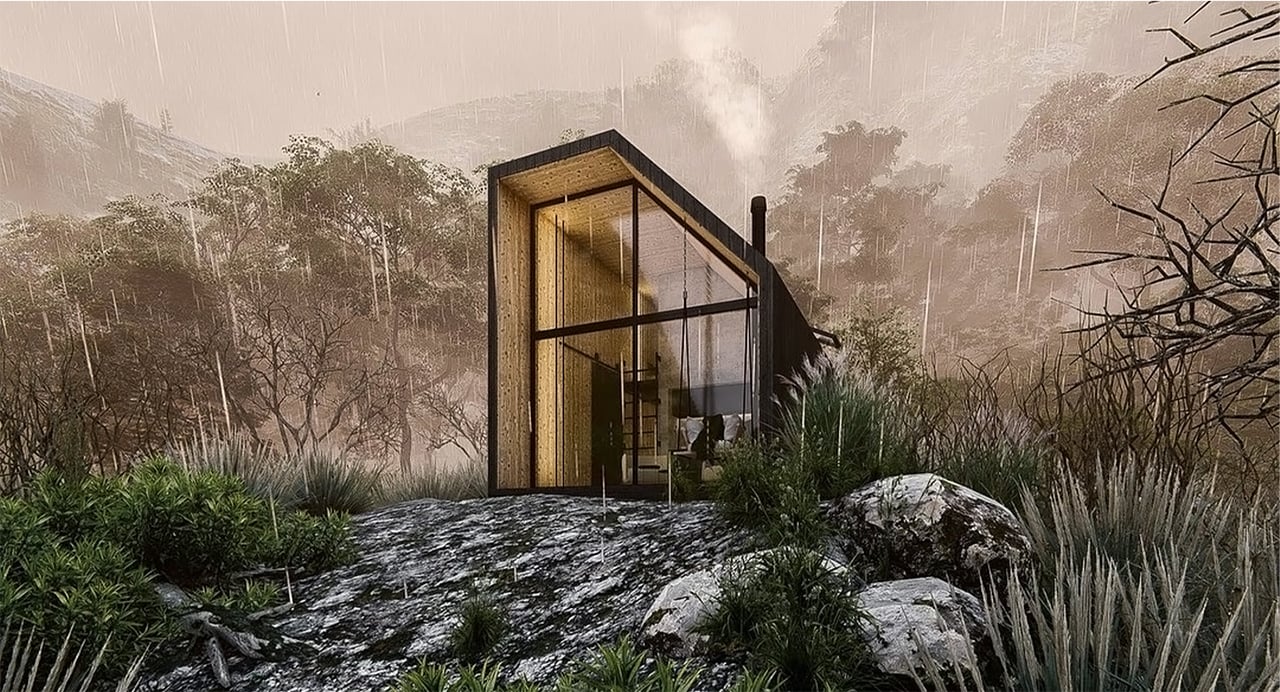
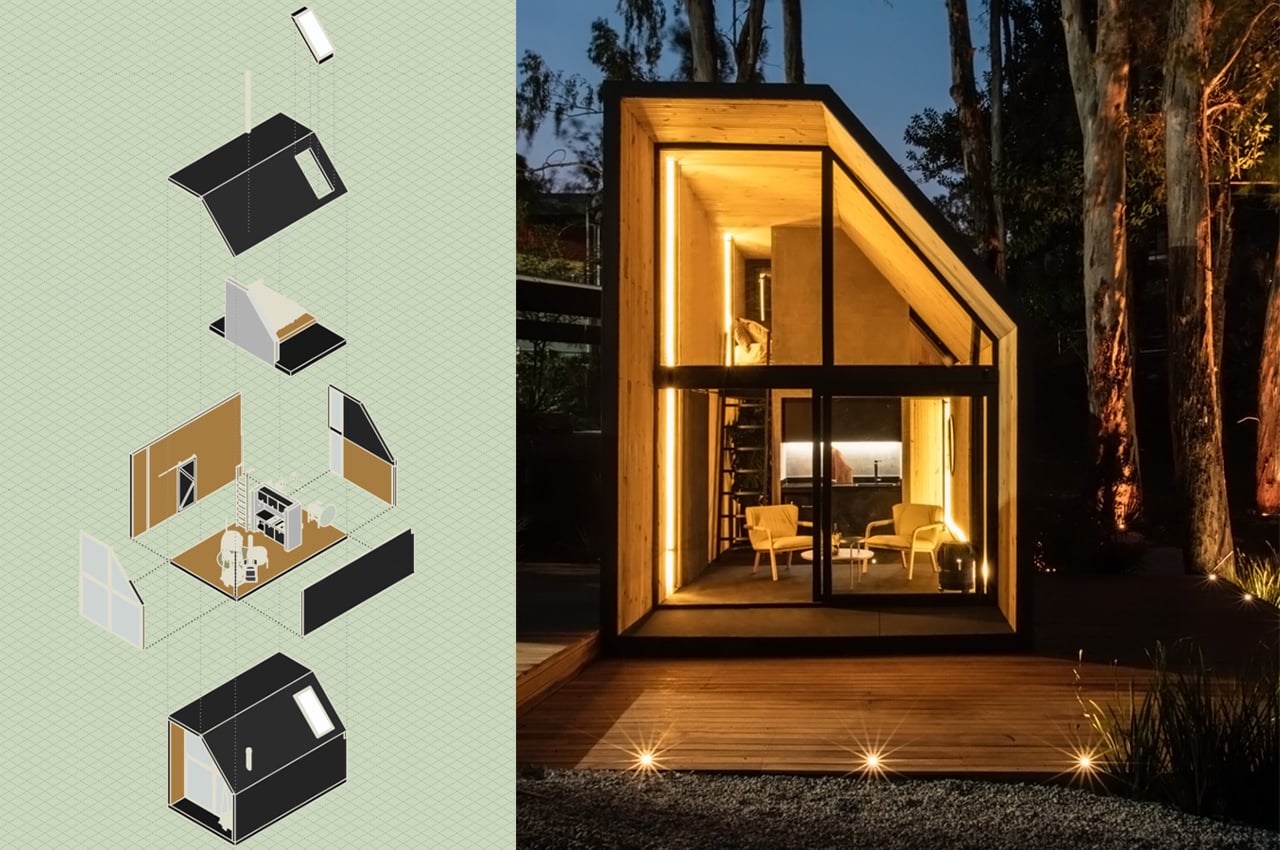
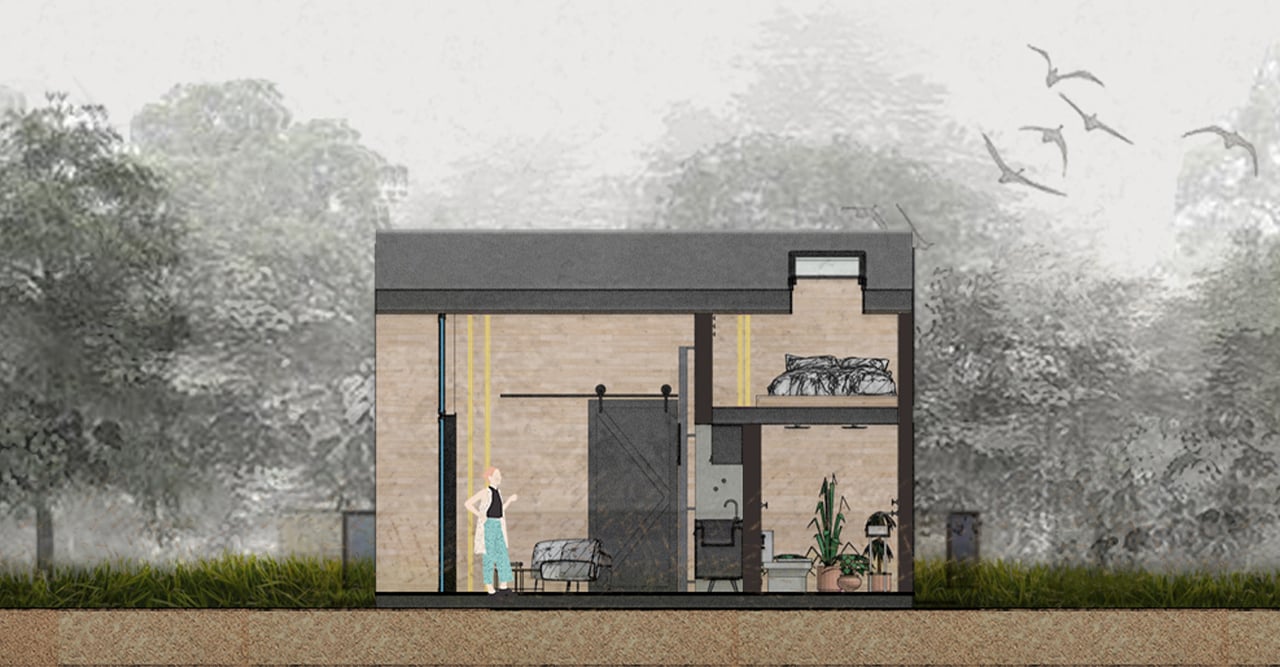
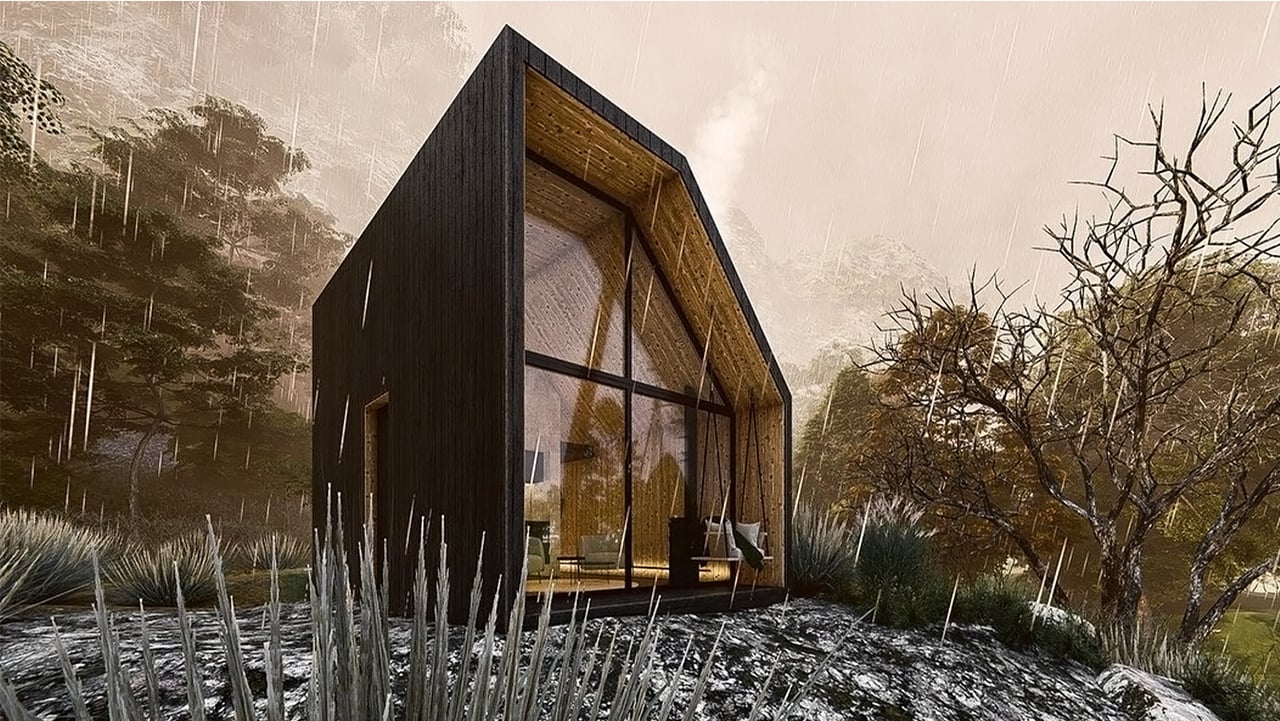
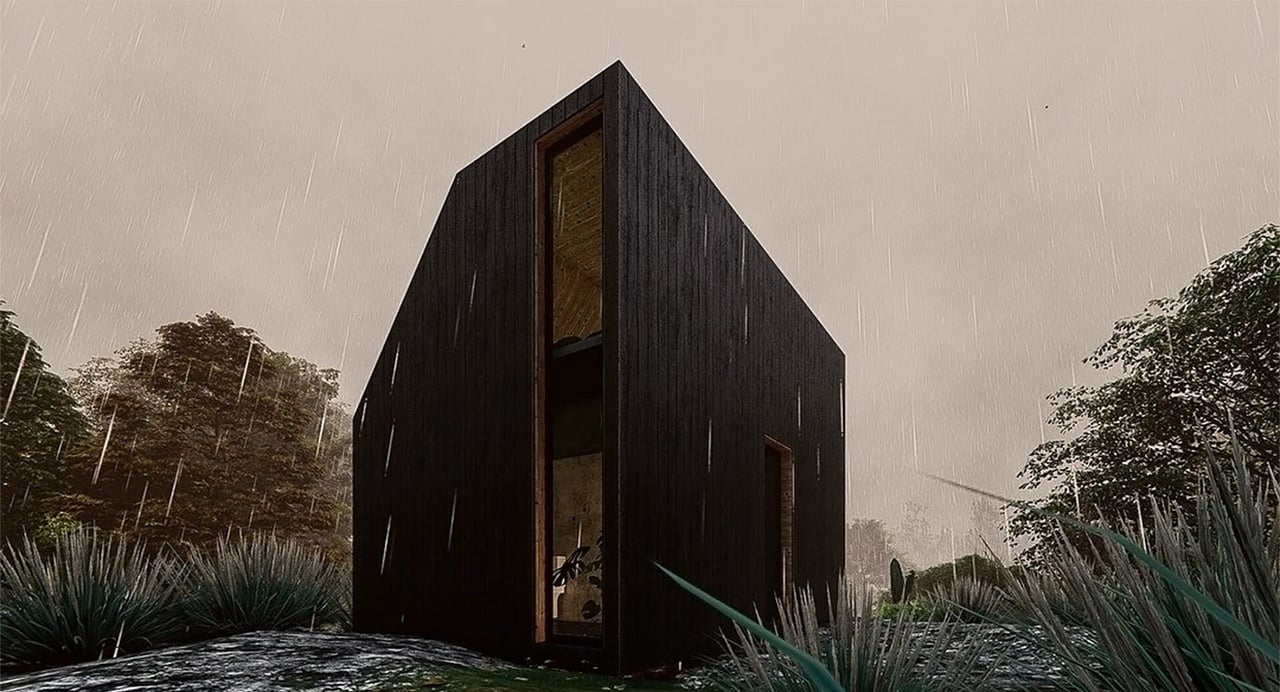
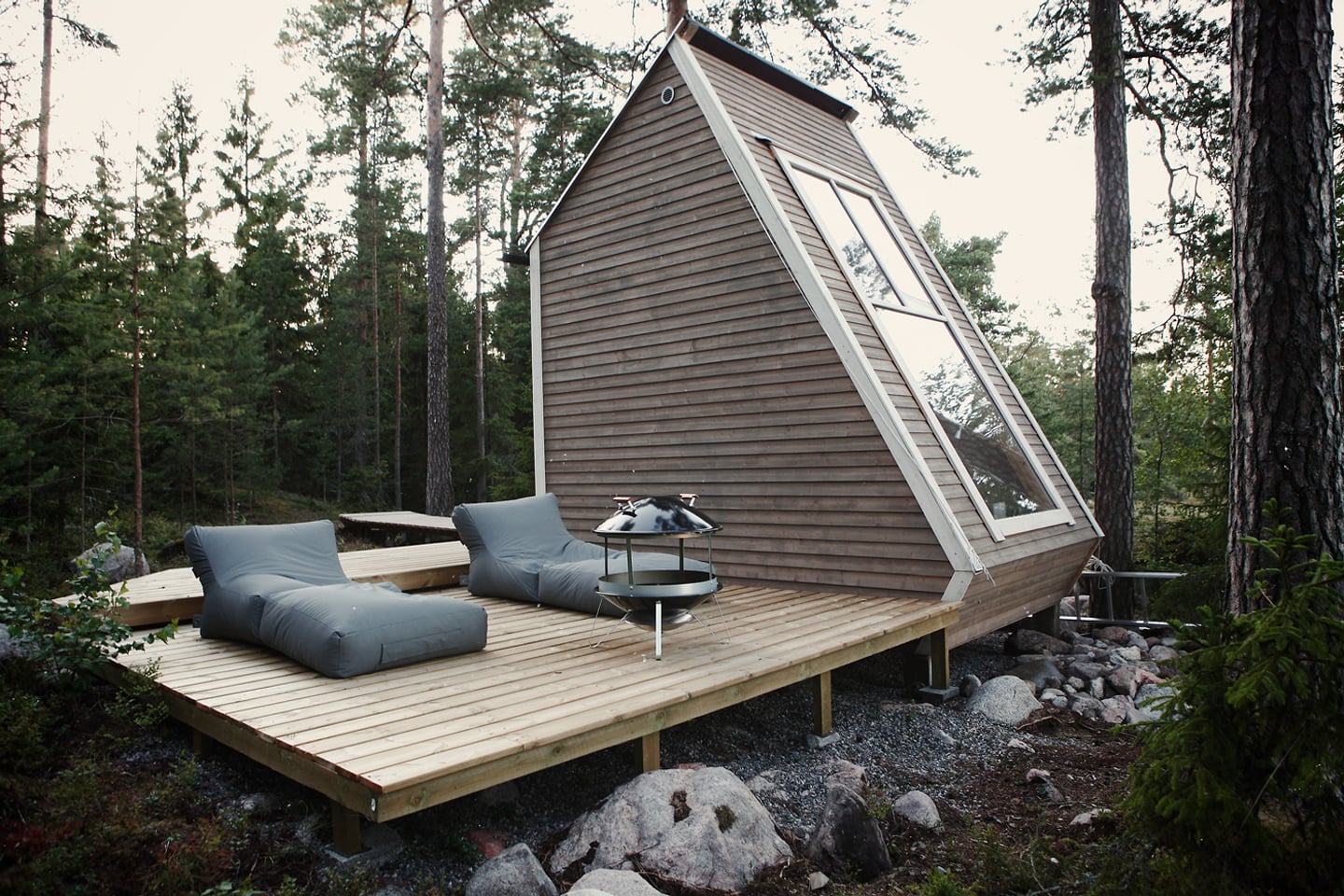
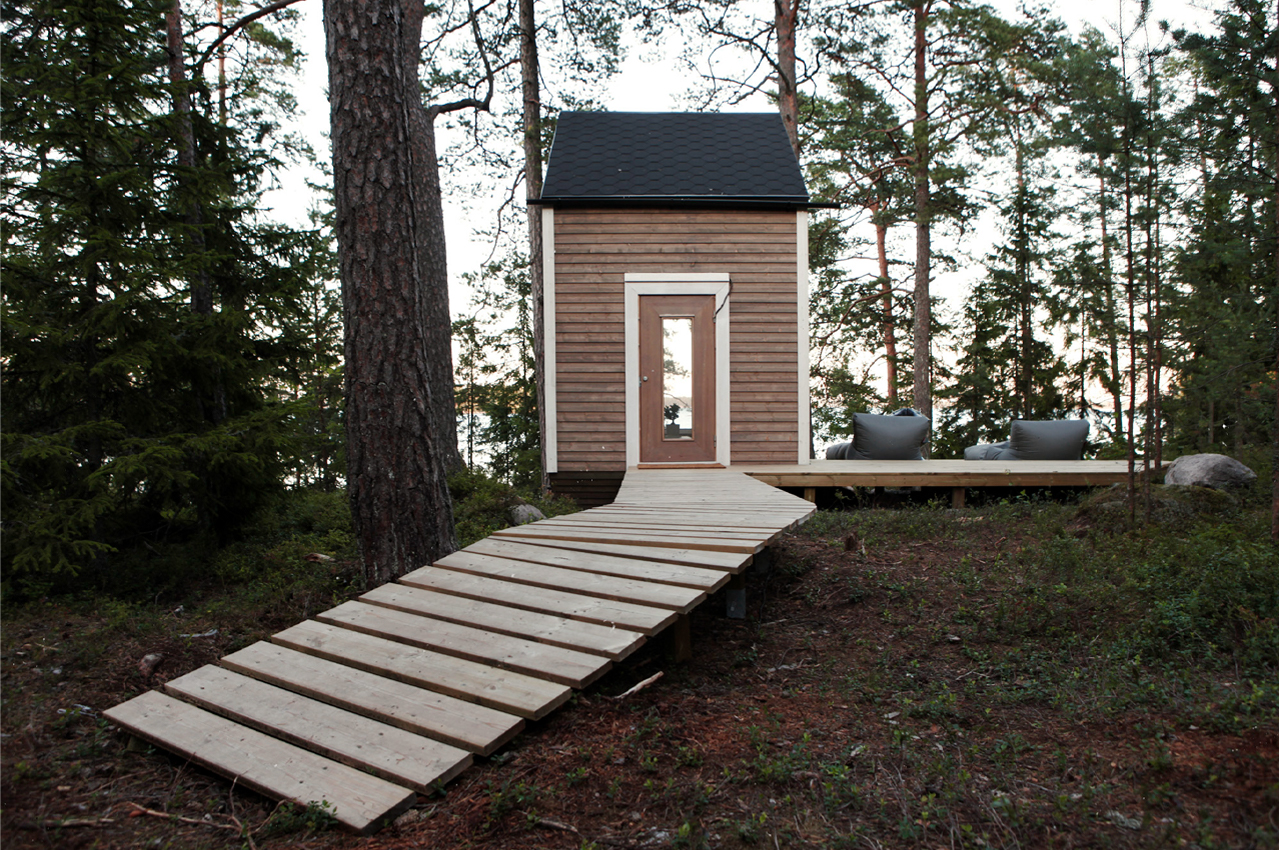
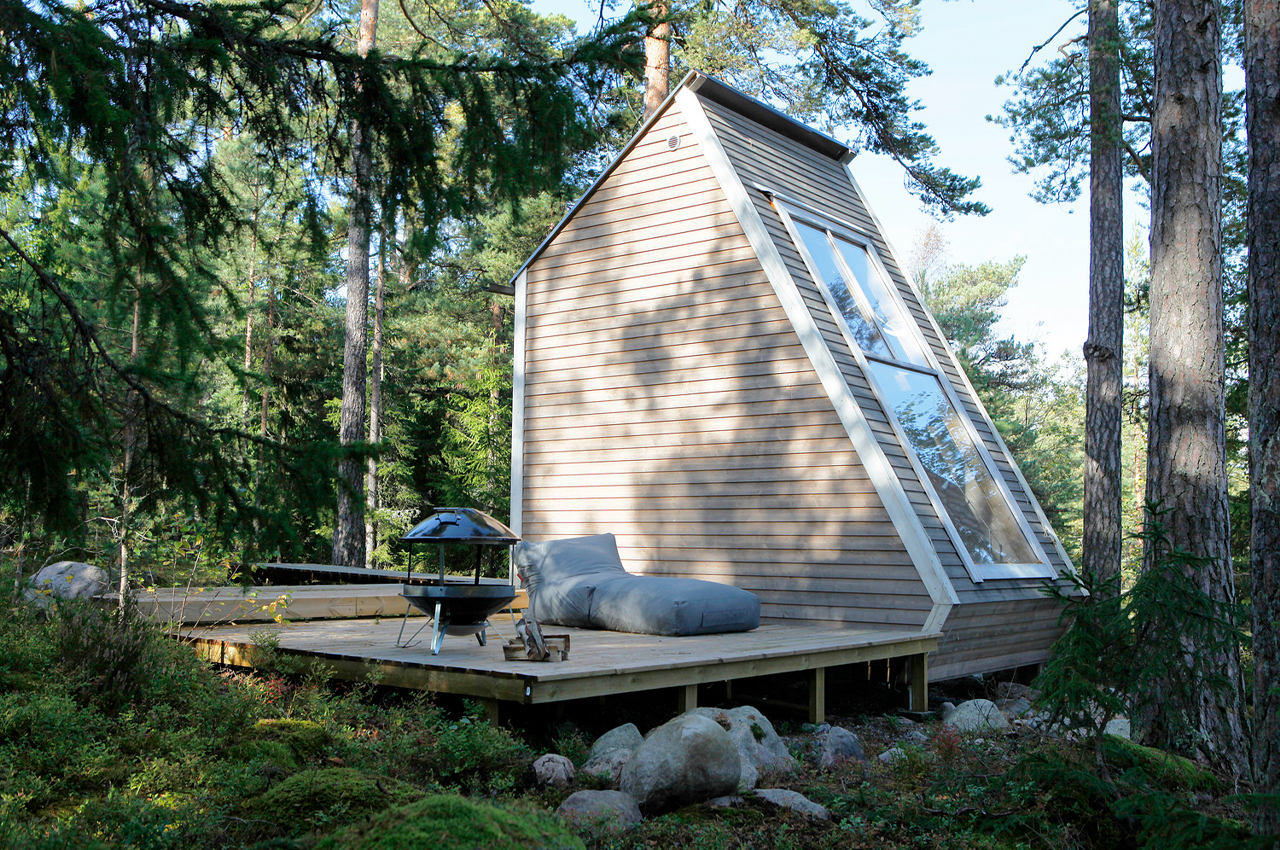
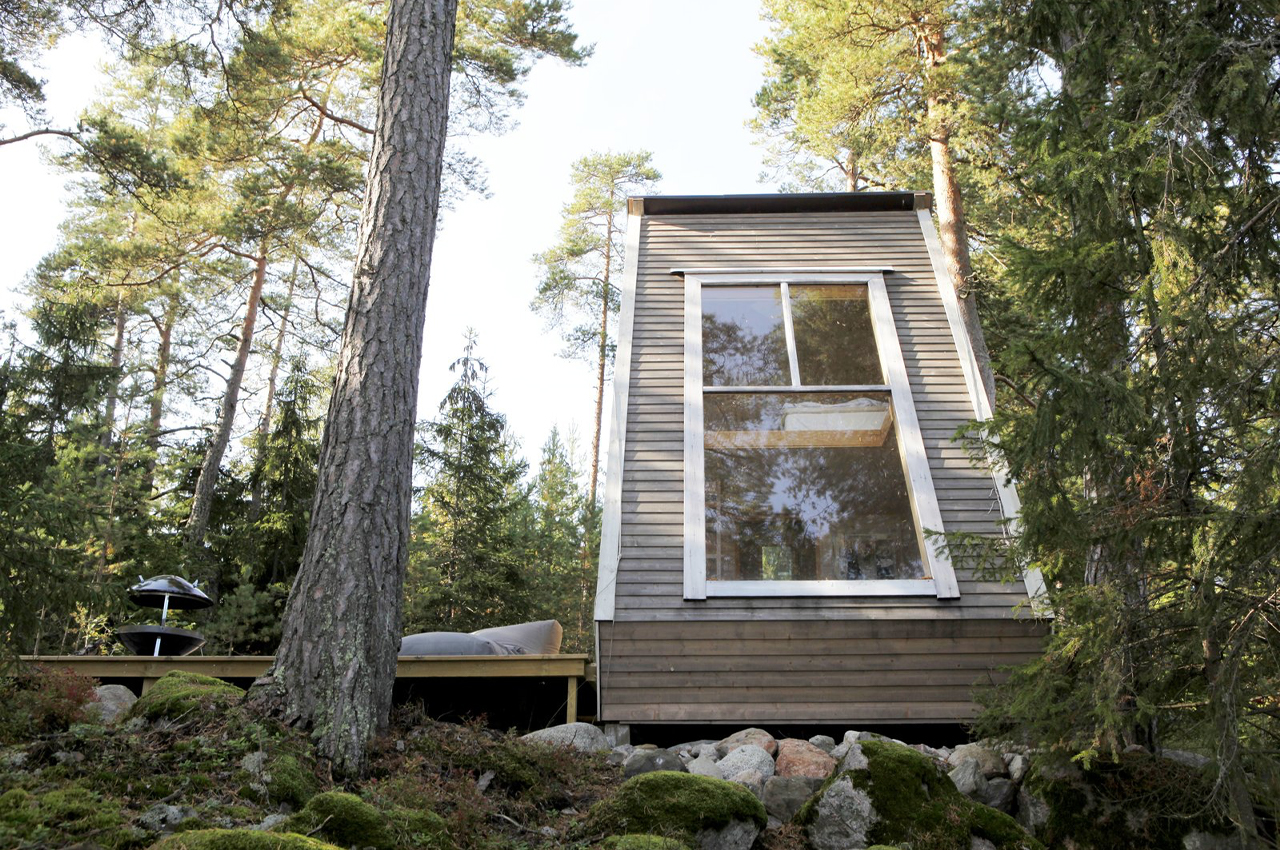
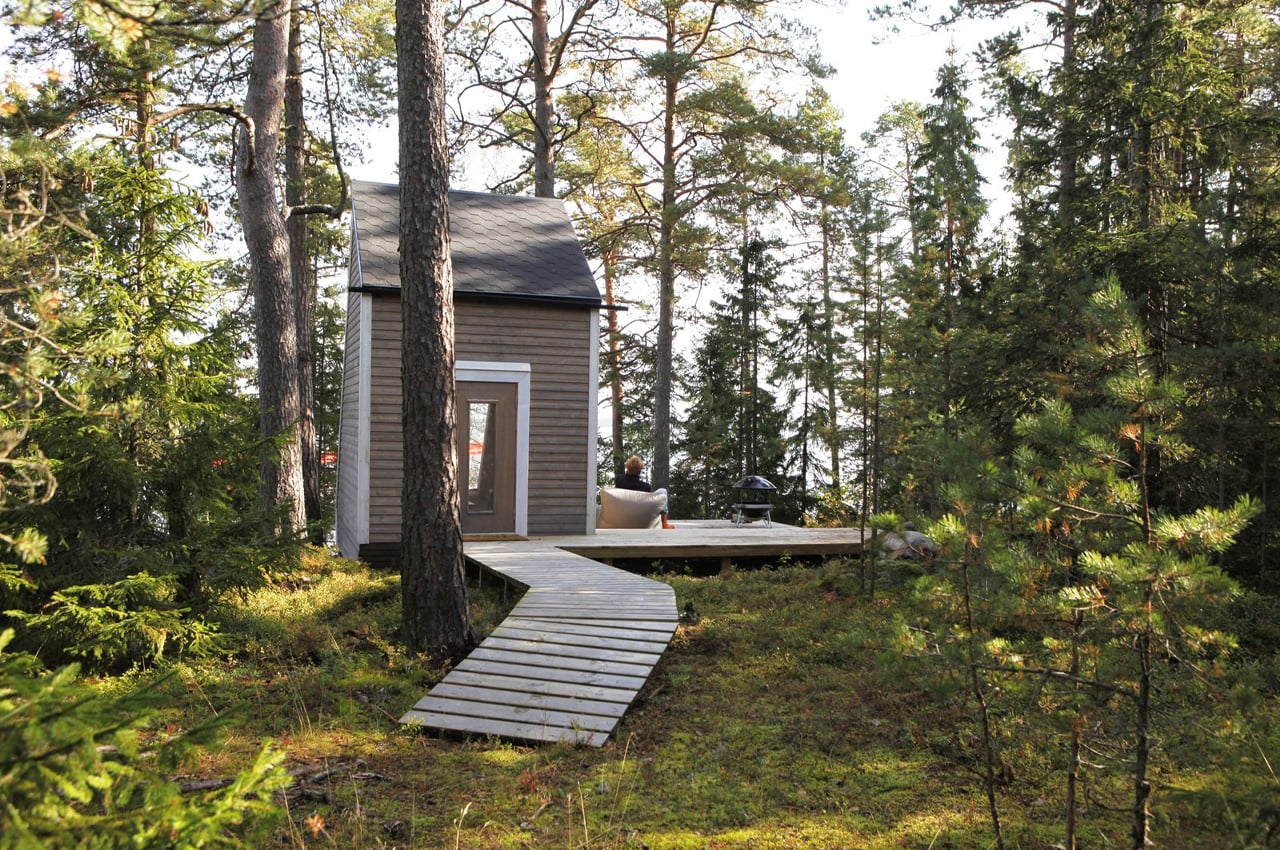
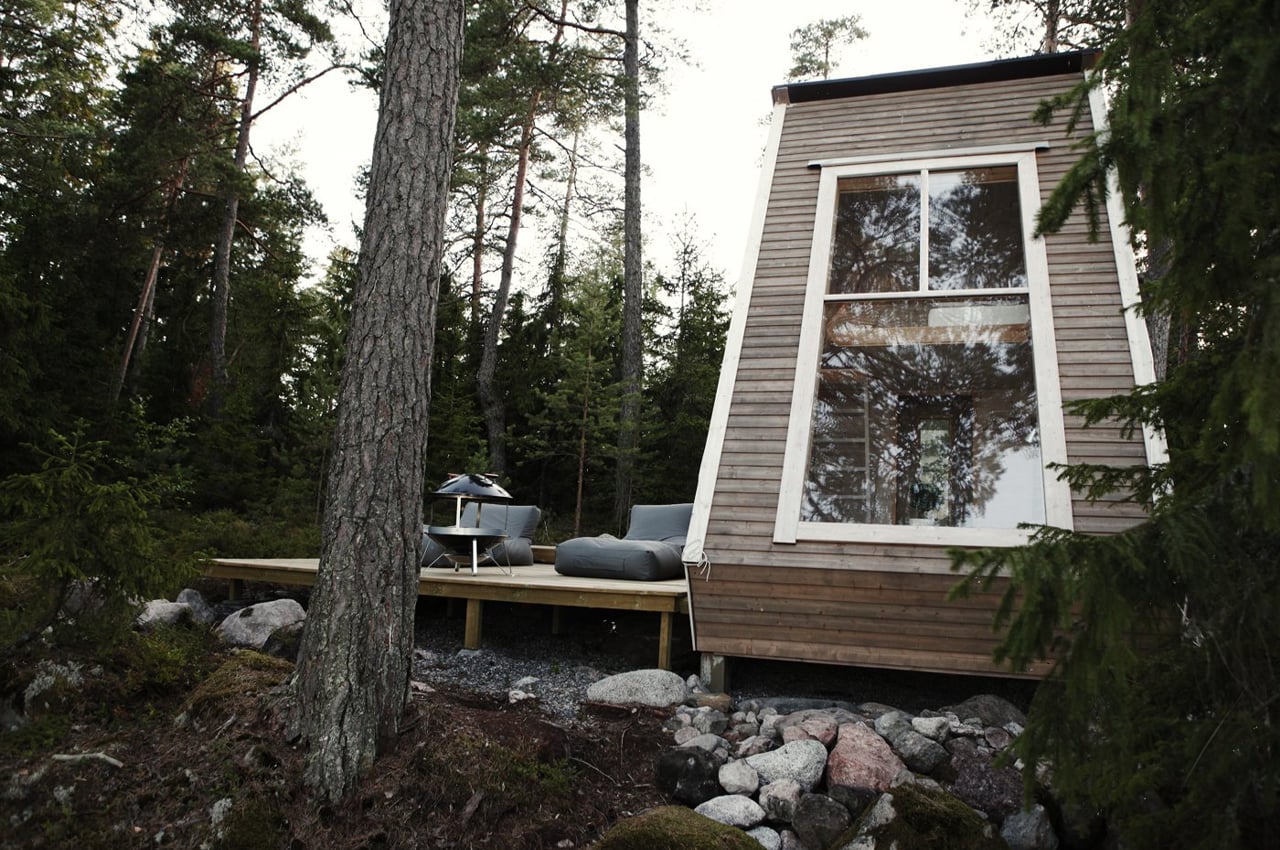
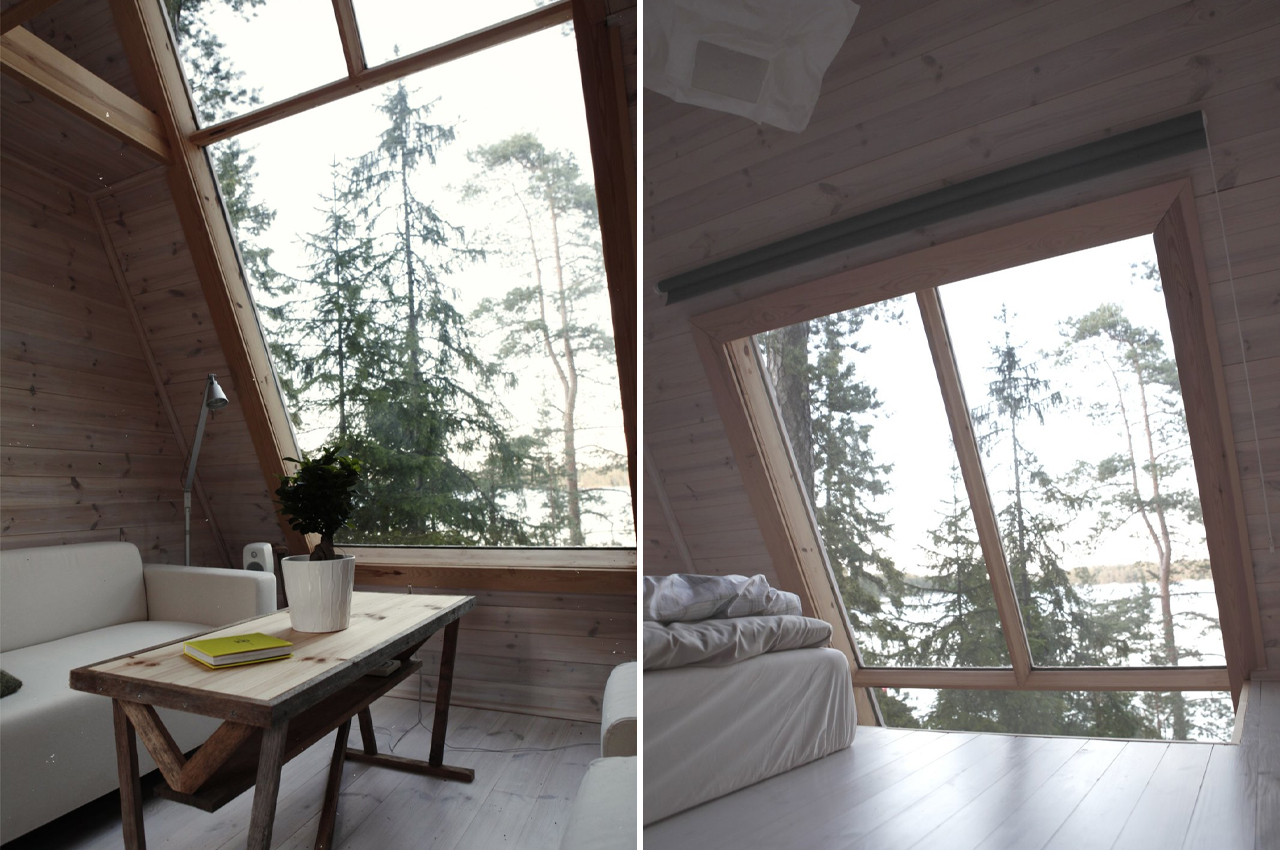
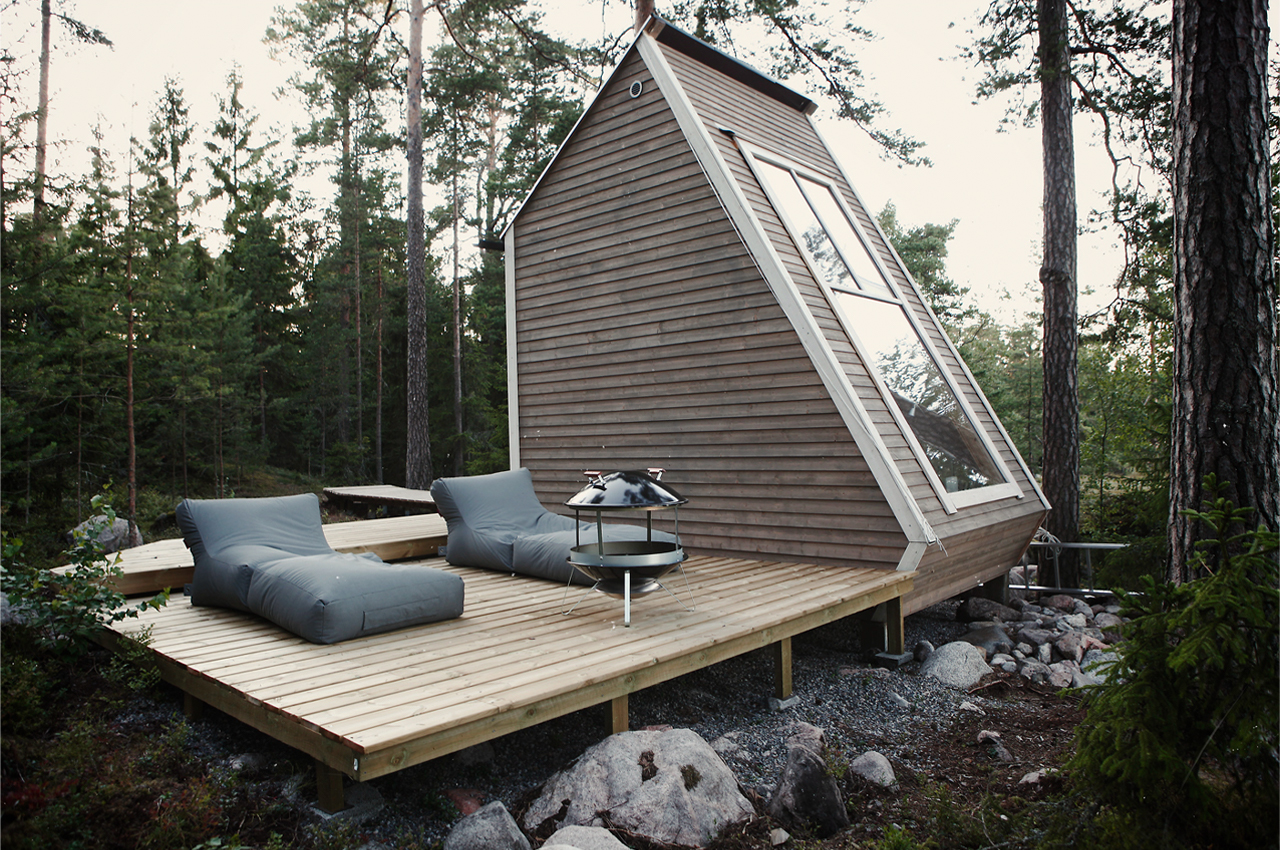
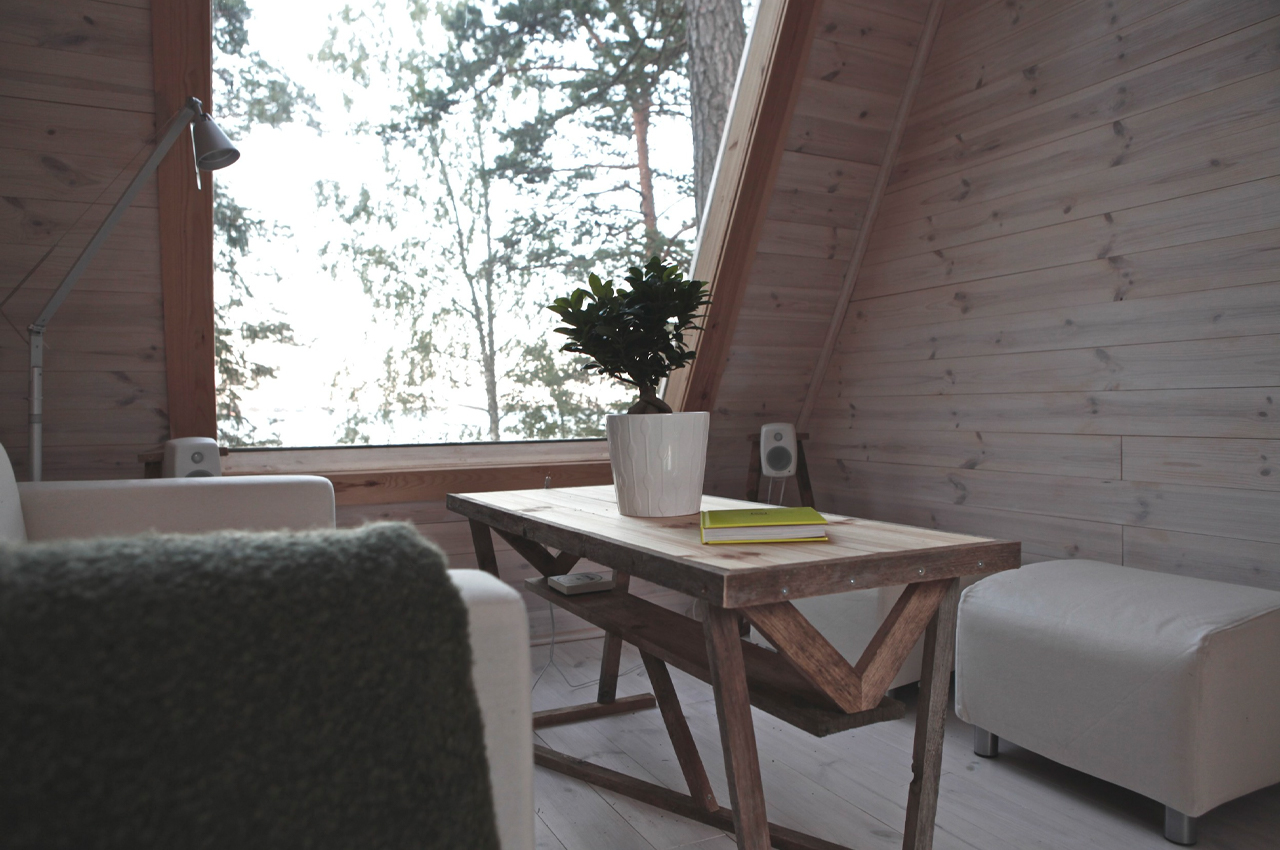
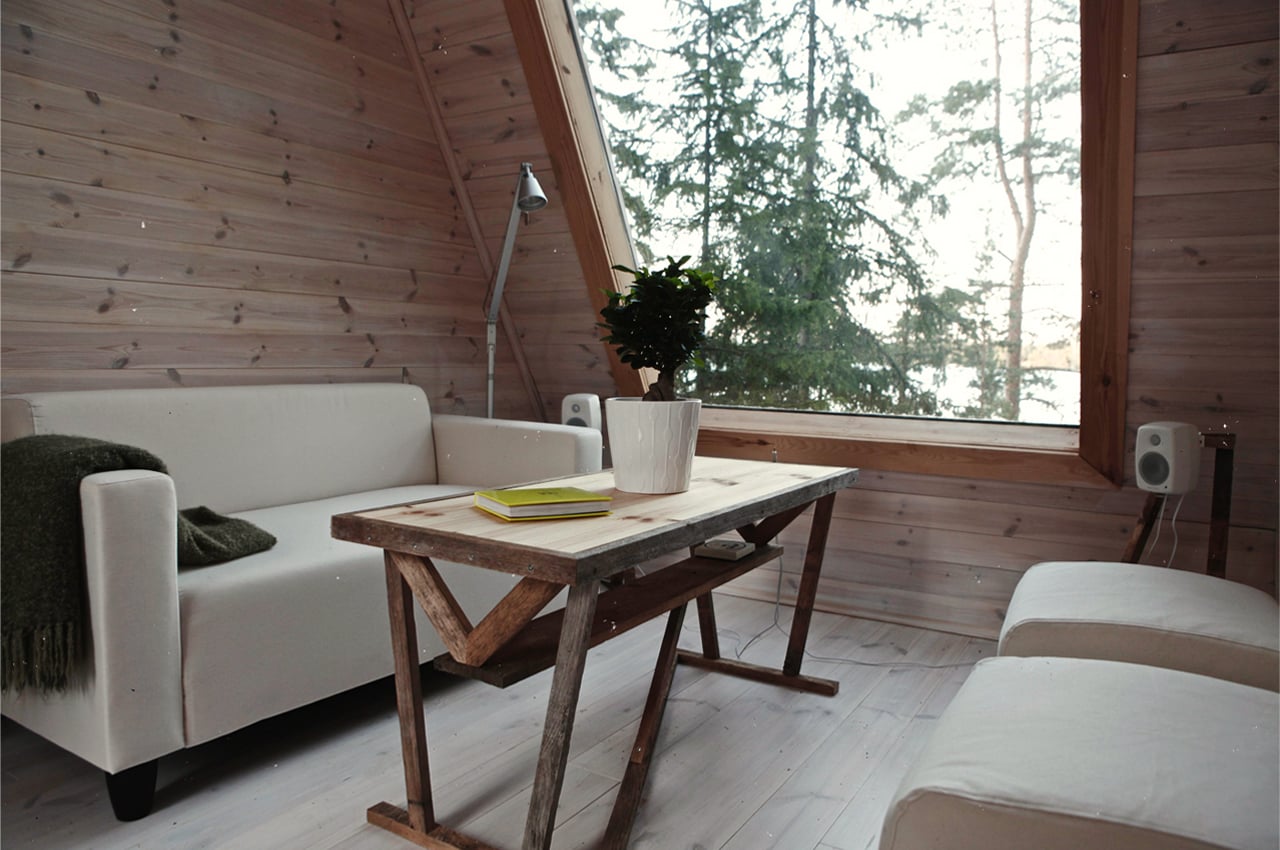
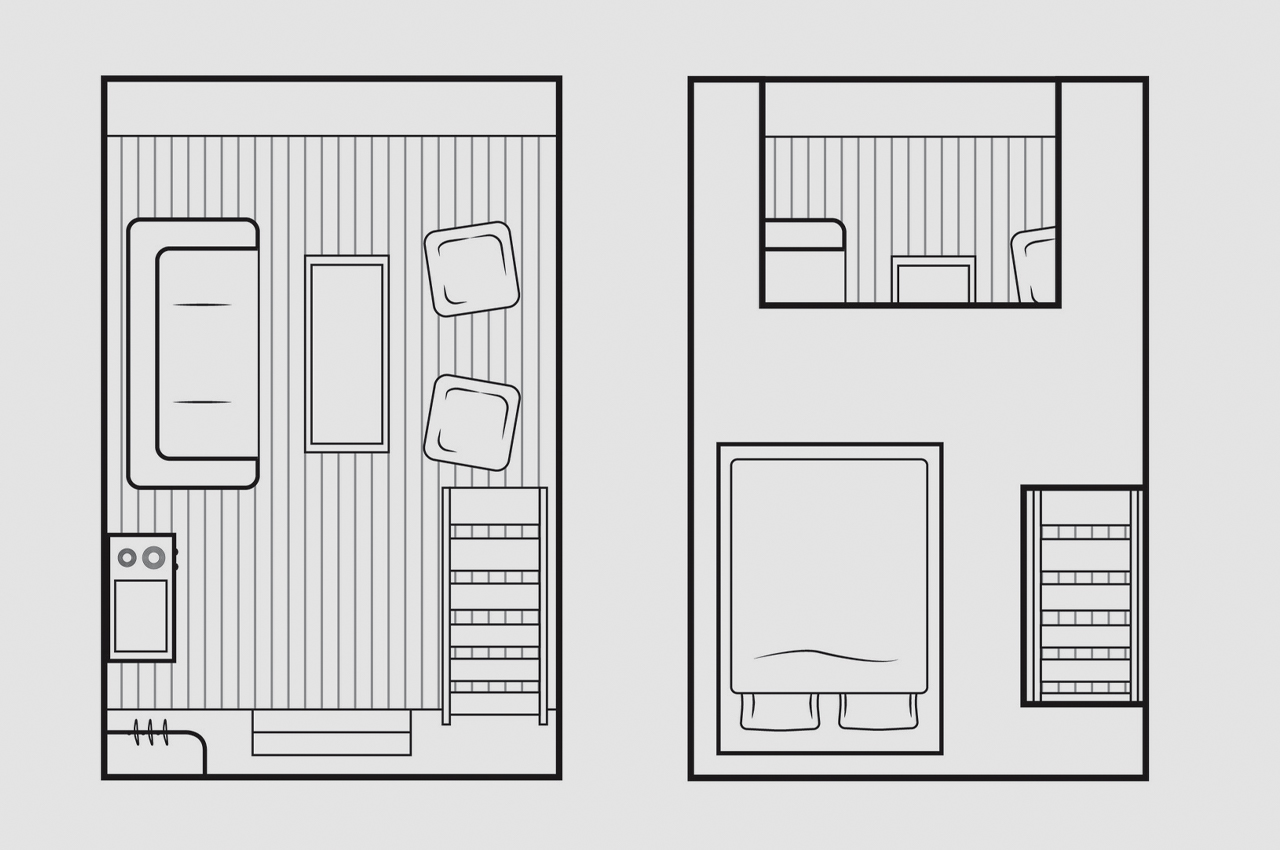
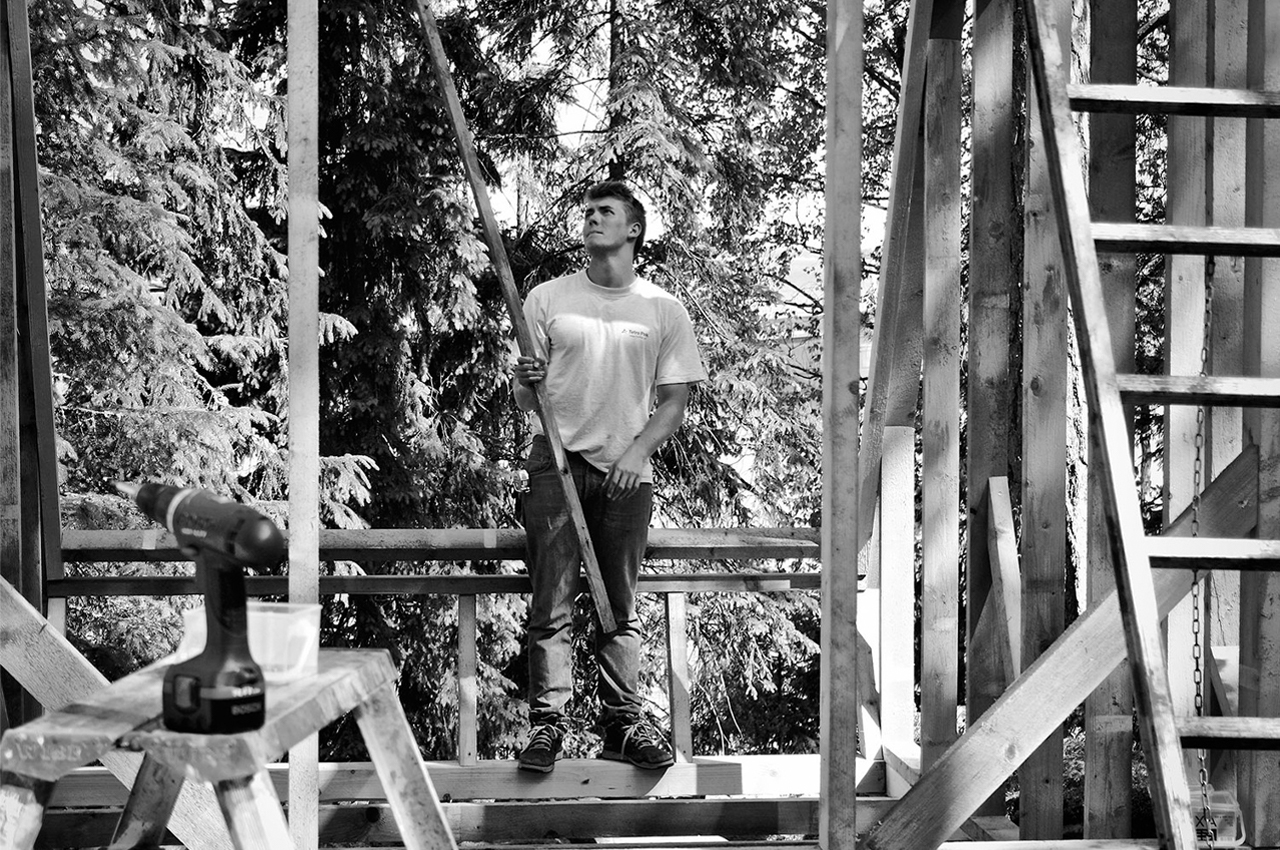
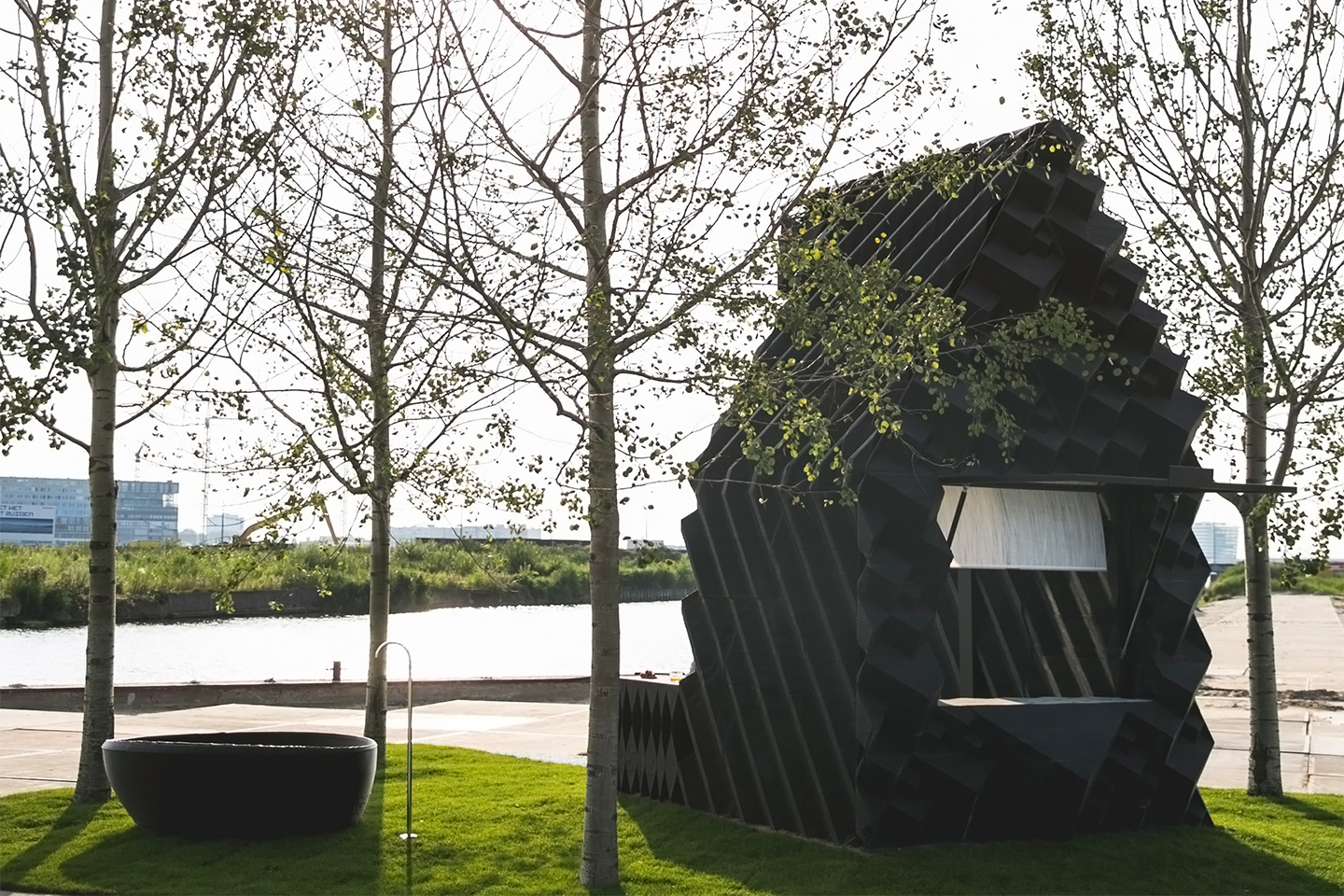
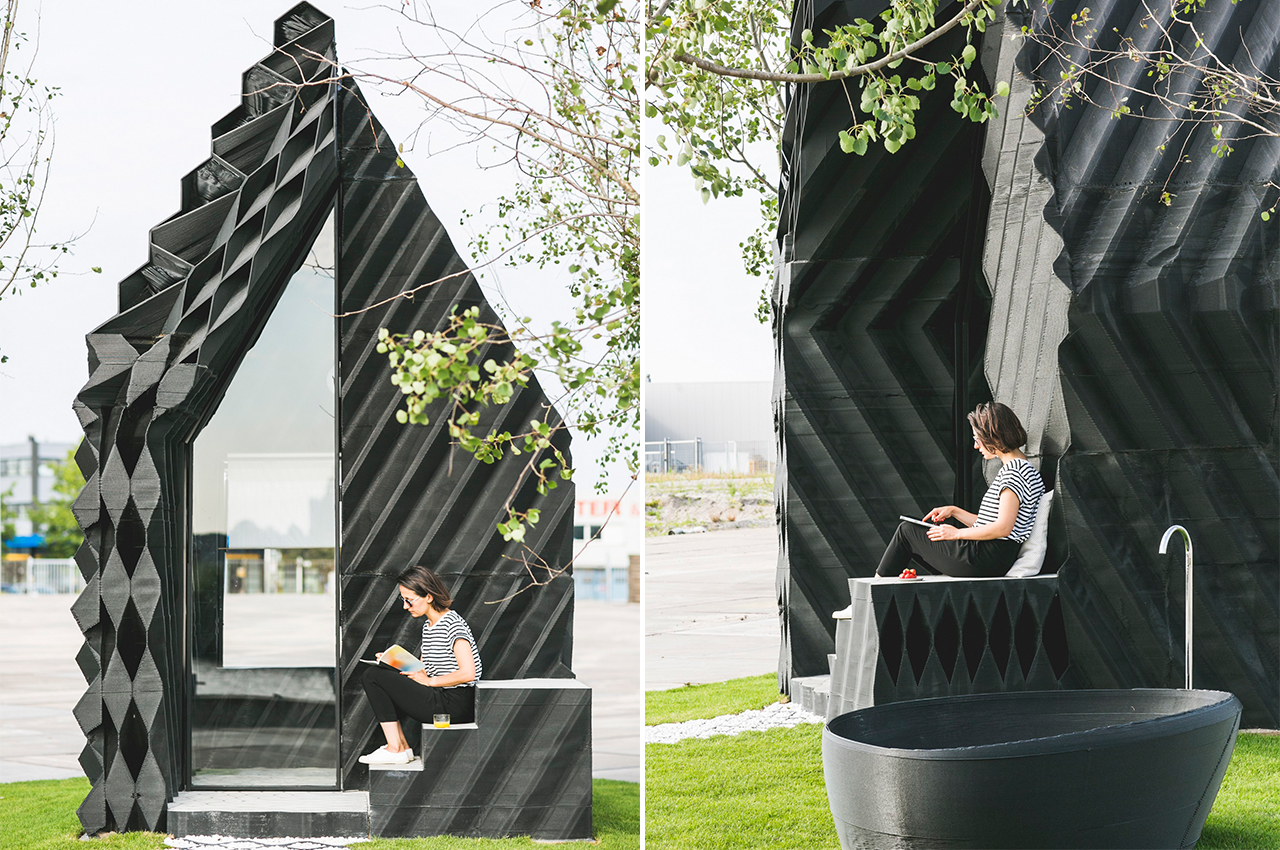
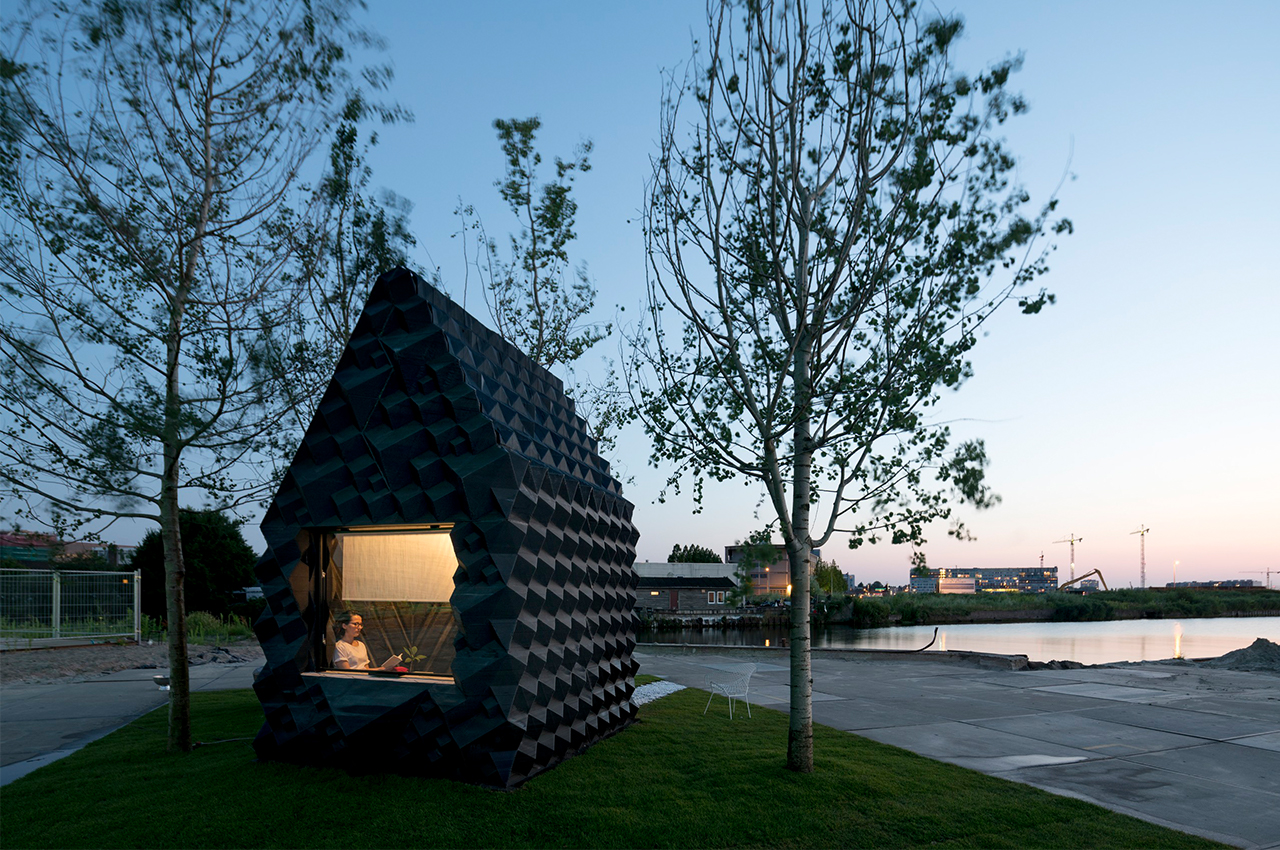
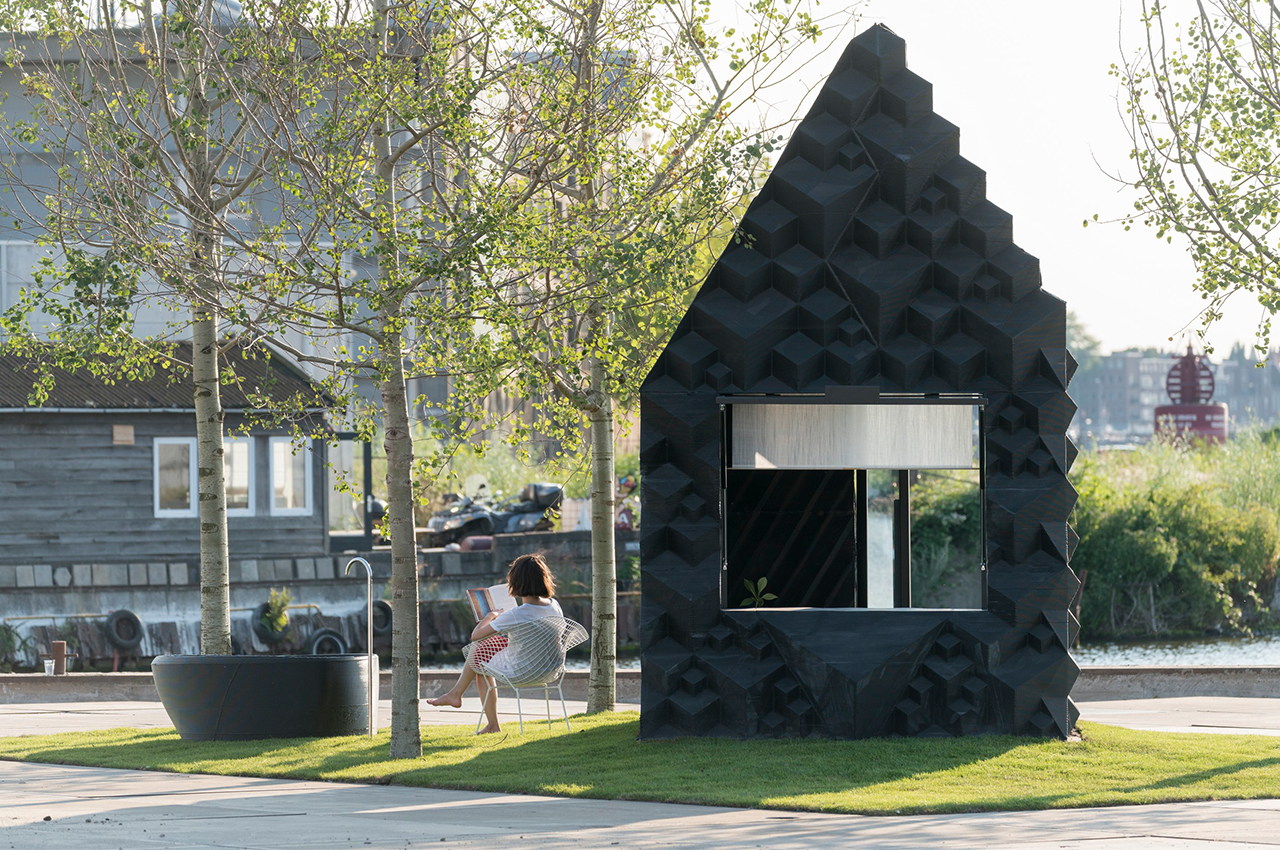
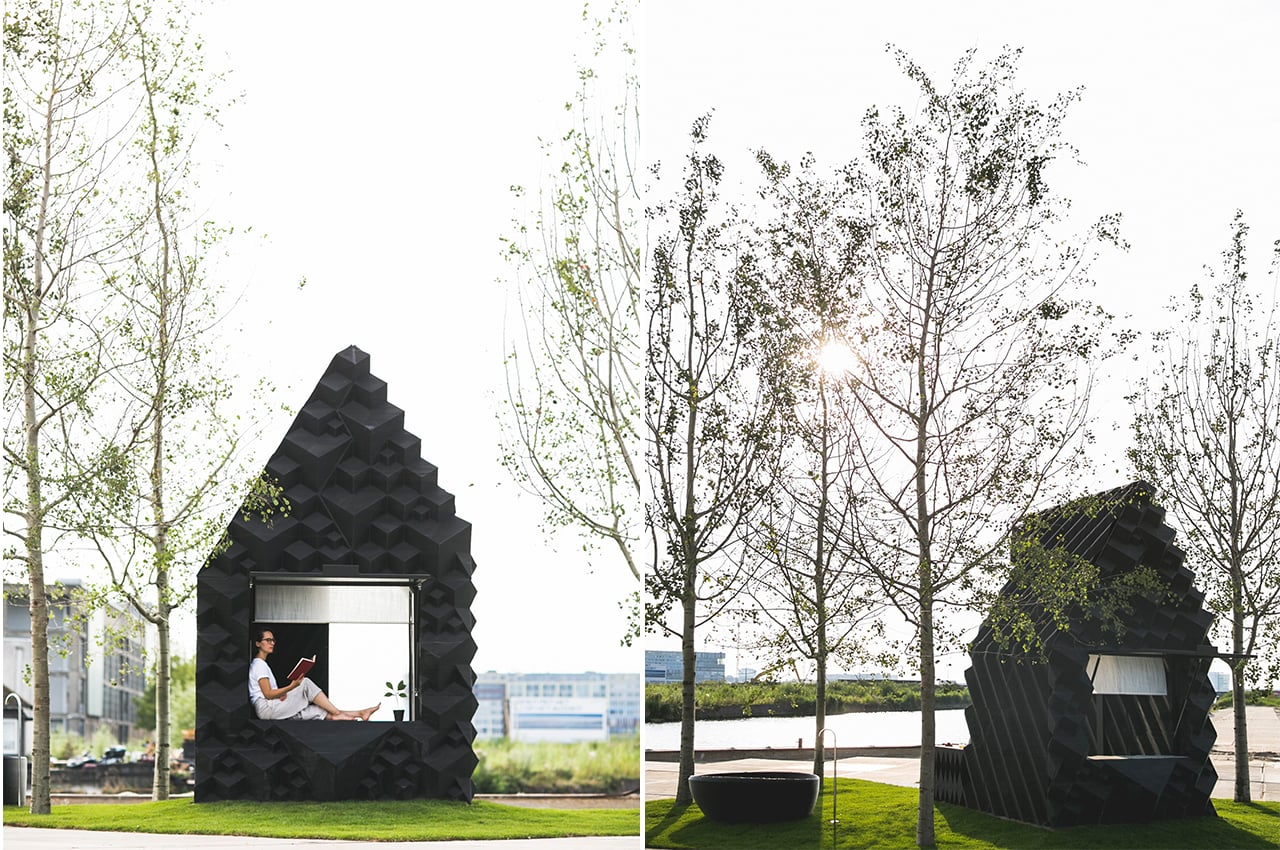
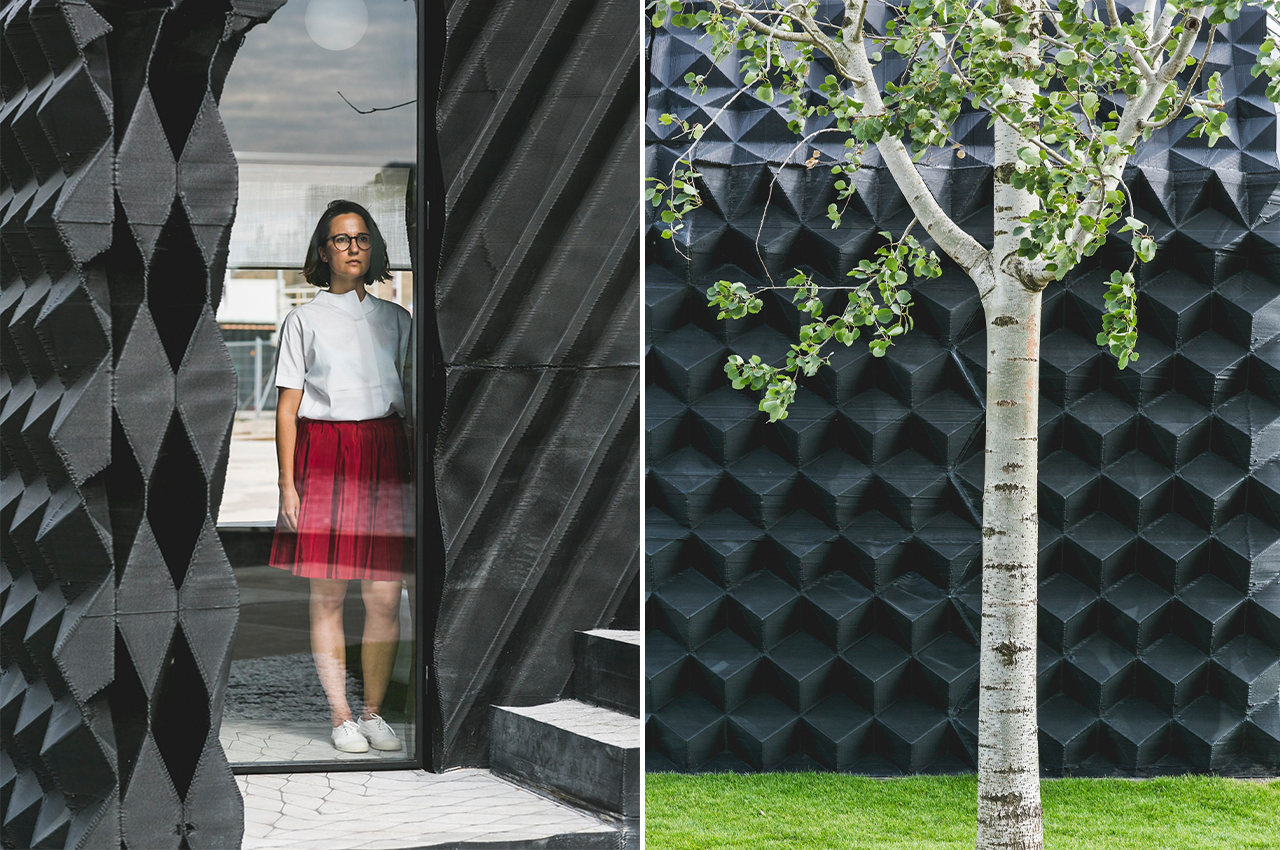
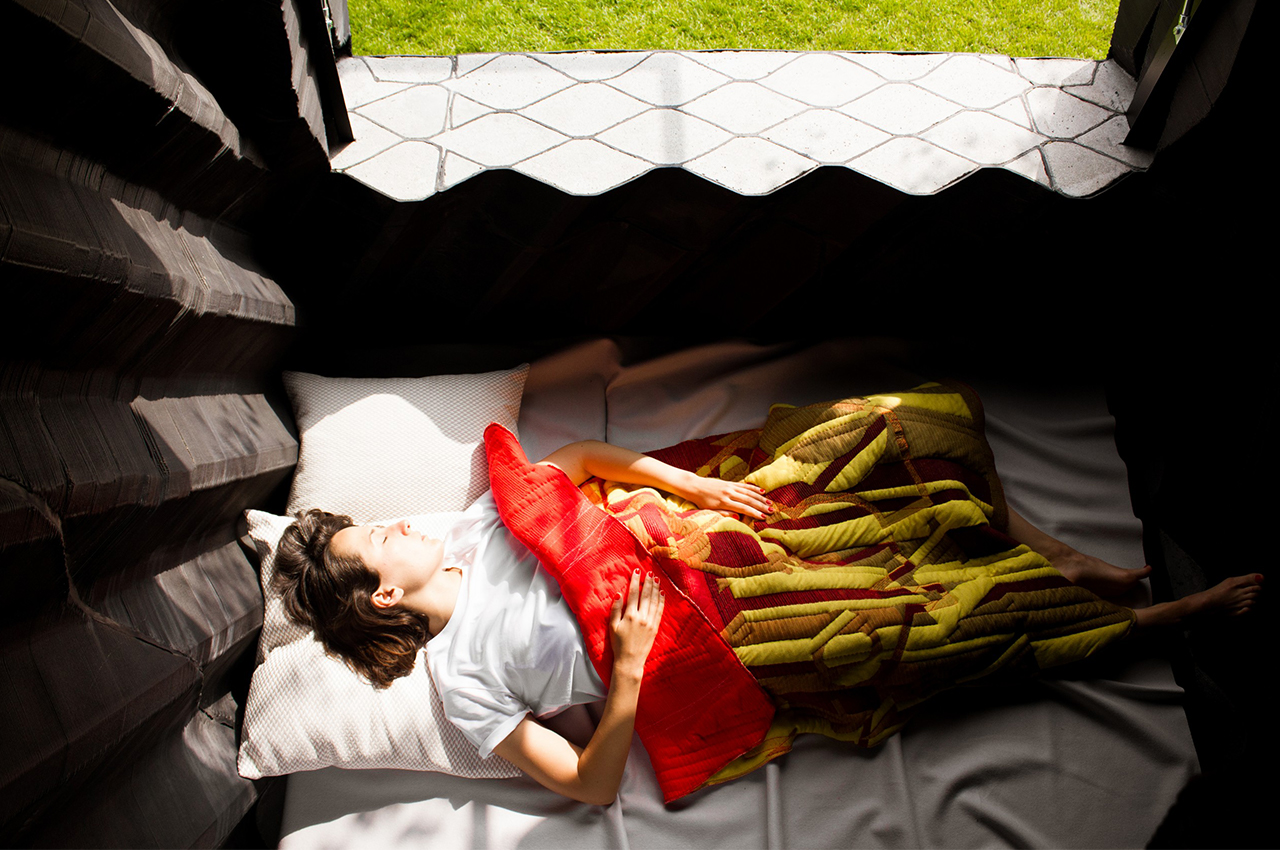
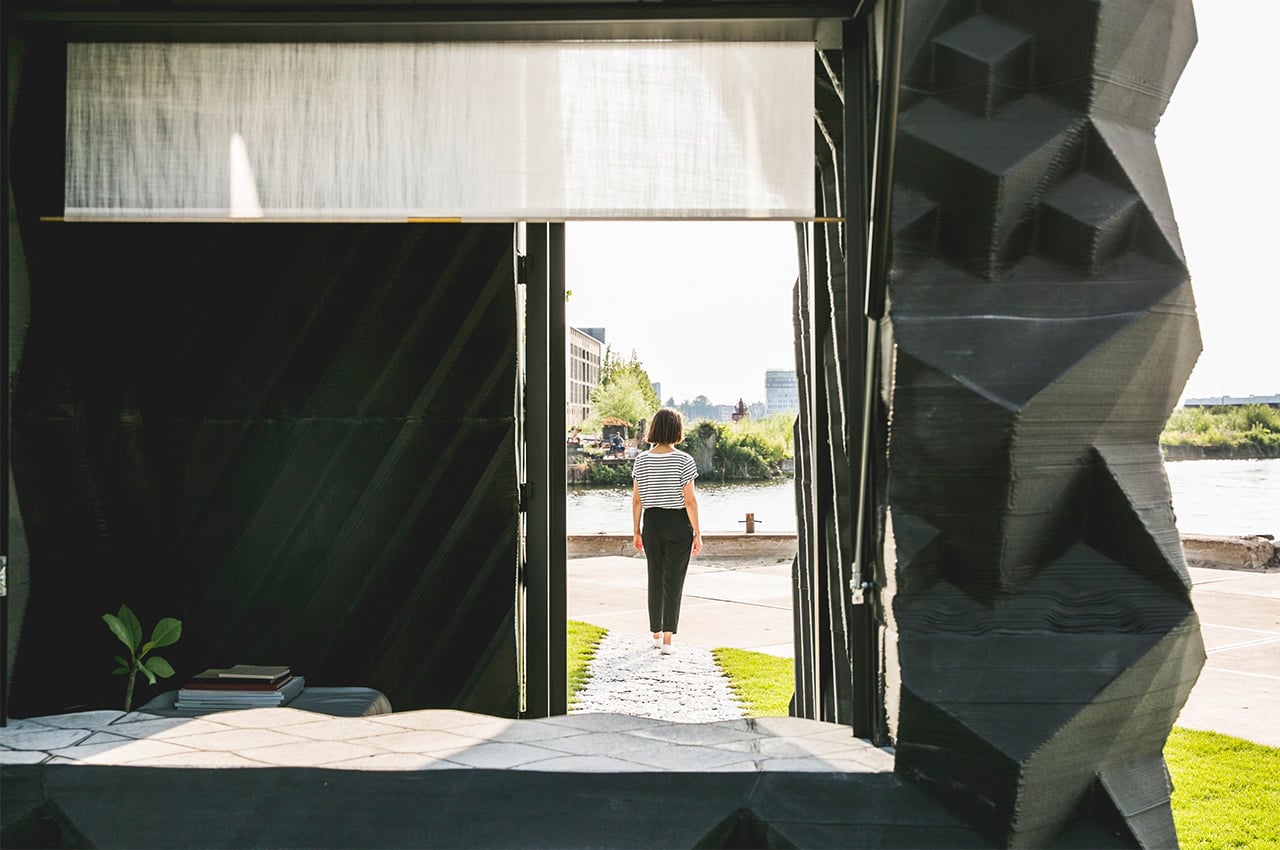
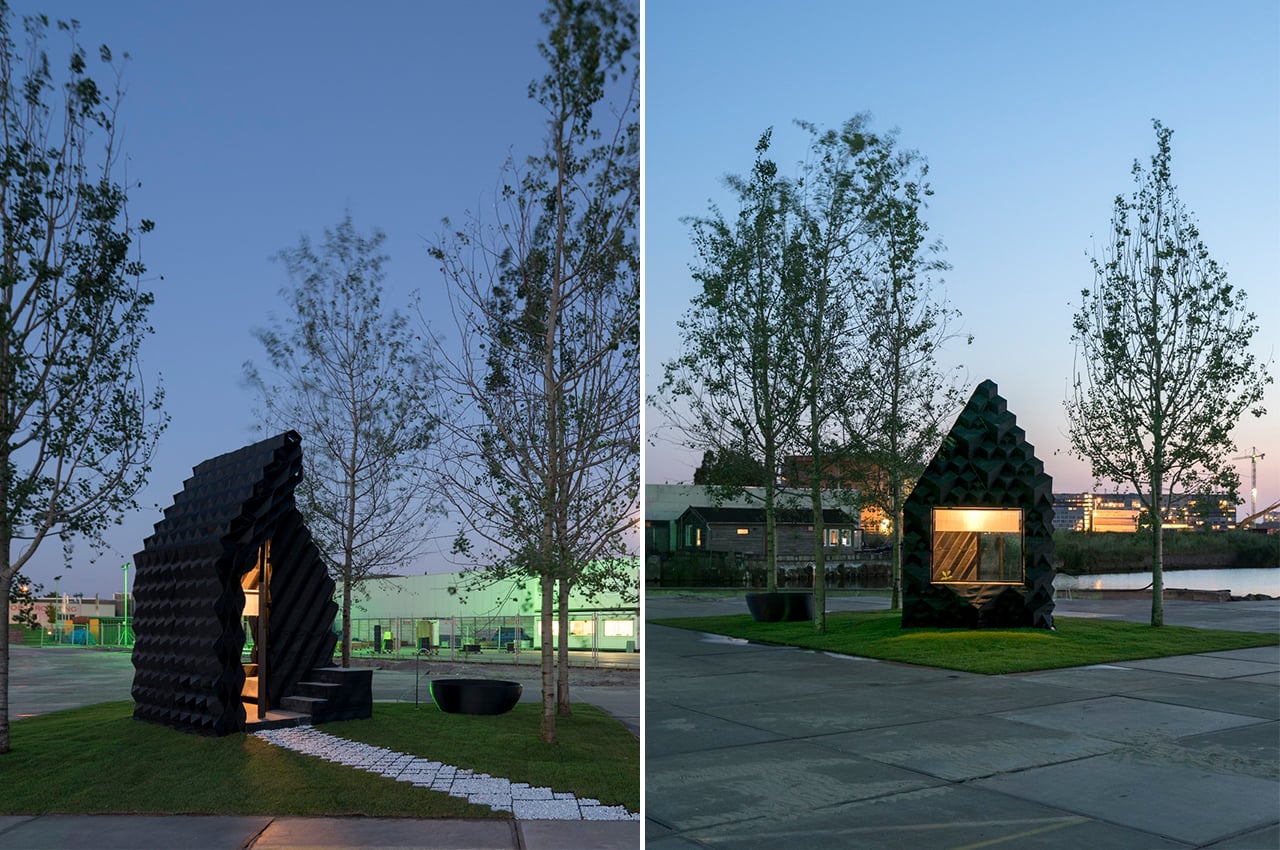
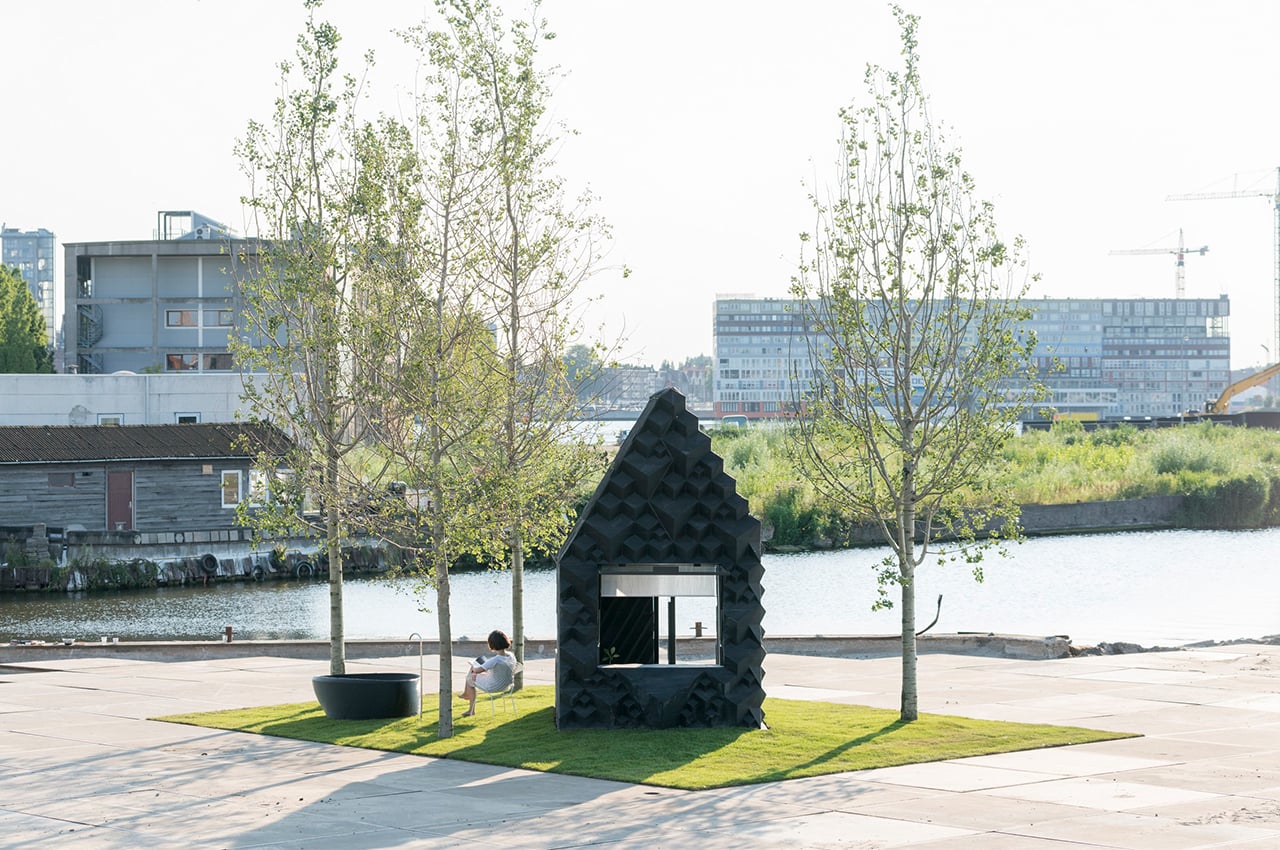
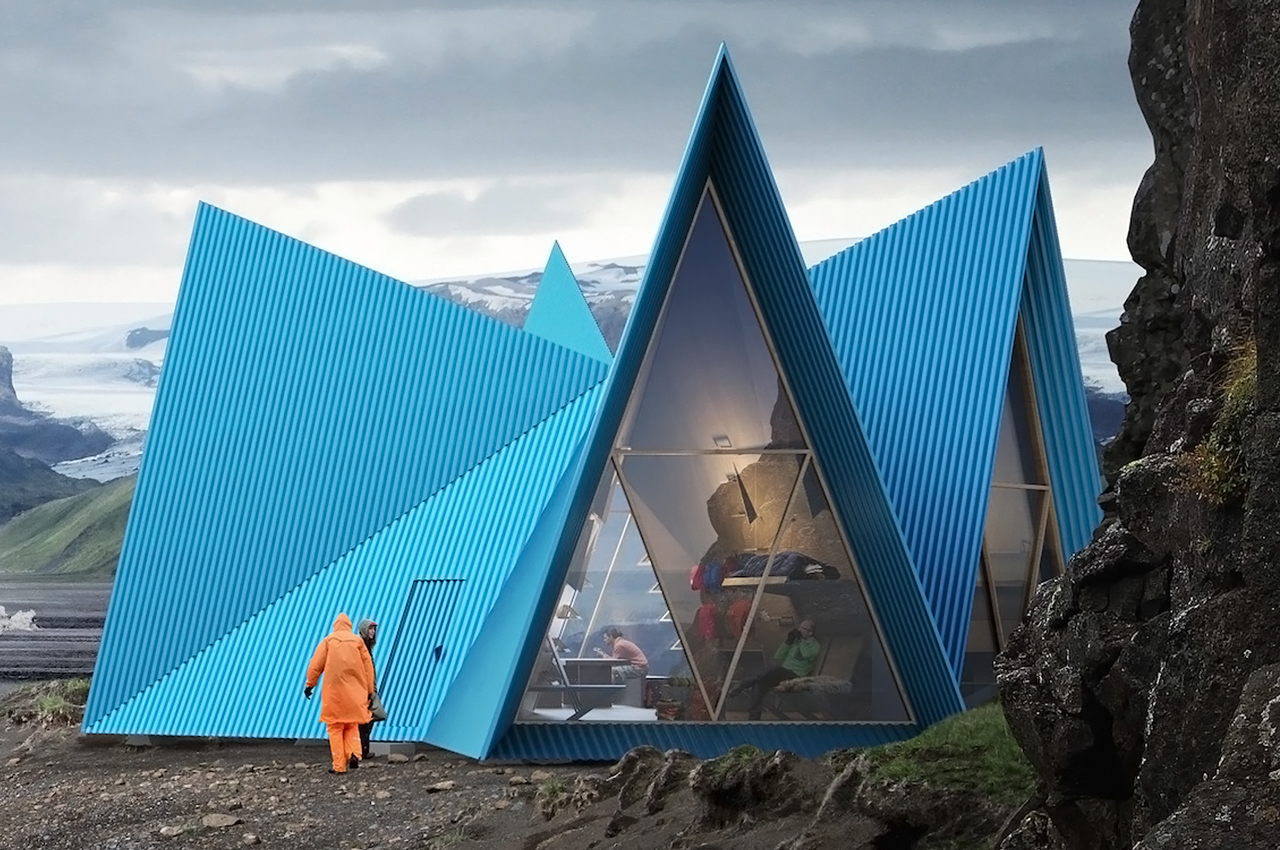
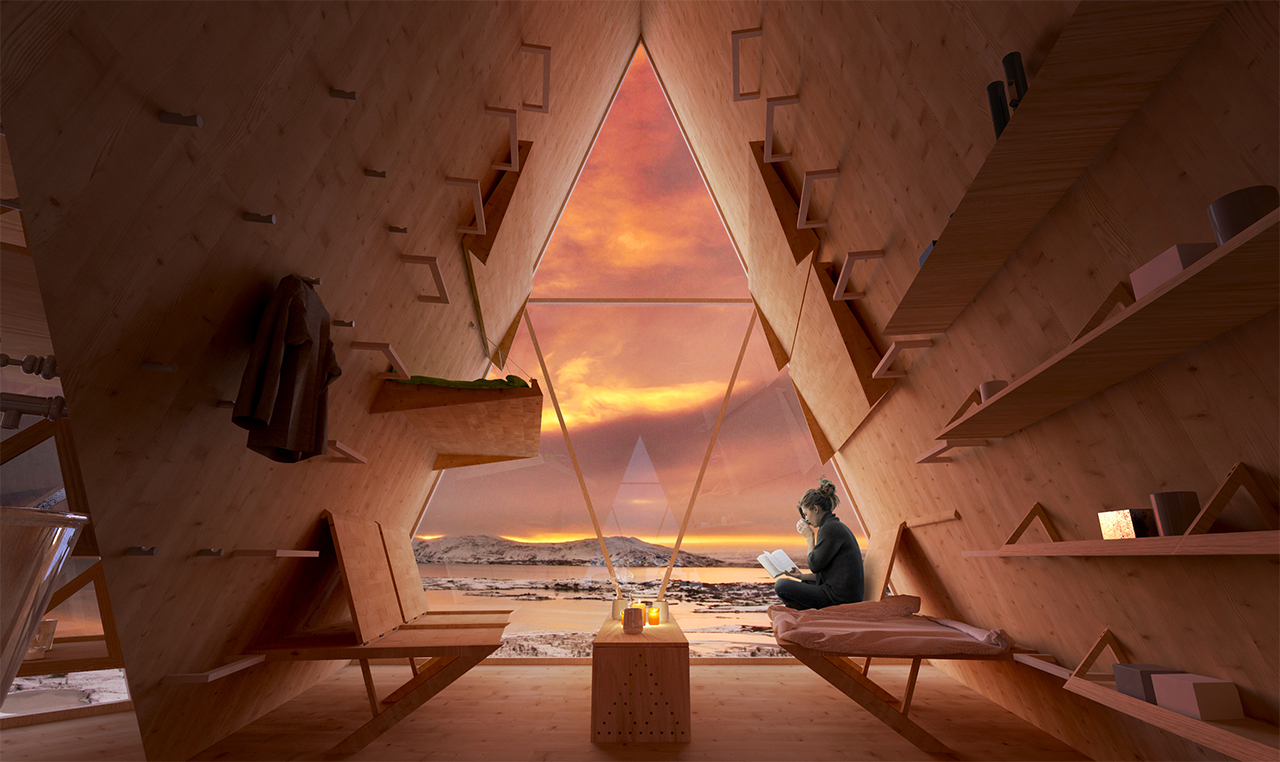
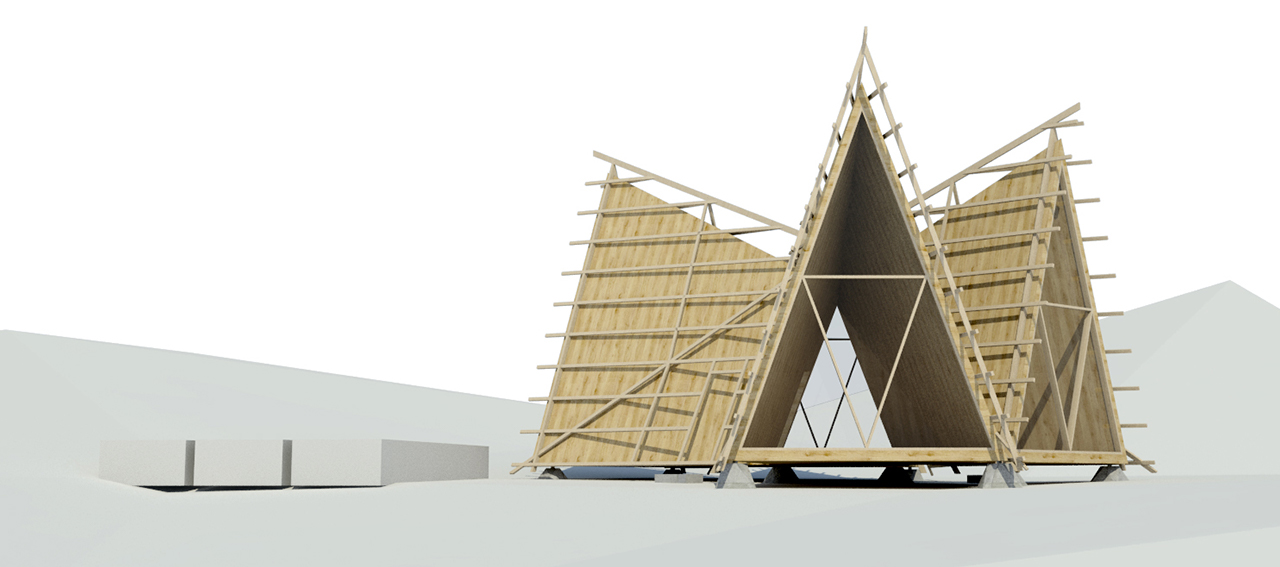
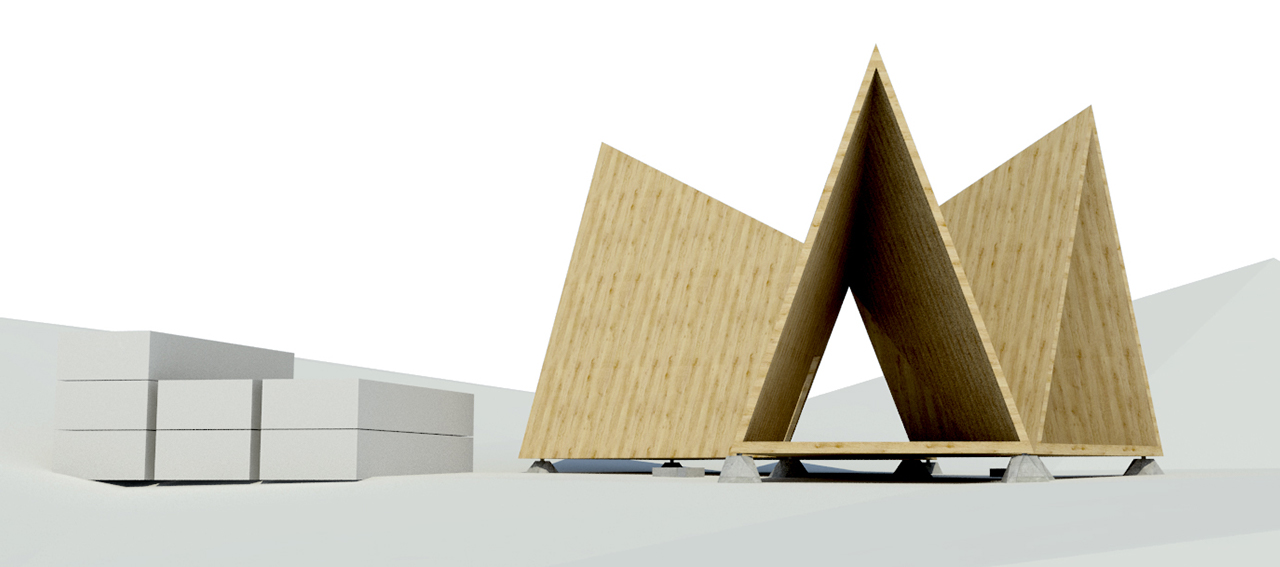
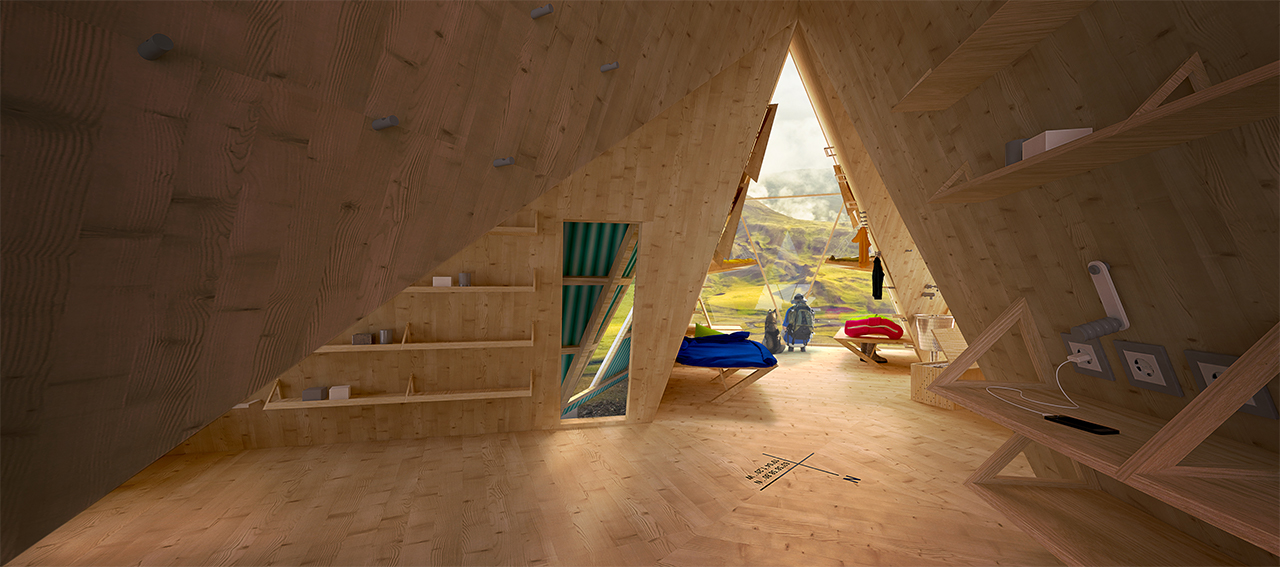
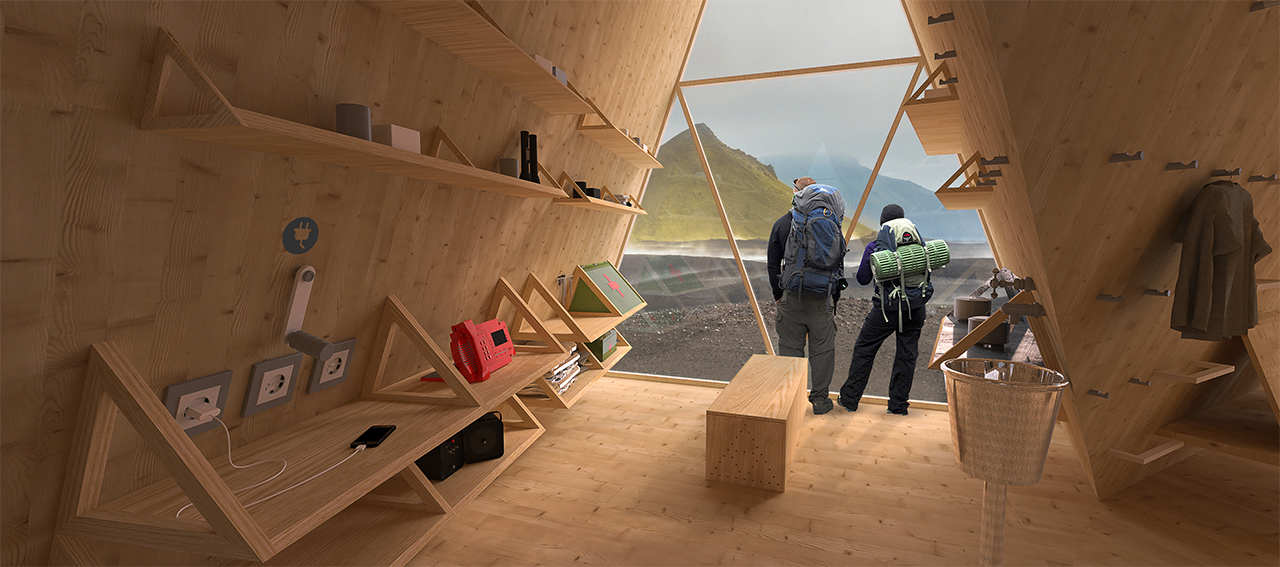
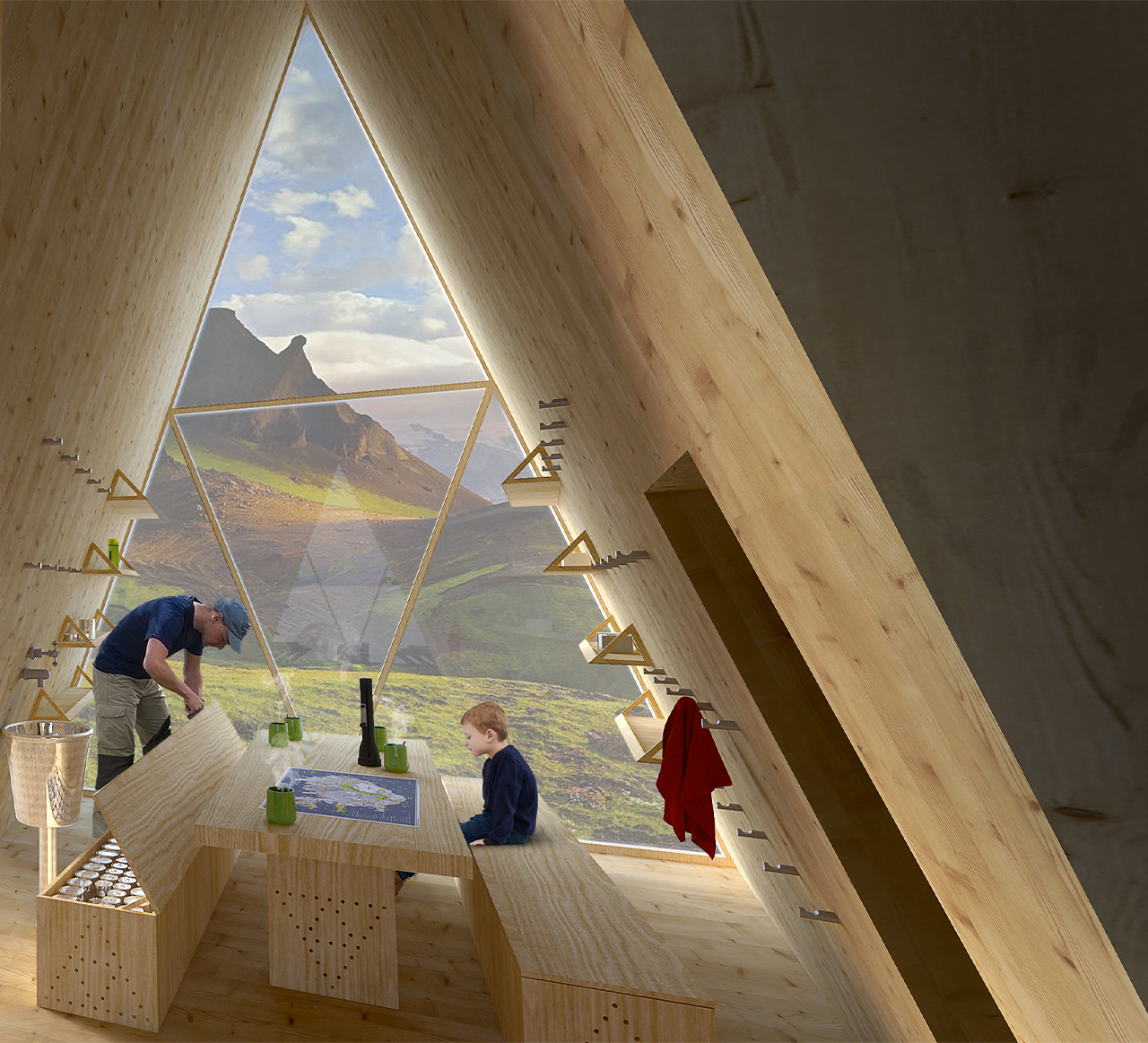
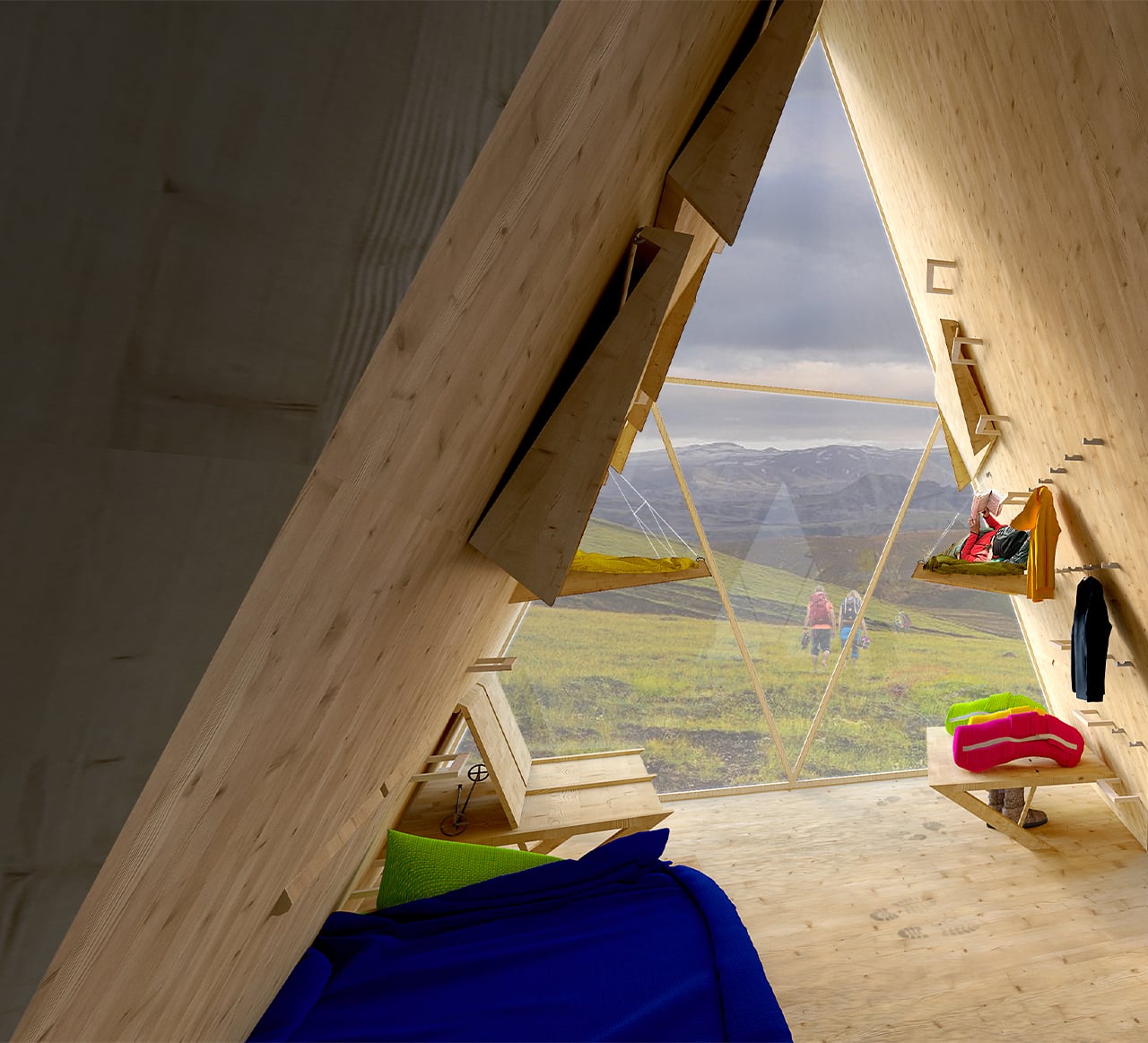
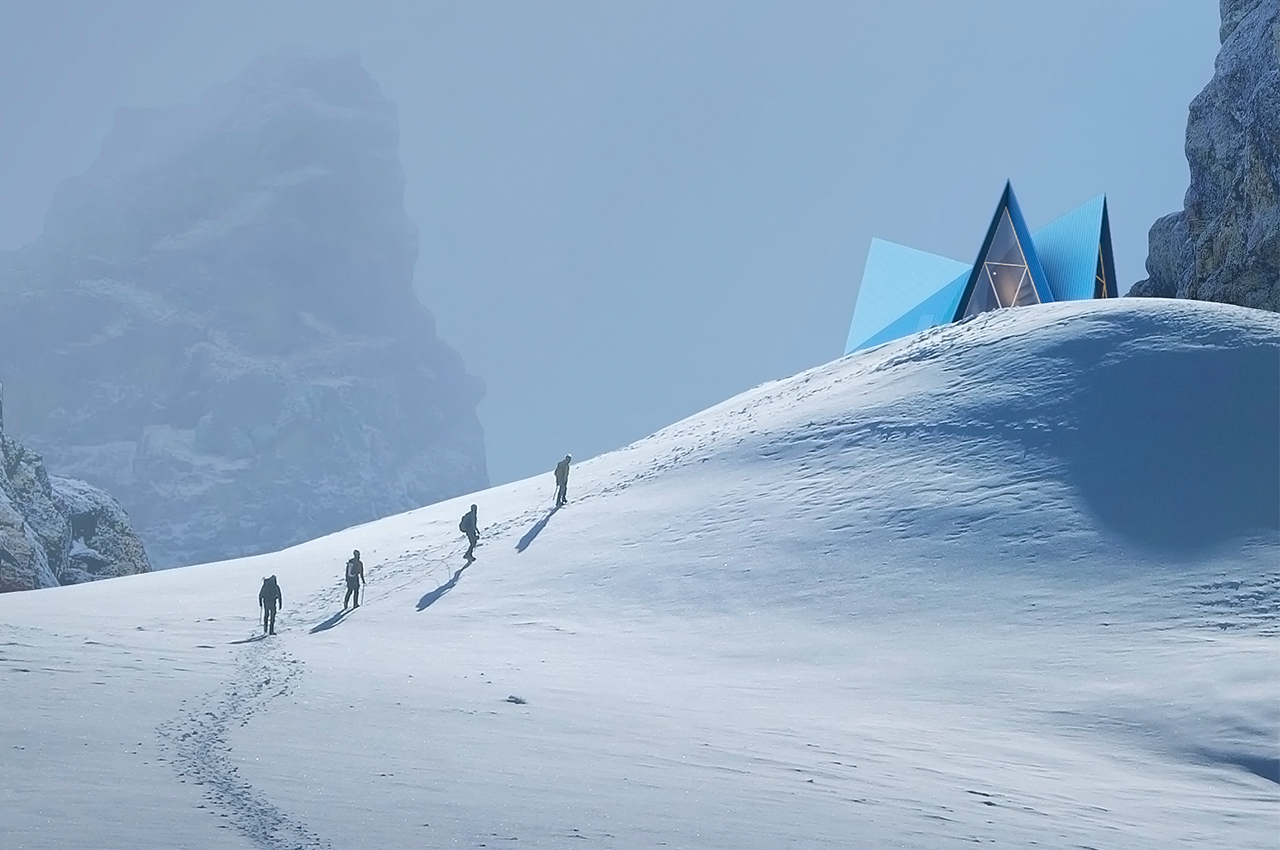
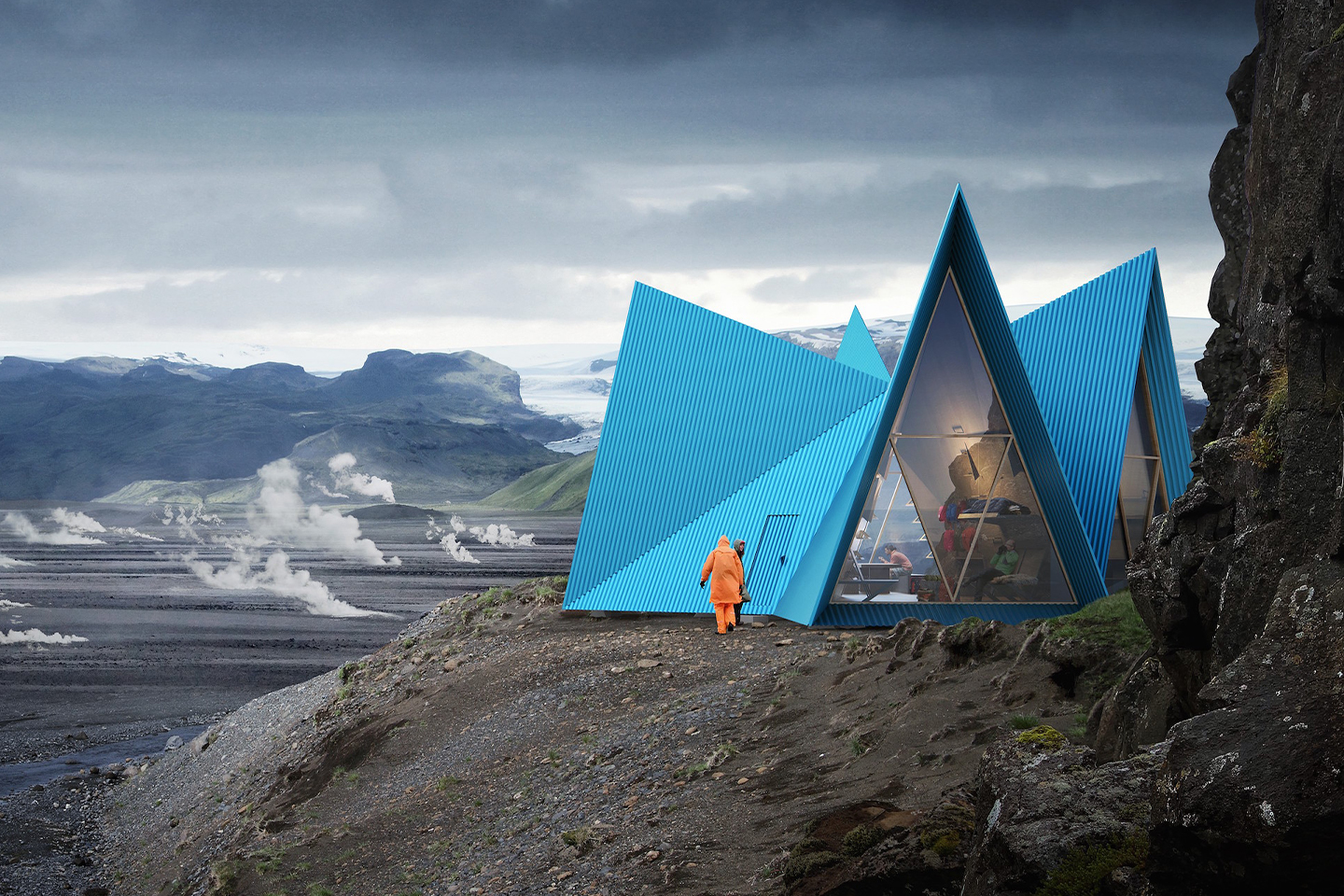
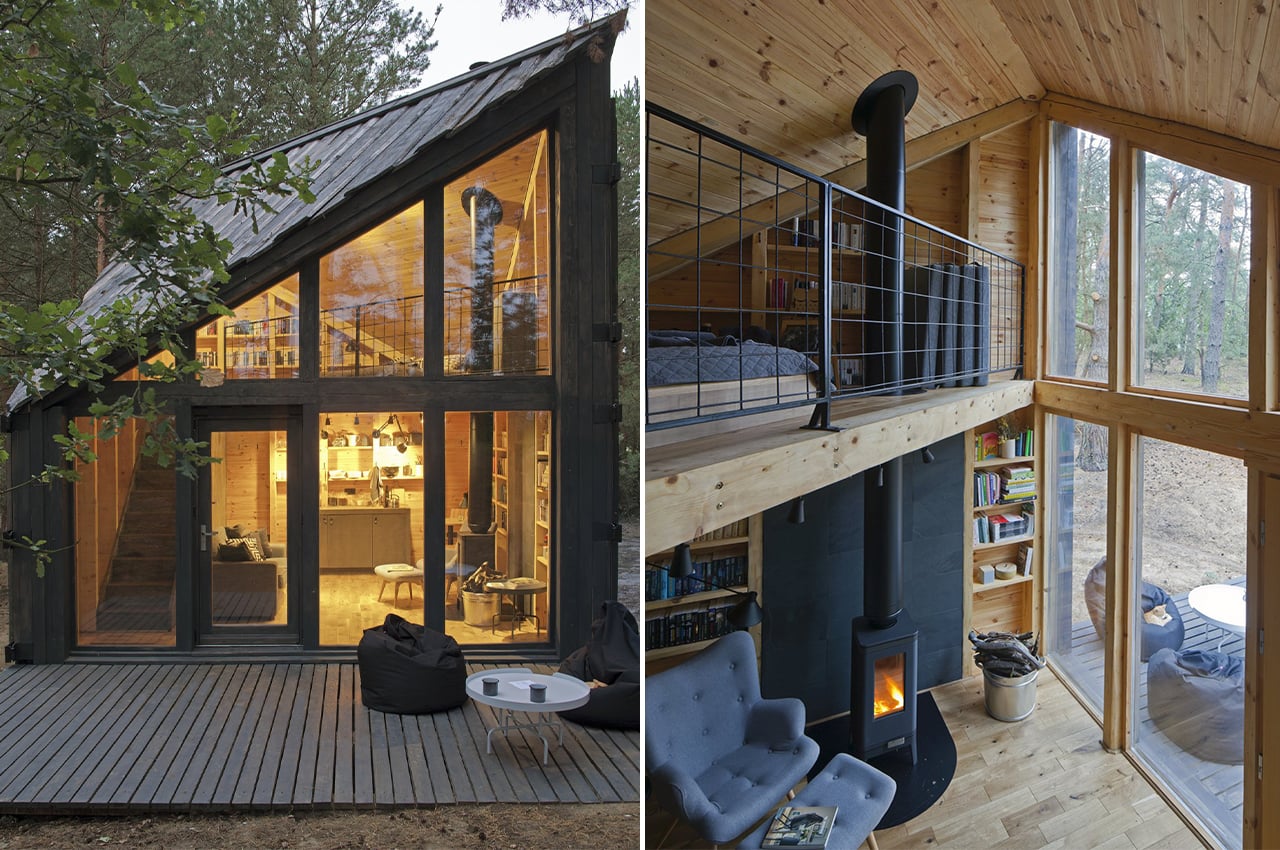
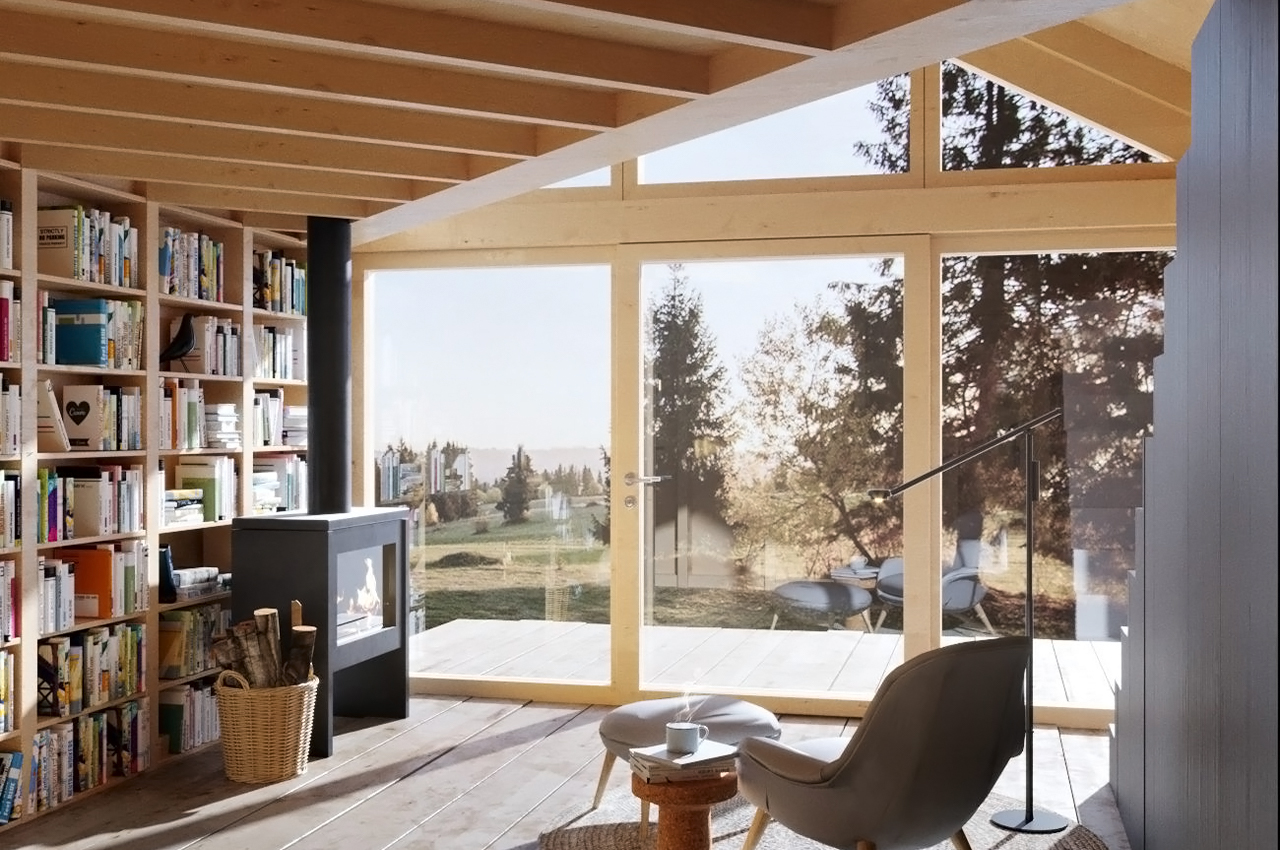
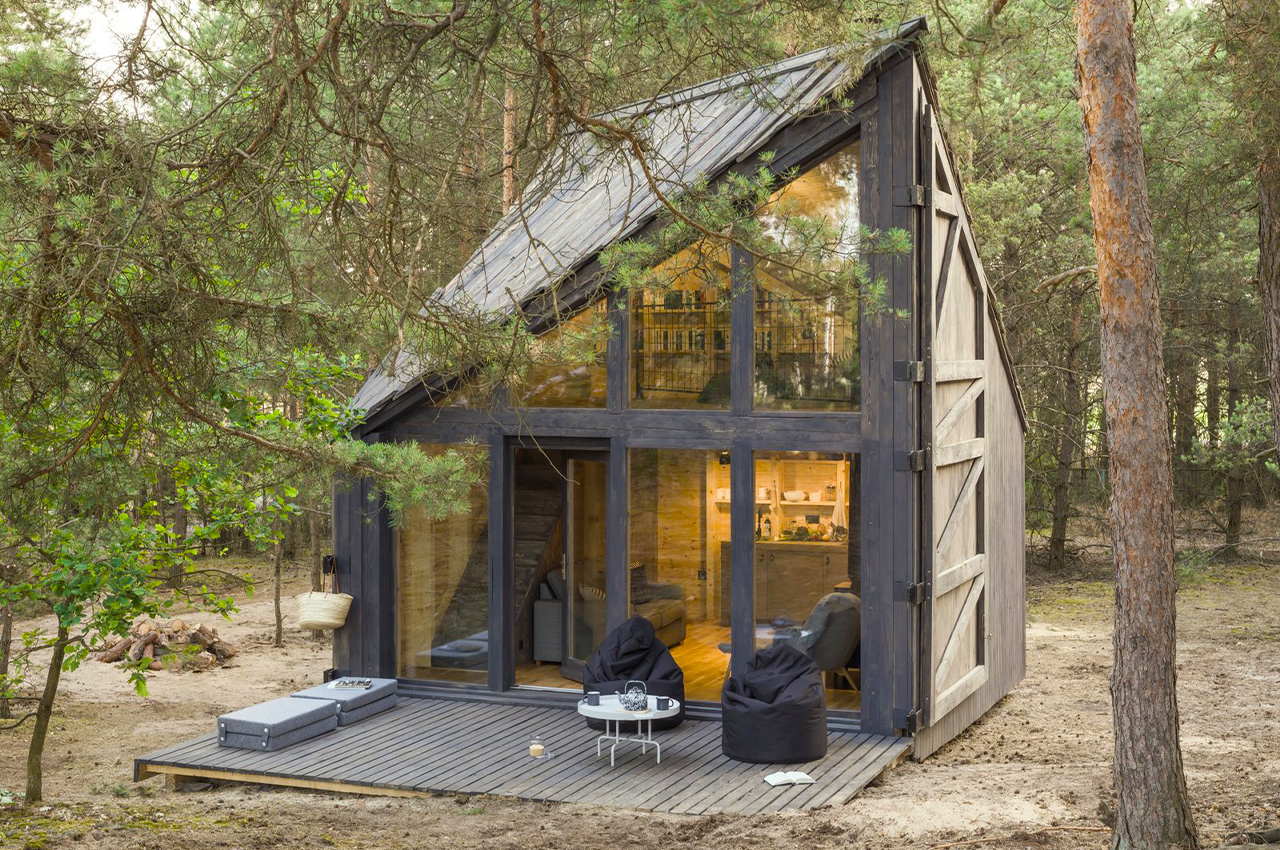
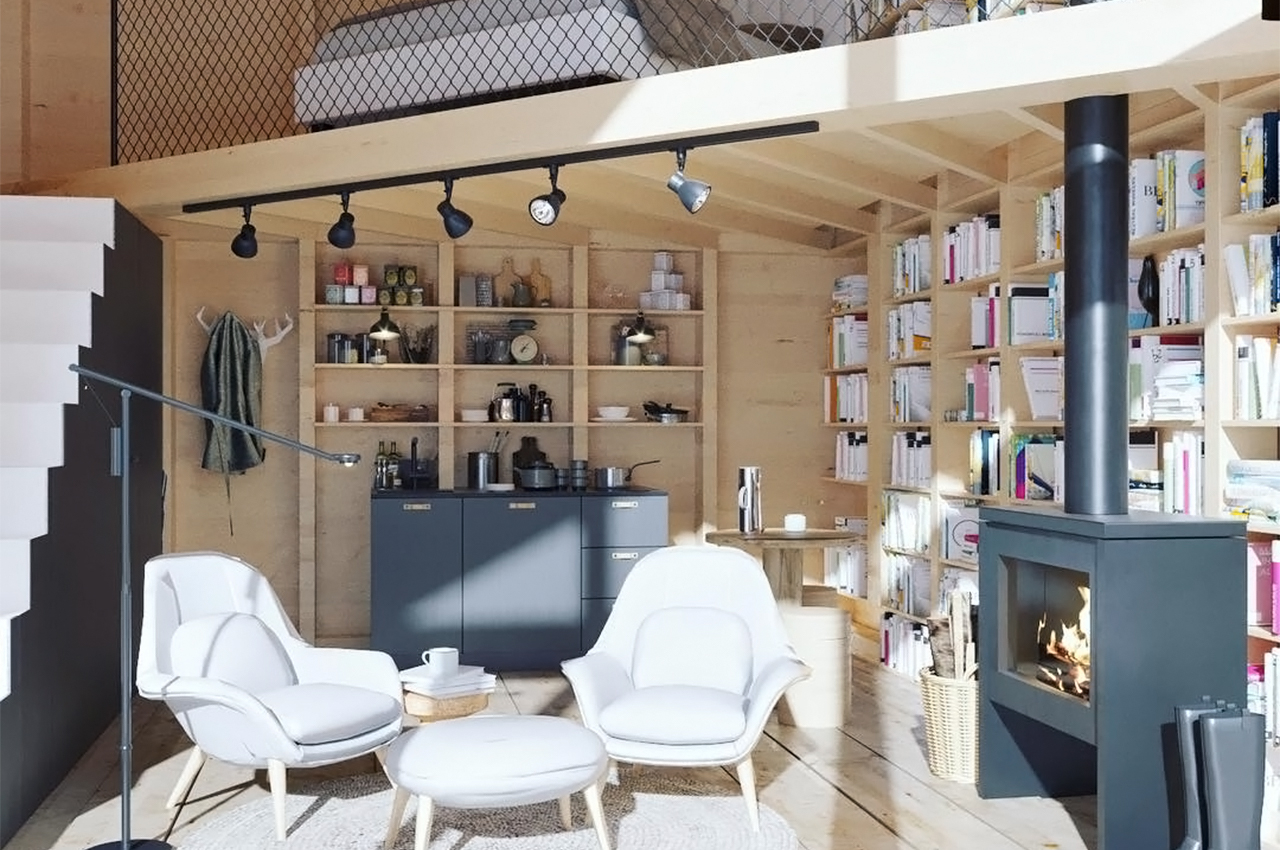
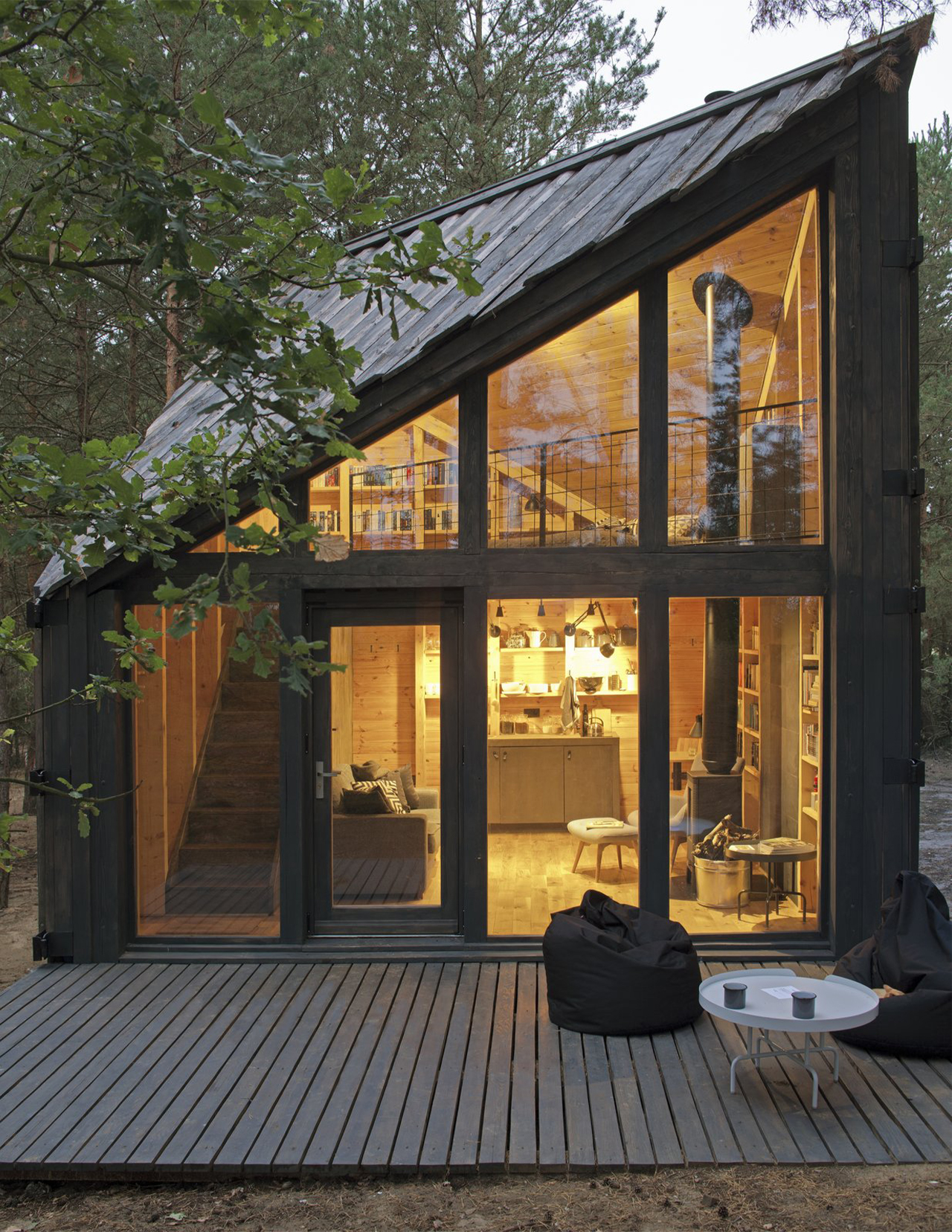
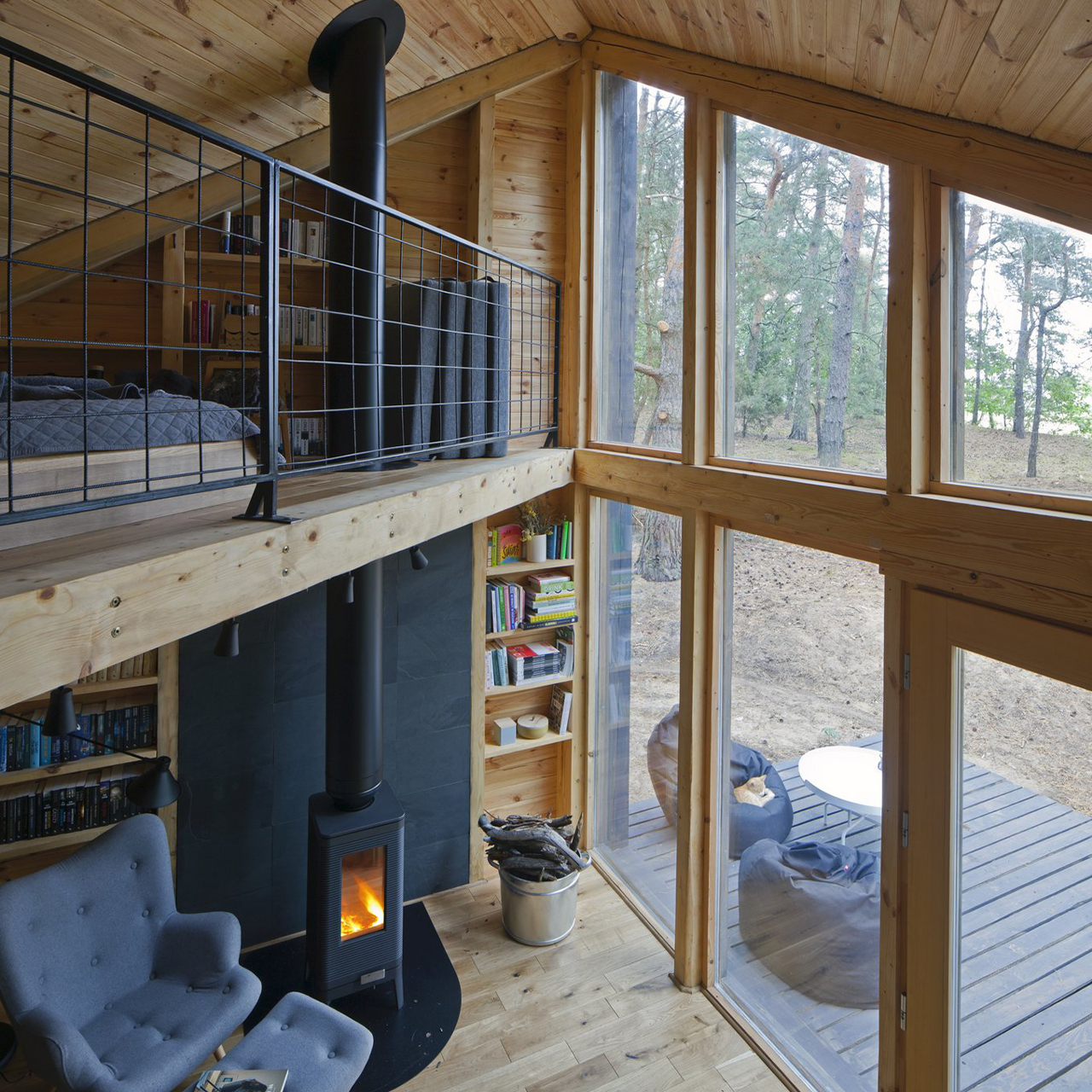
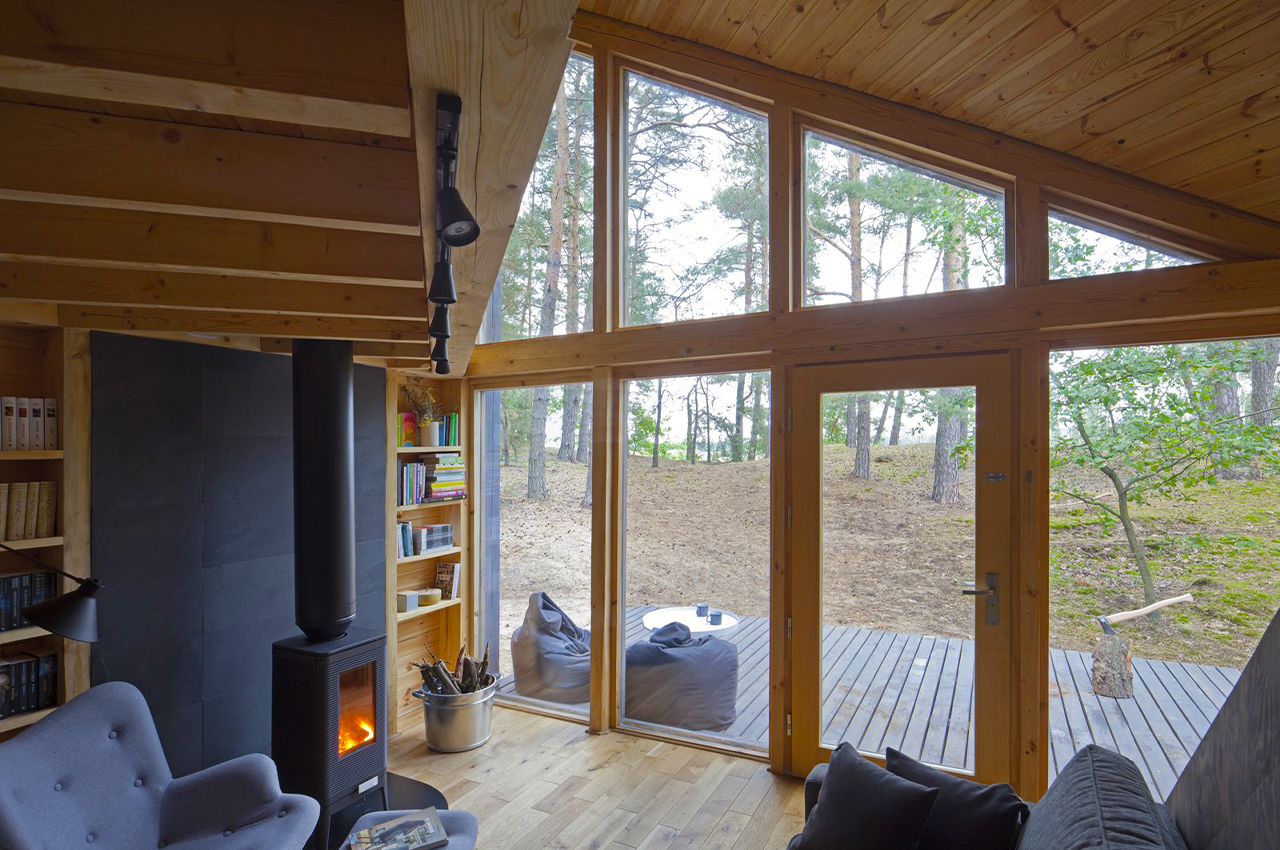
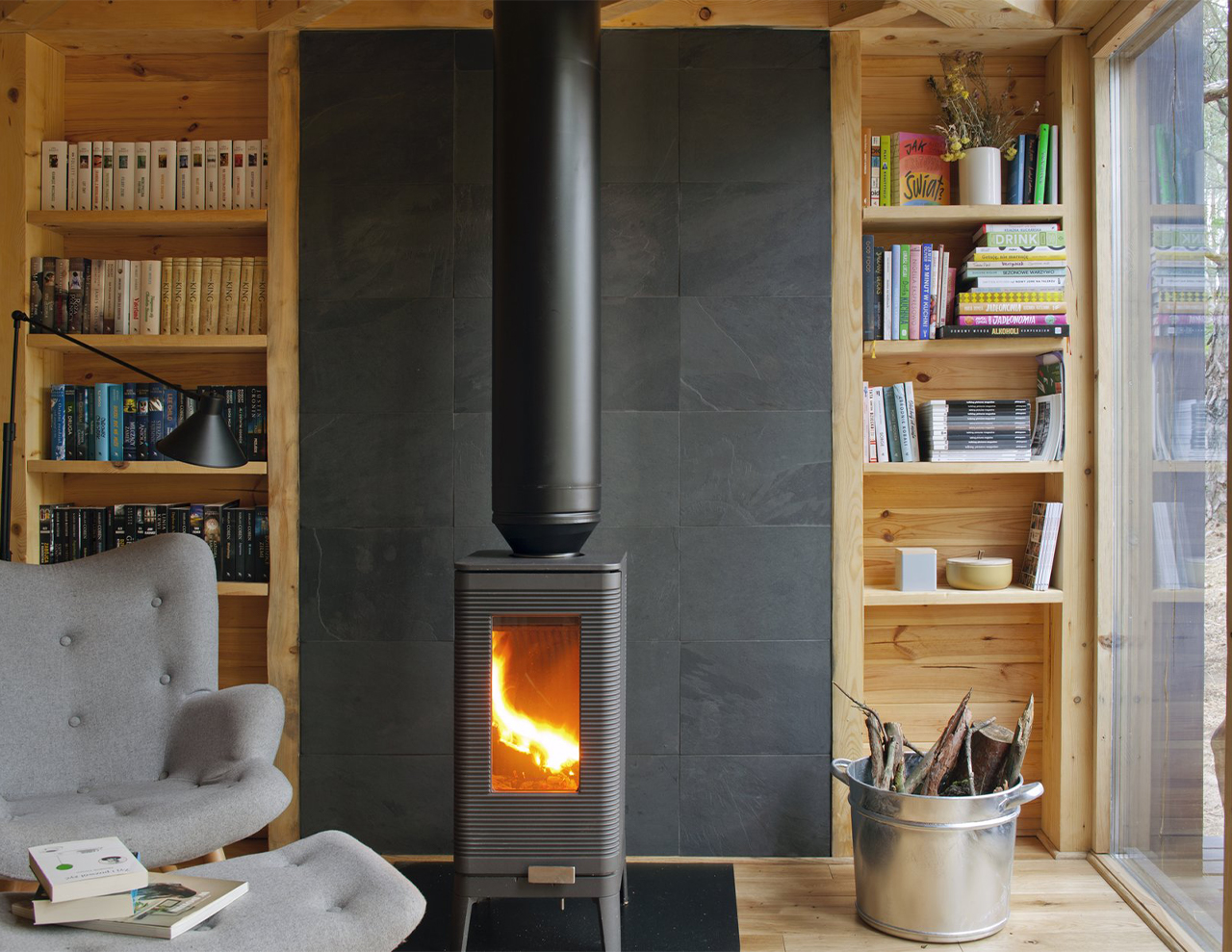
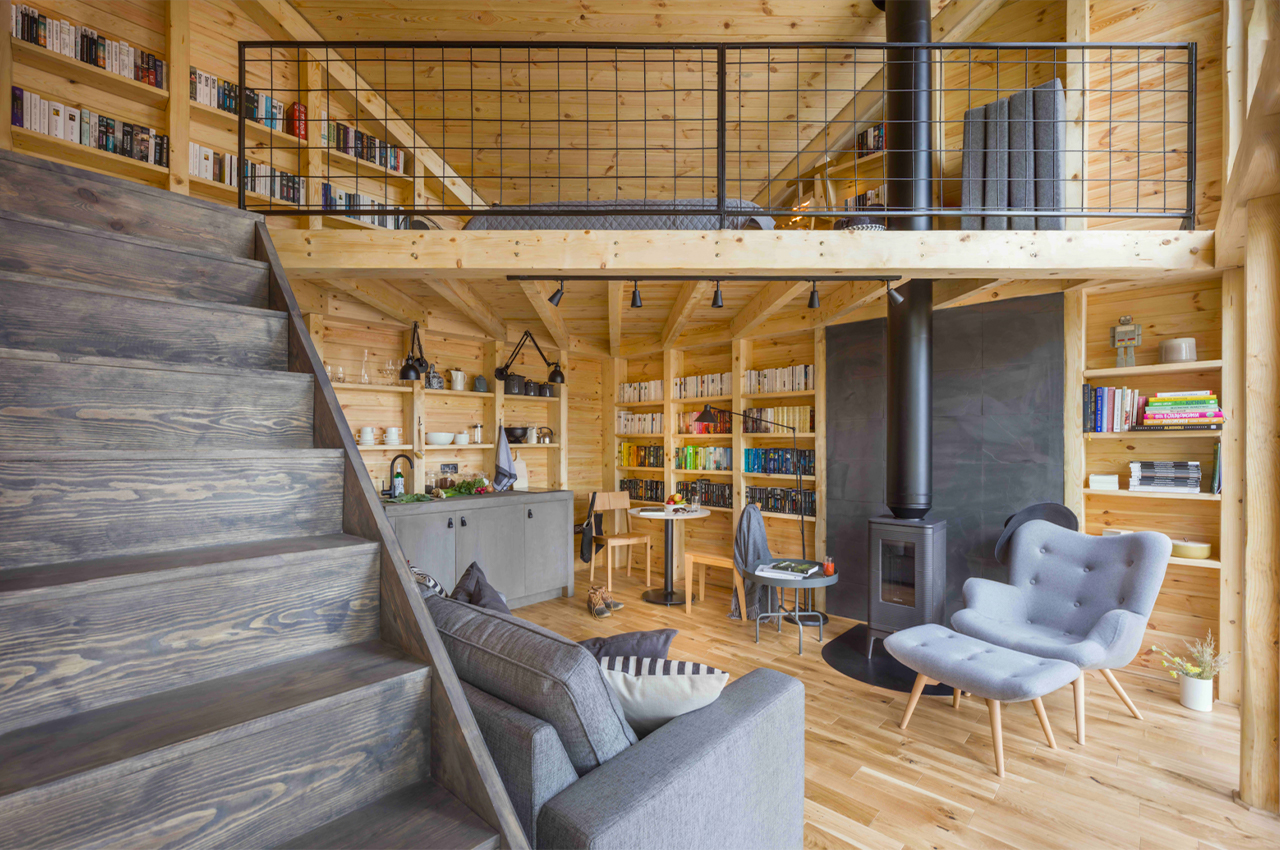

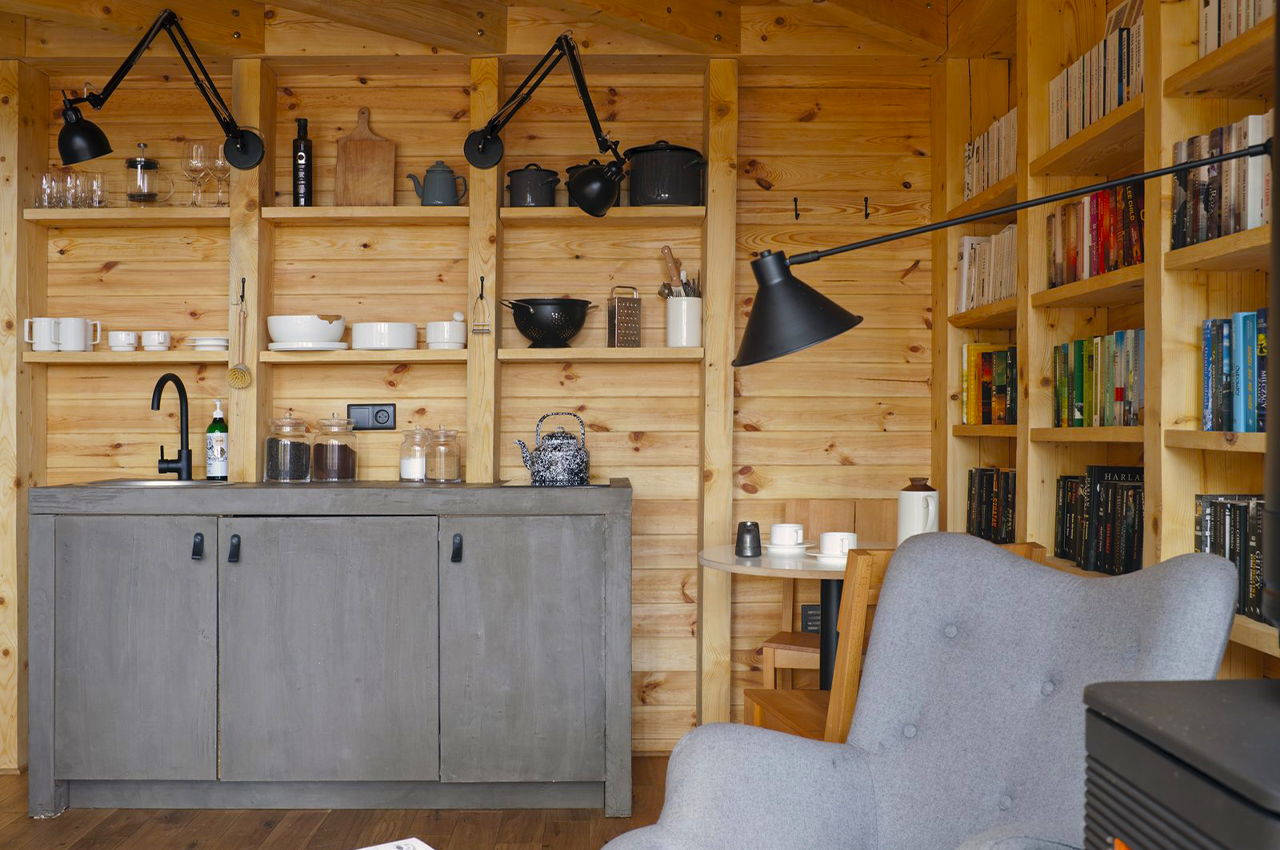
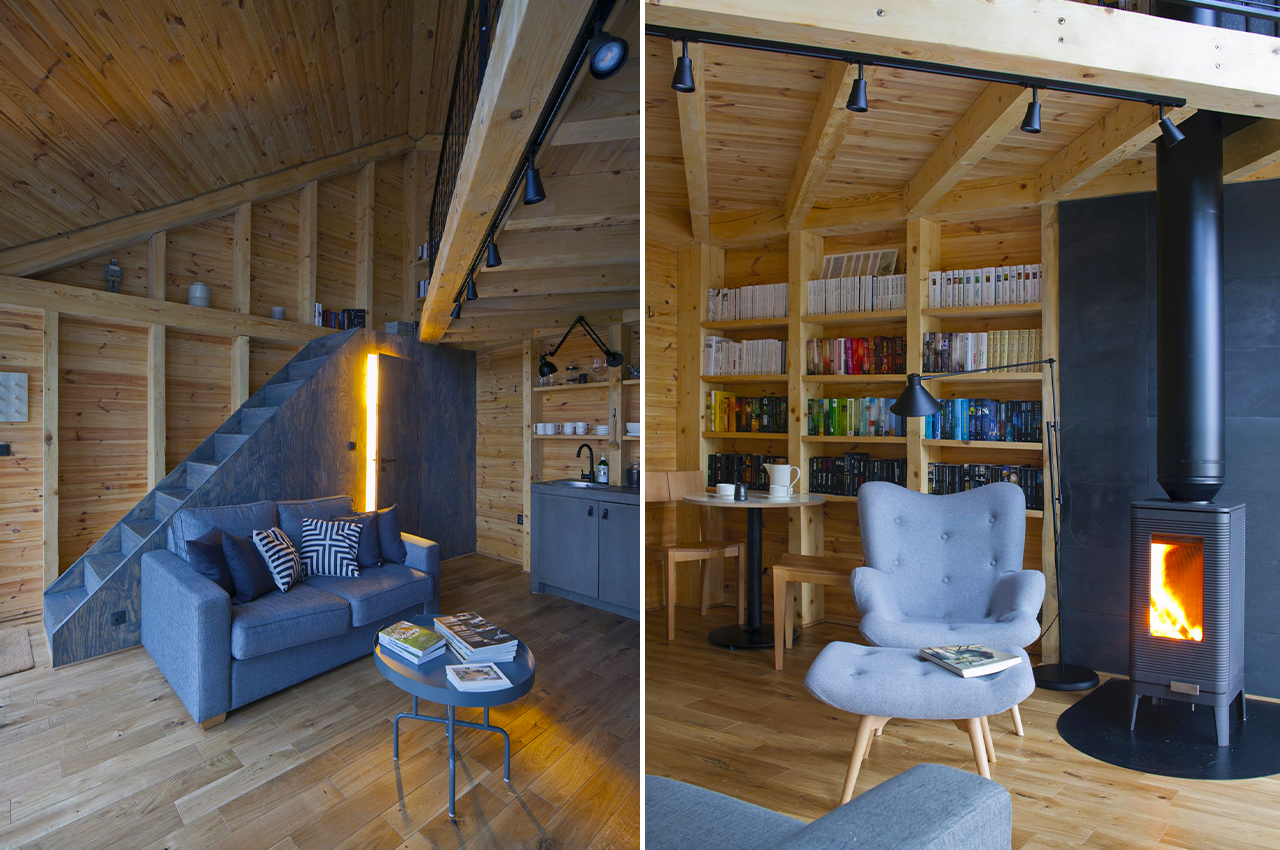
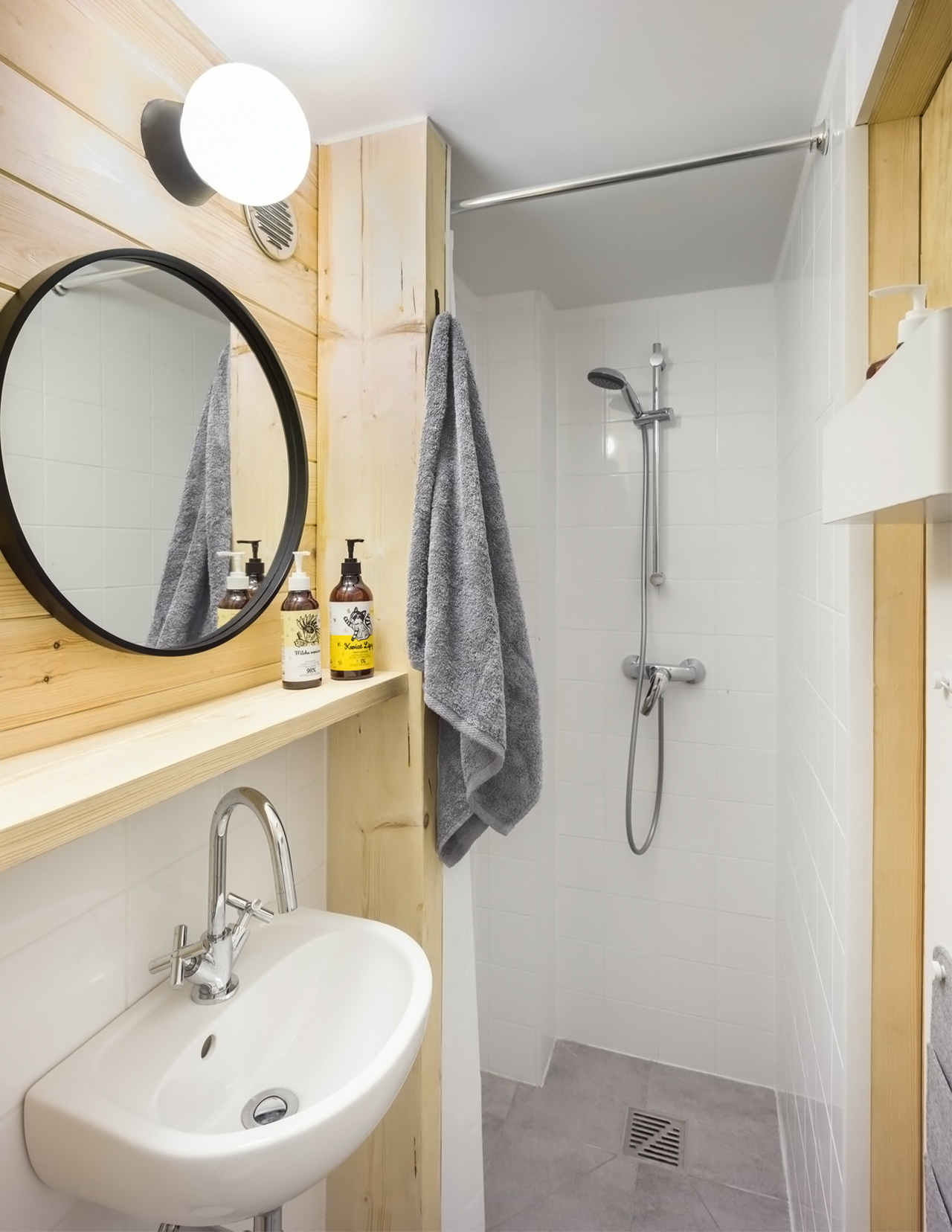
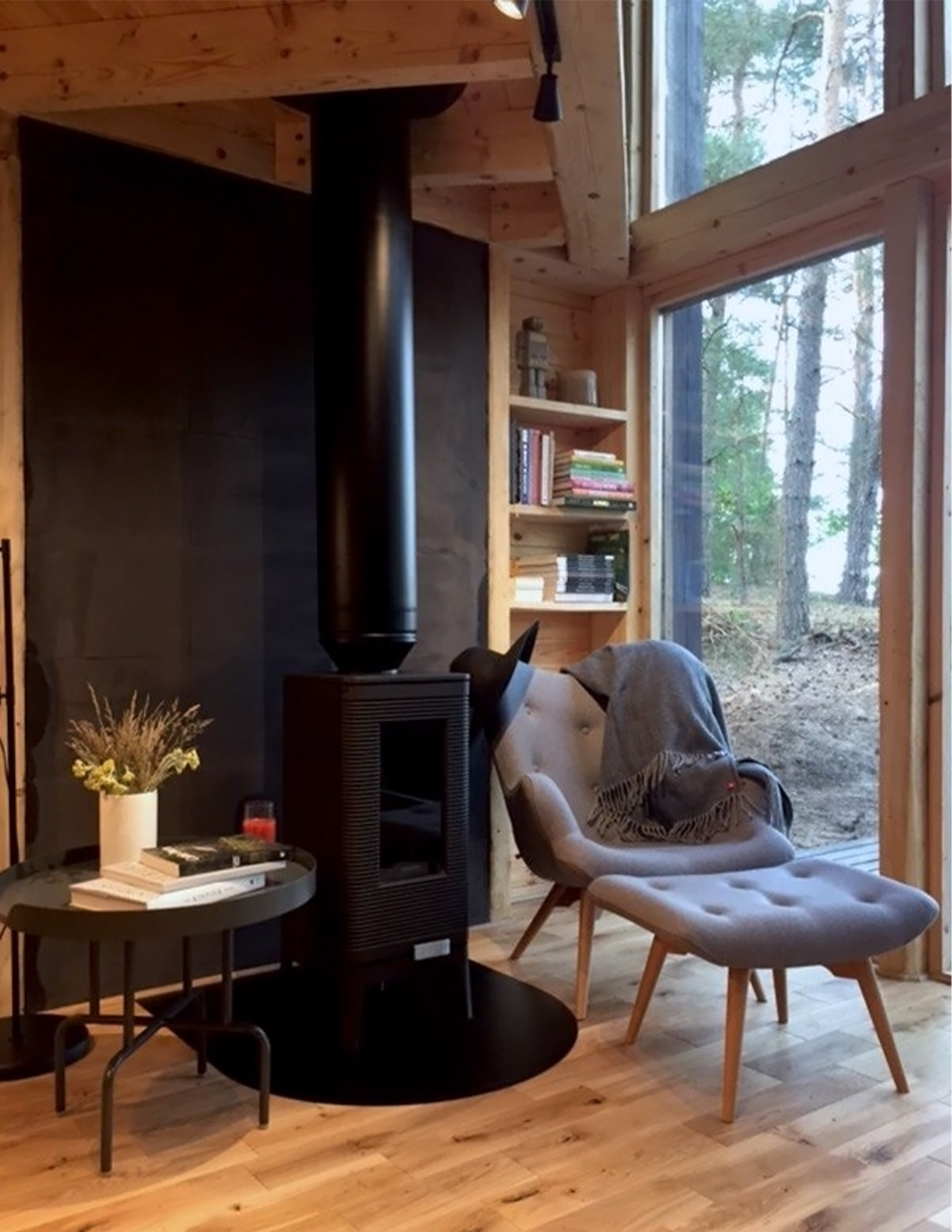
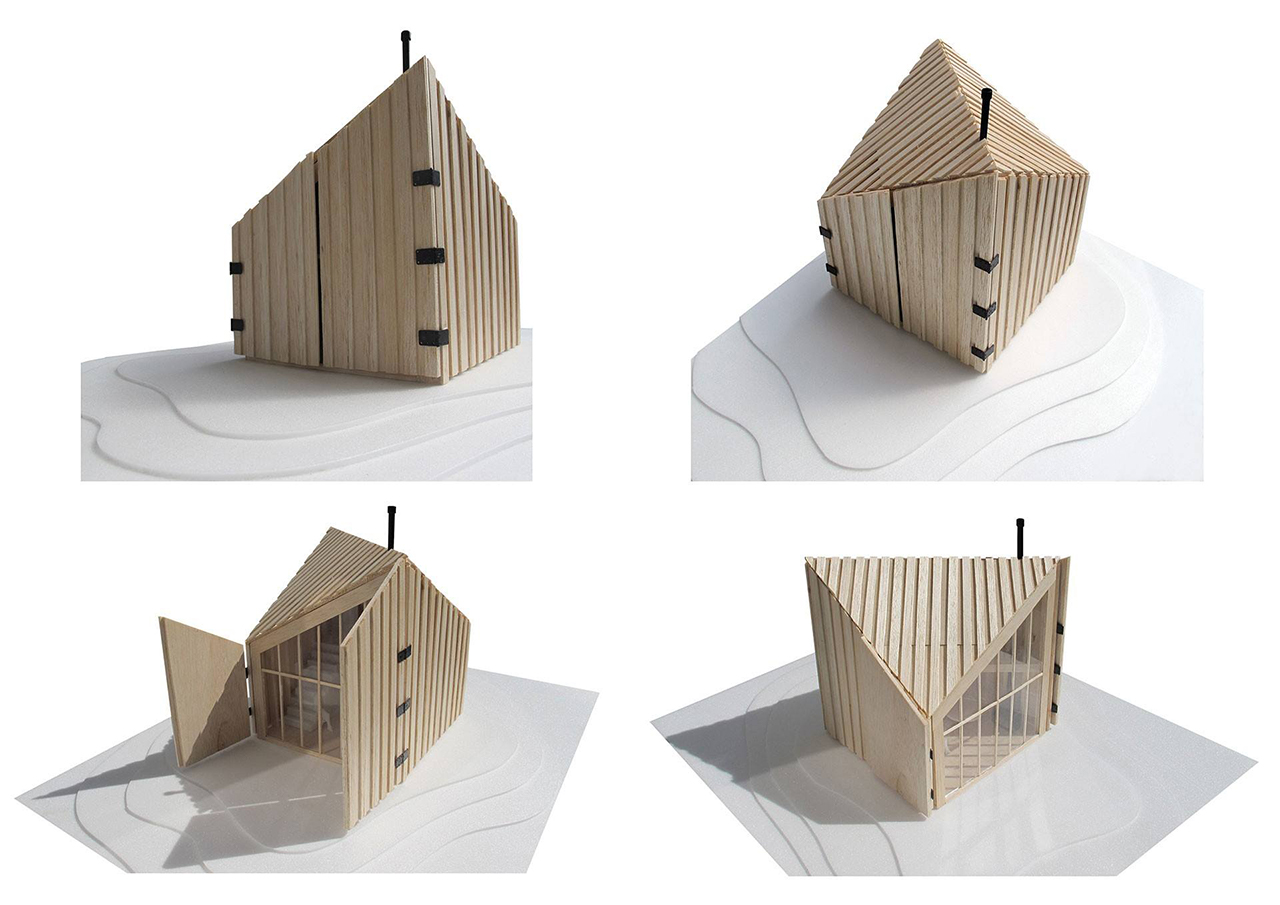
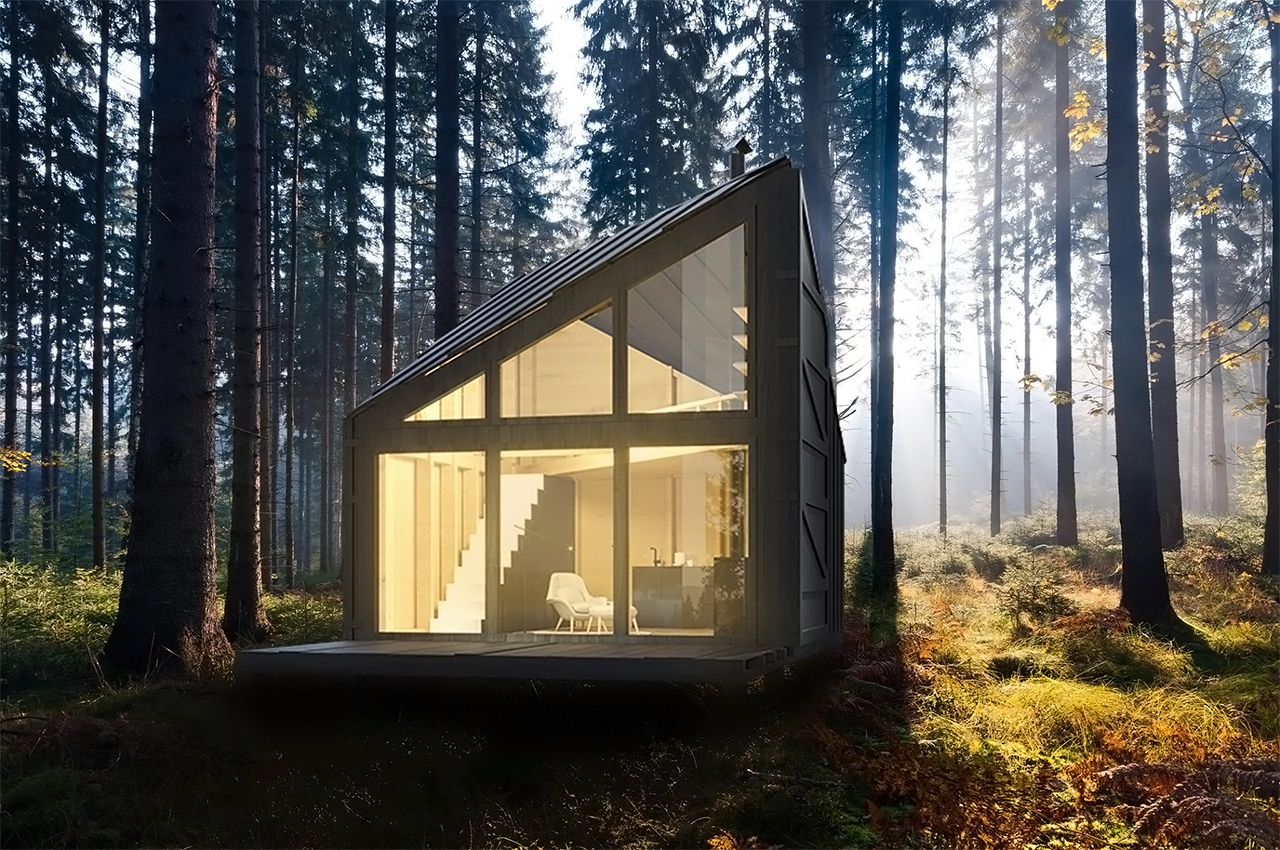
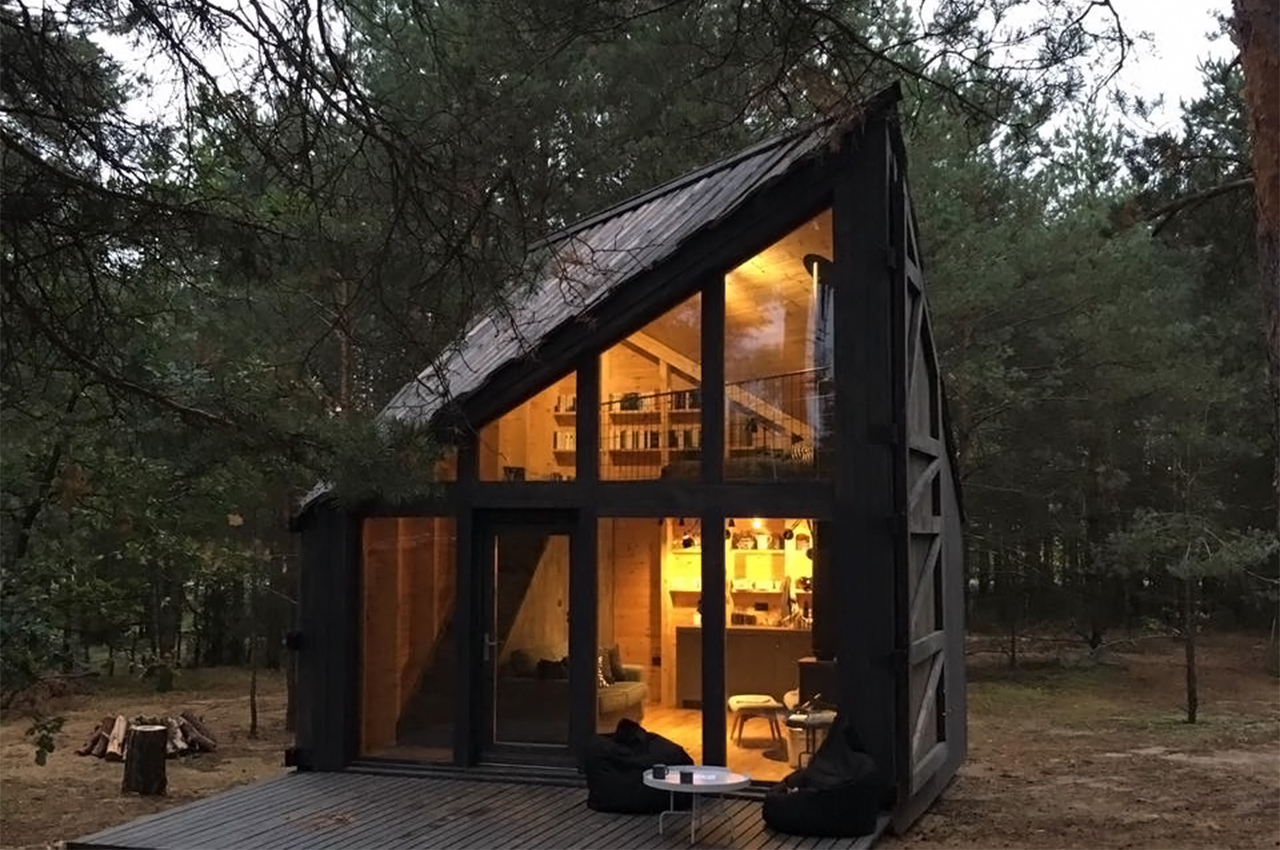
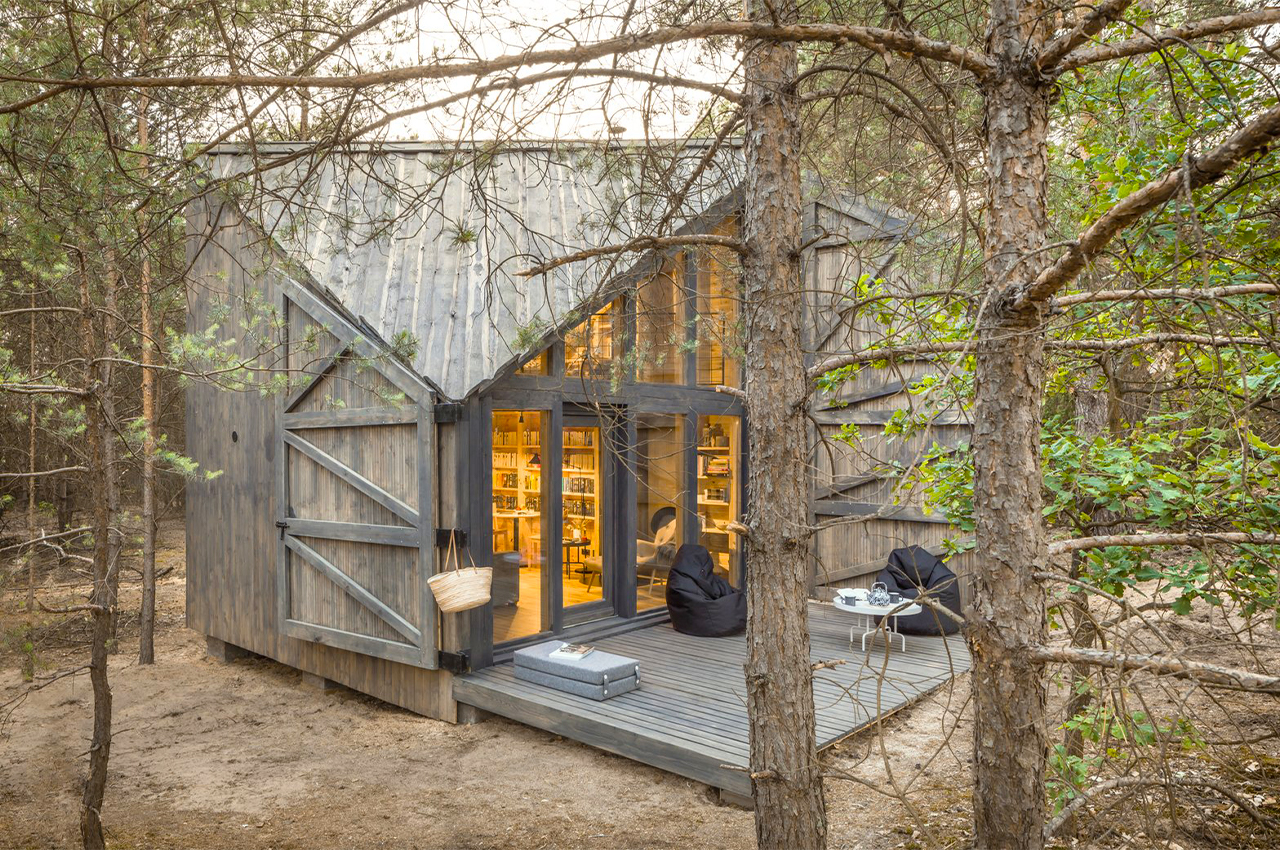
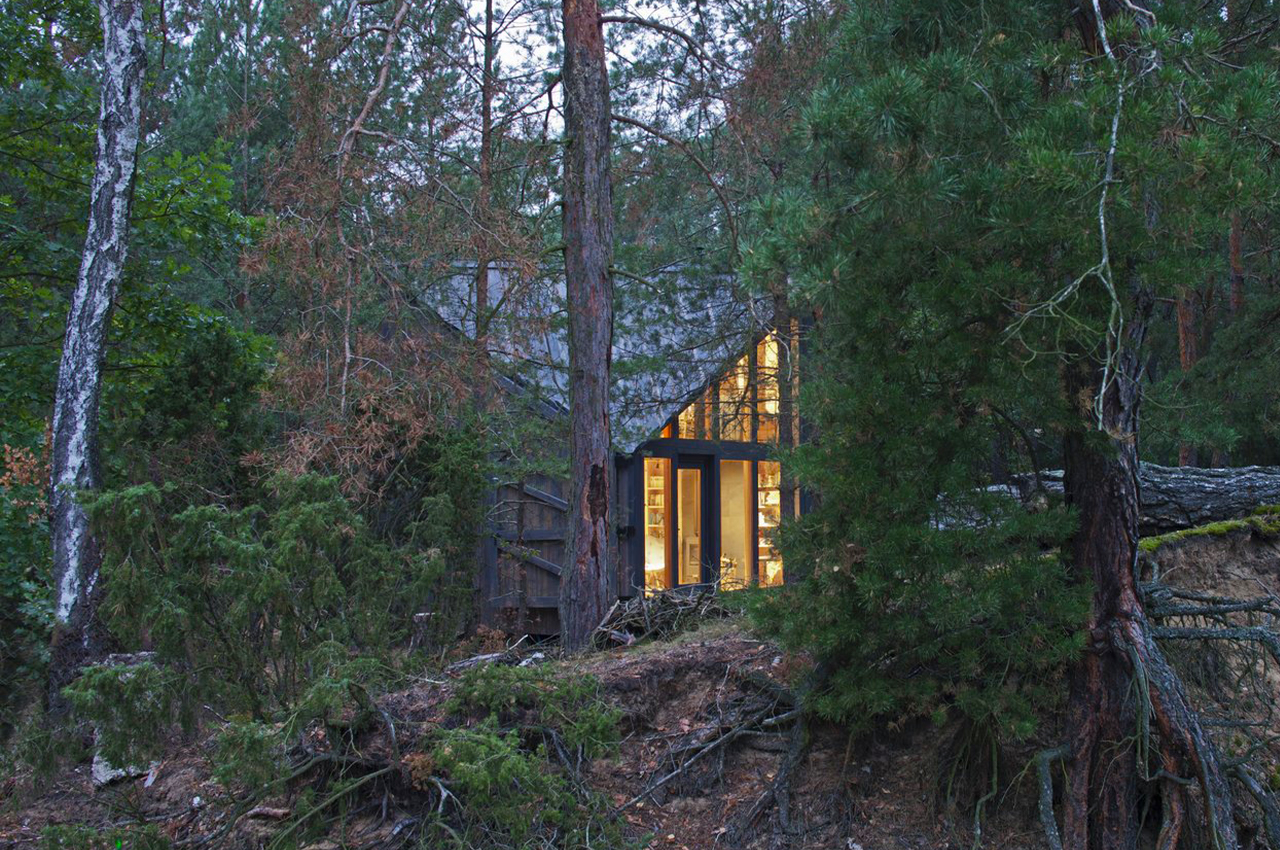
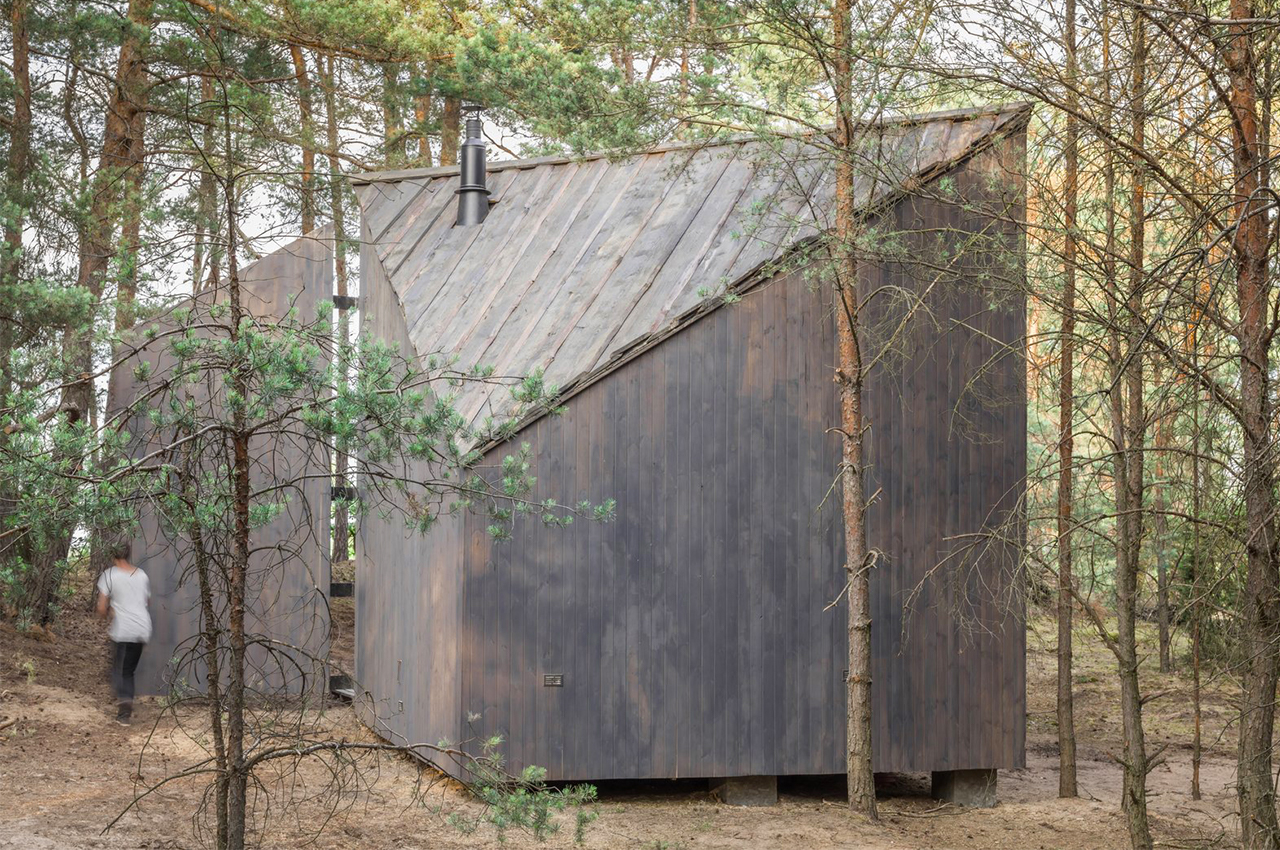
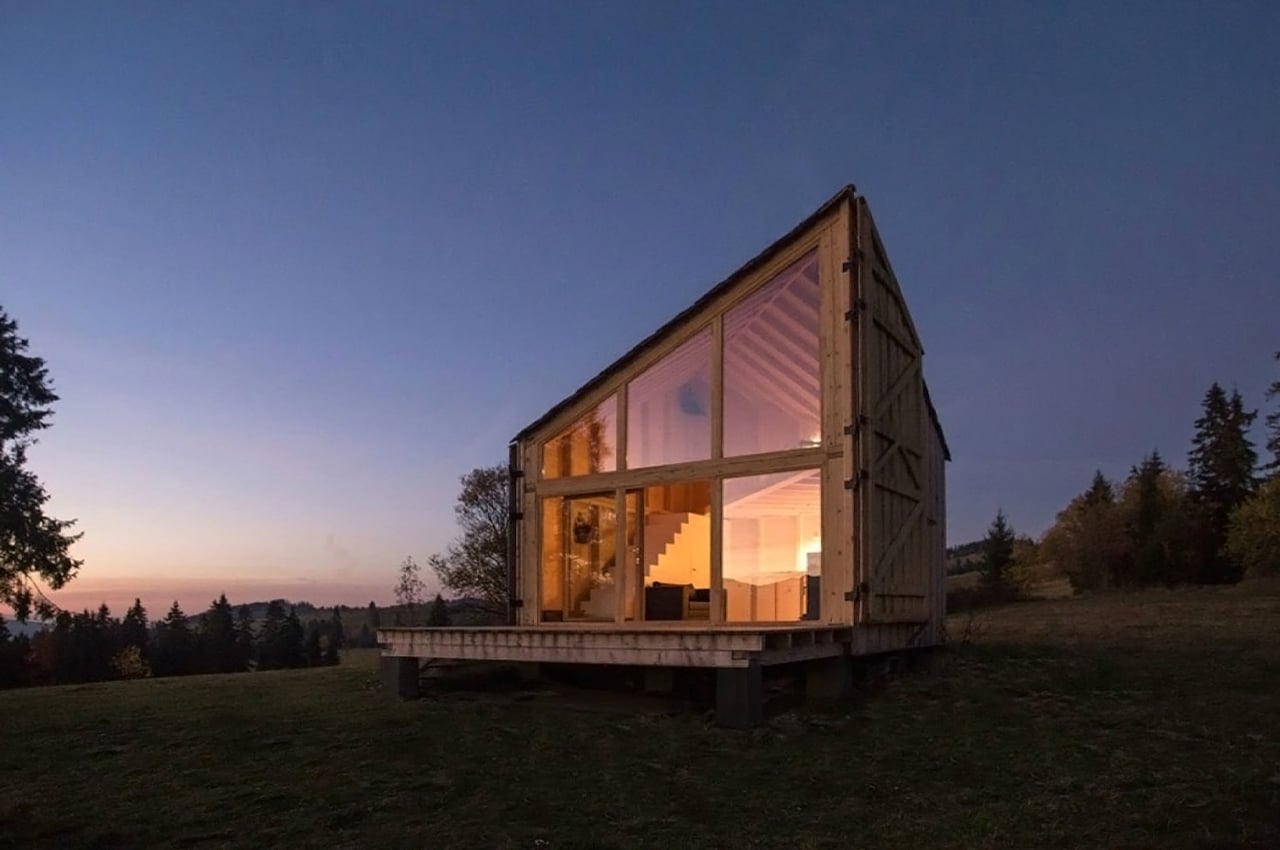
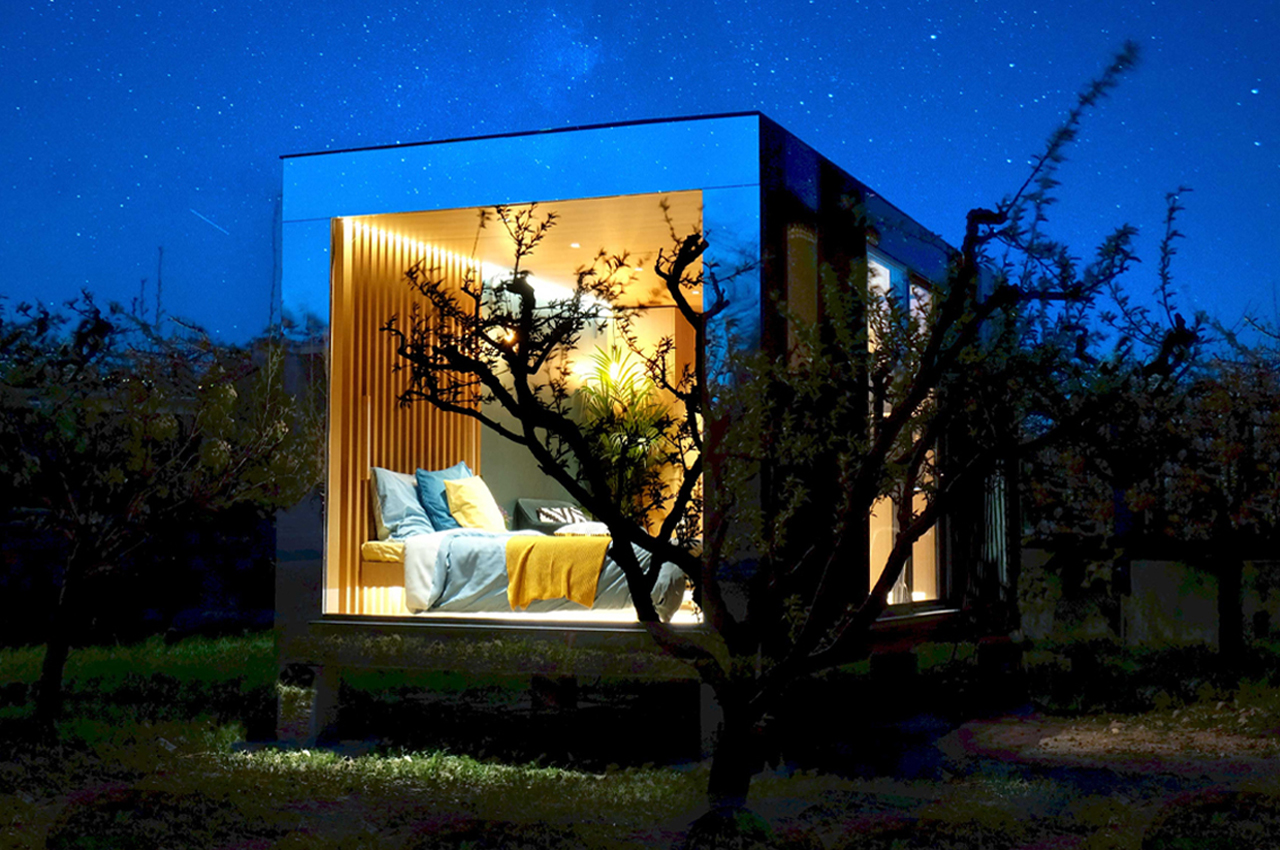
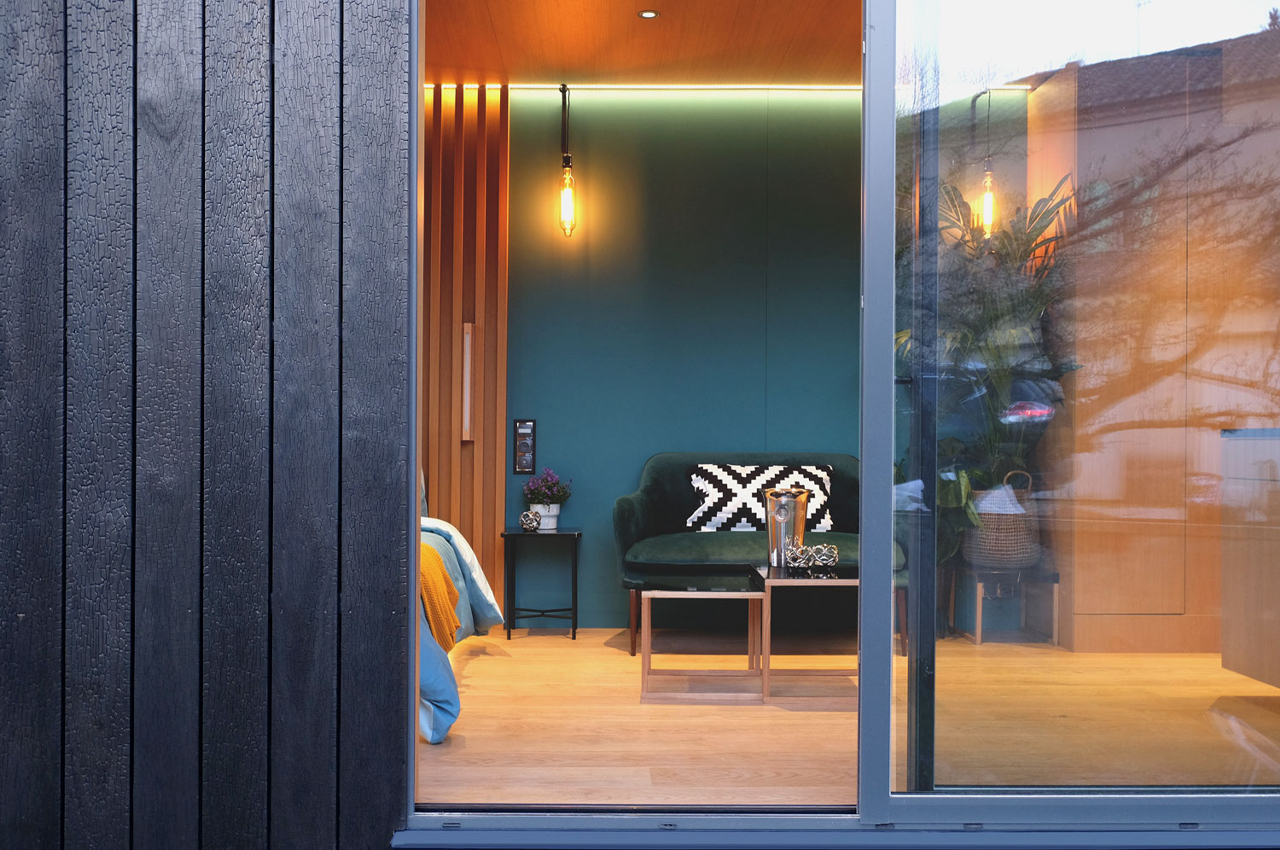
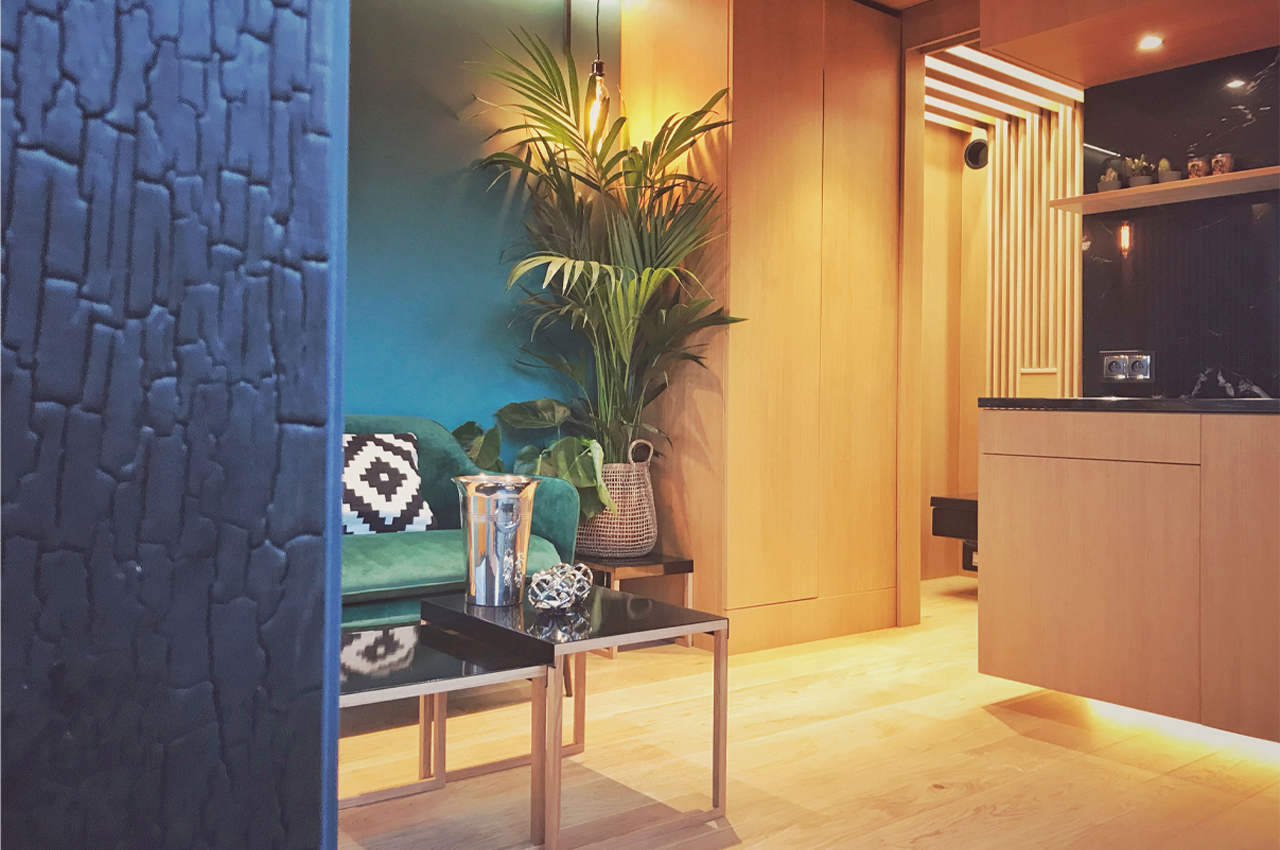

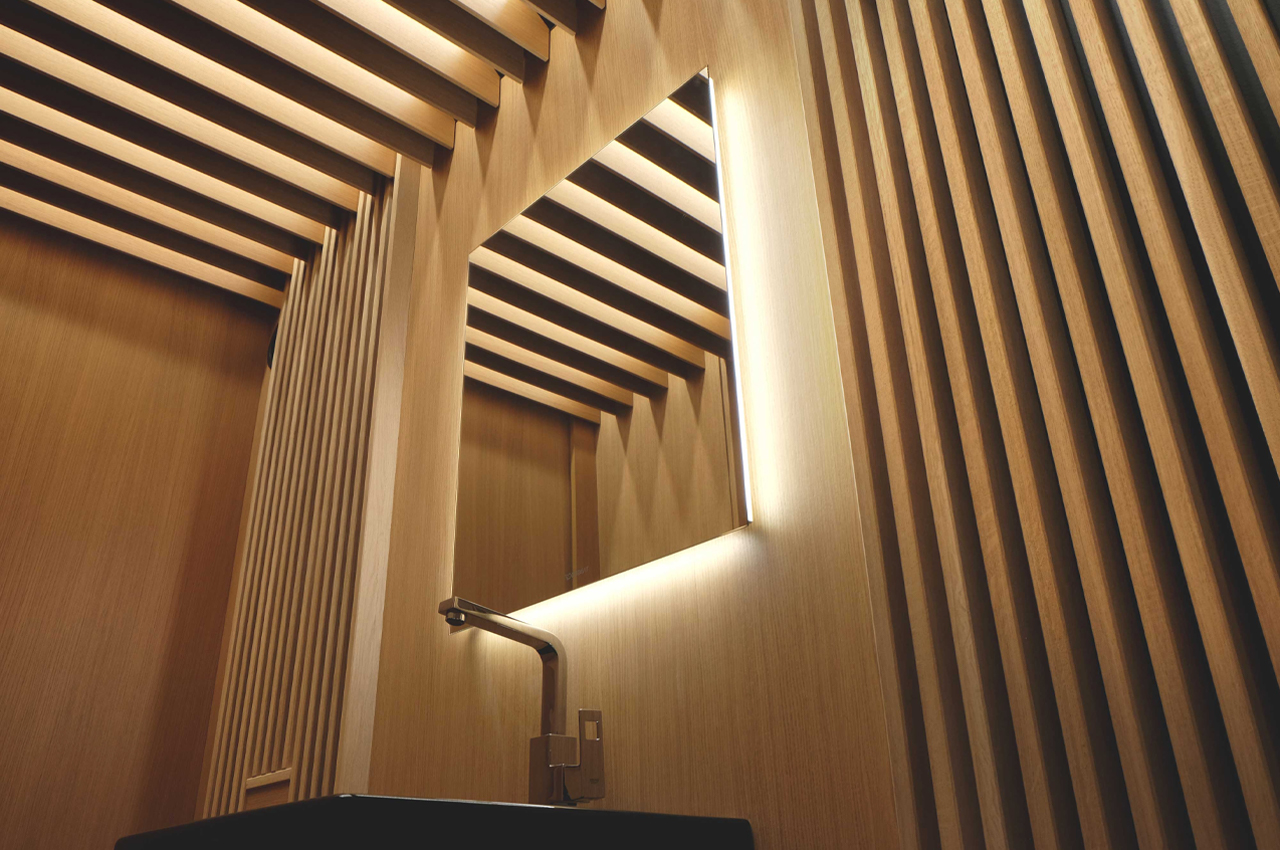
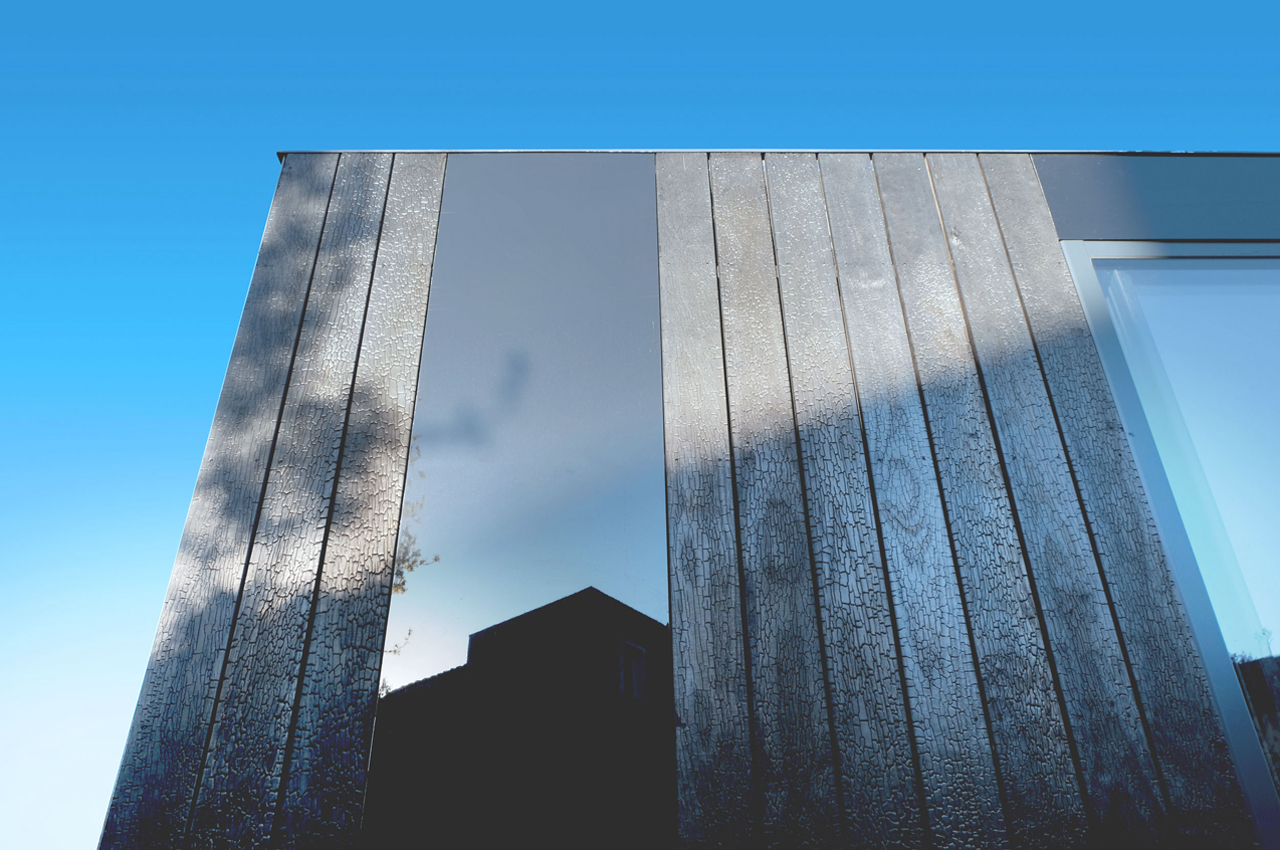 The different cladding finishes can be chosen from Douglas fir, red cedar, or Japanese burnt wood.
The different cladding finishes can be chosen from Douglas fir, red cedar, or Japanese burnt wood.